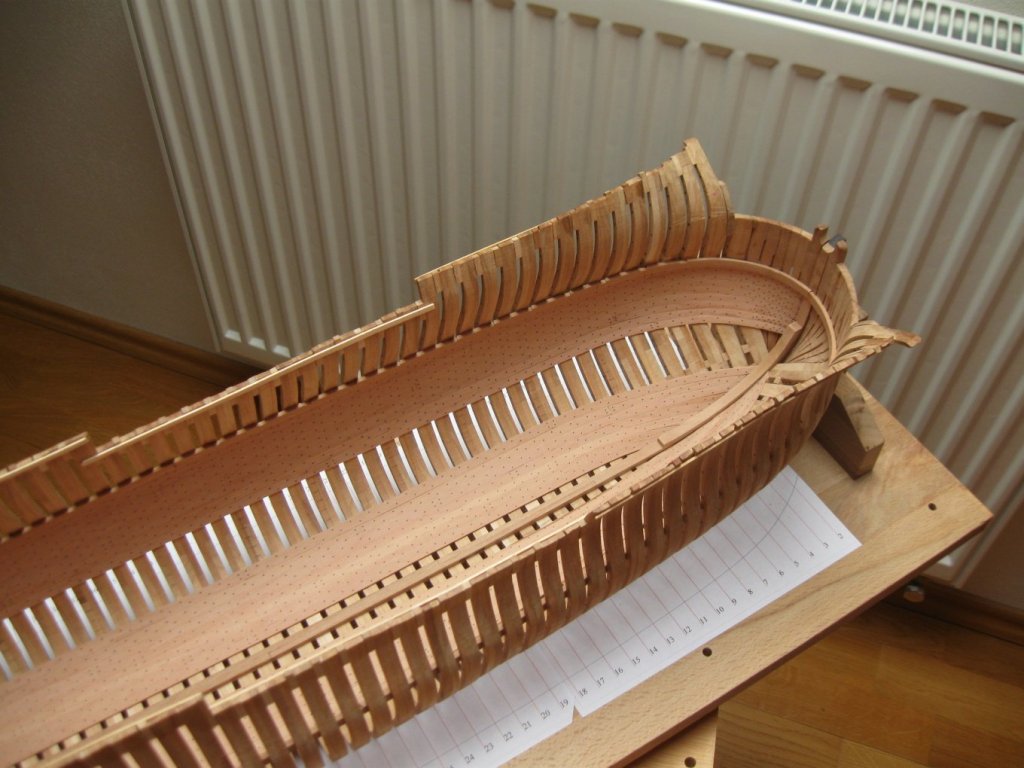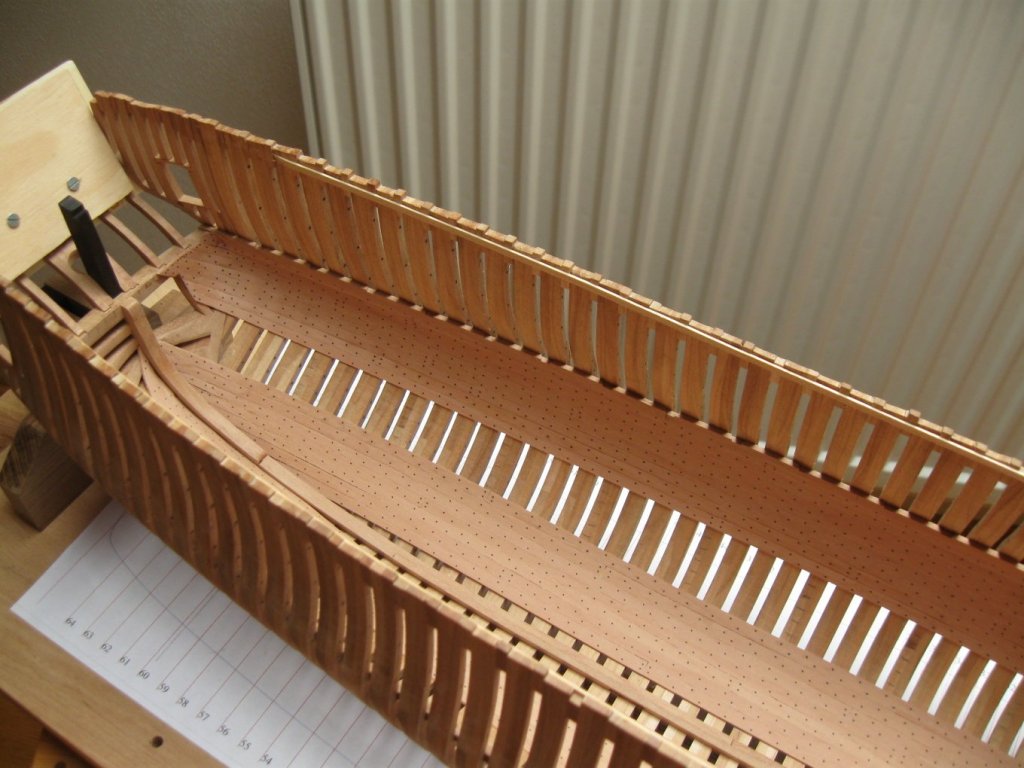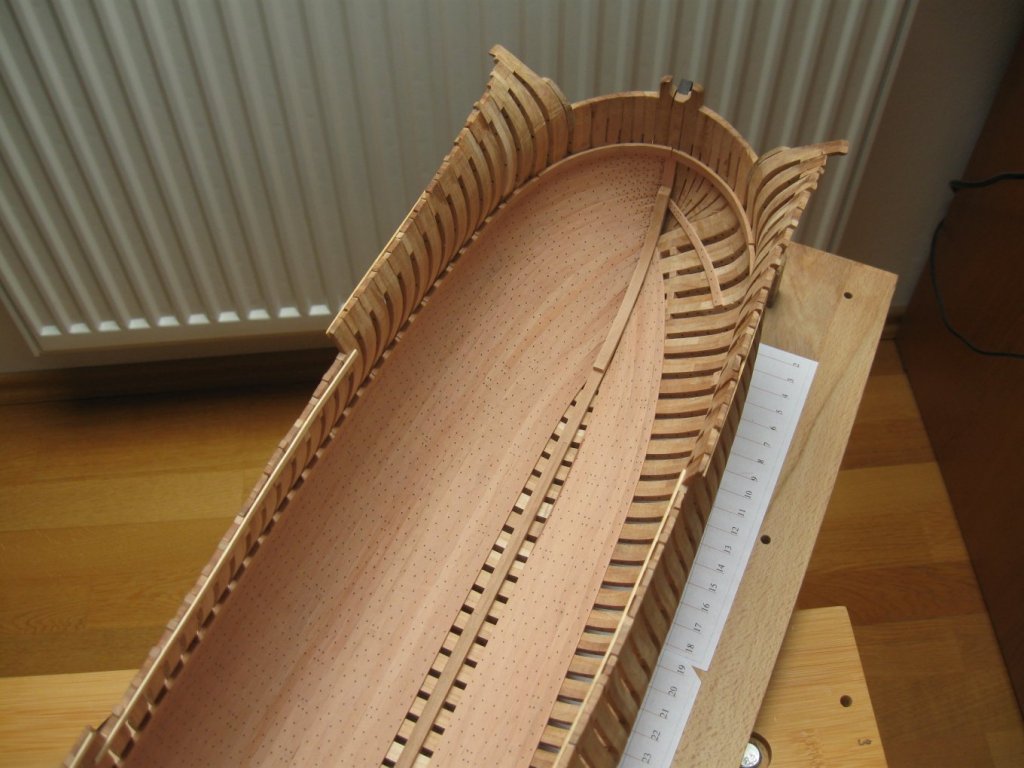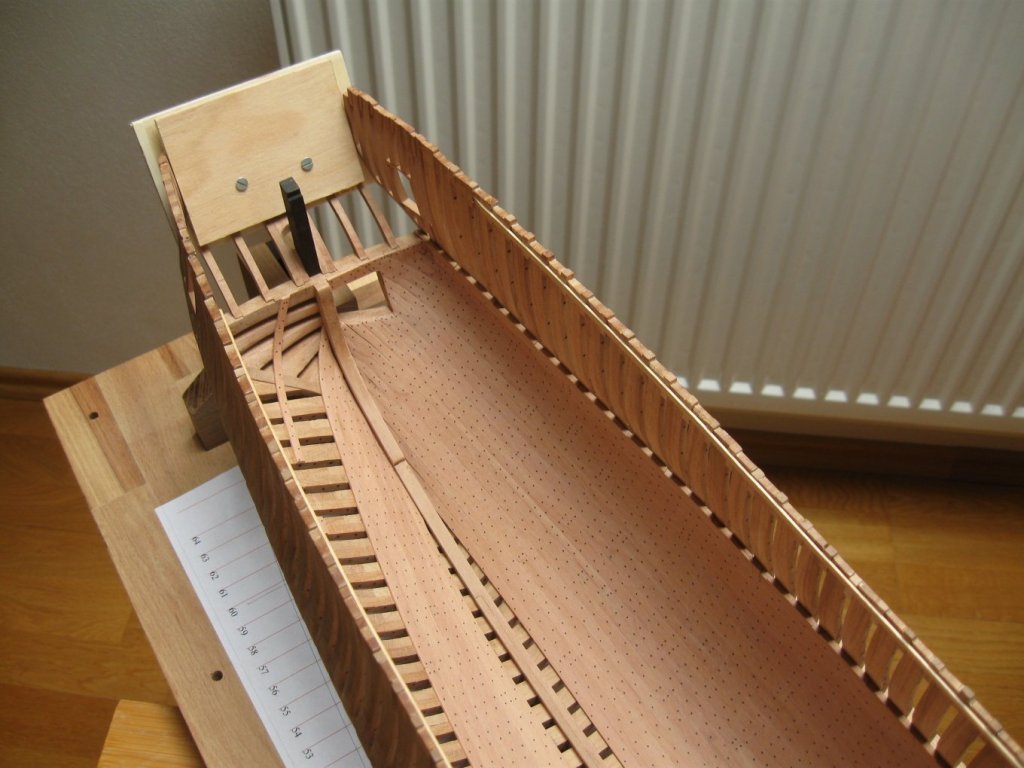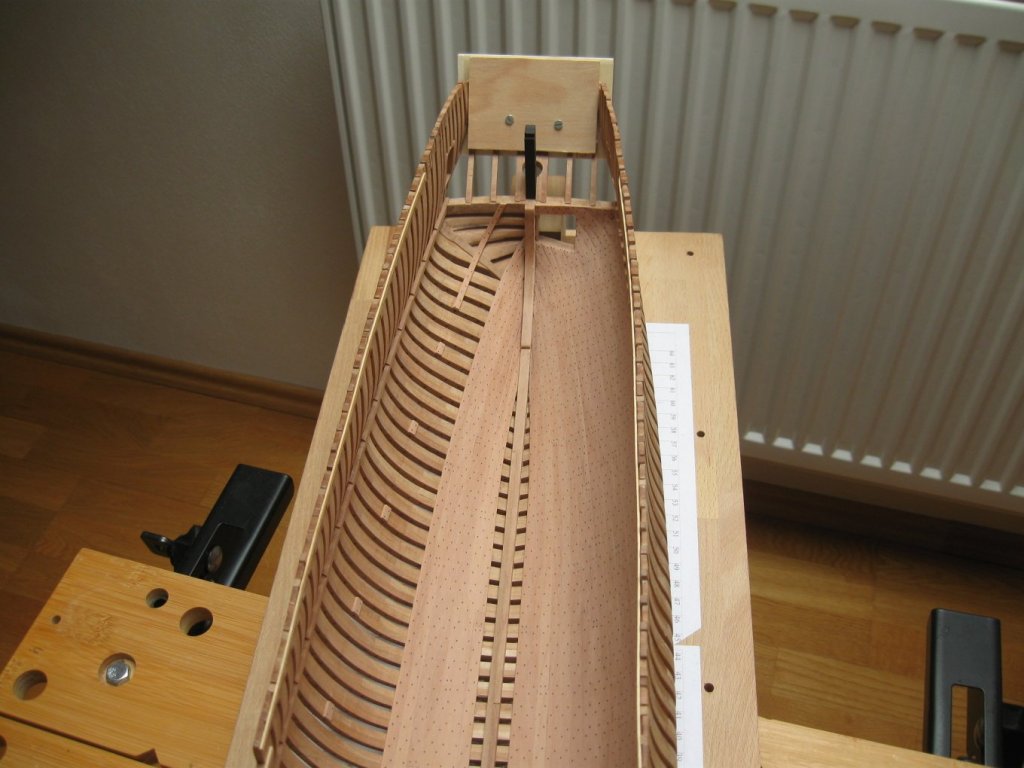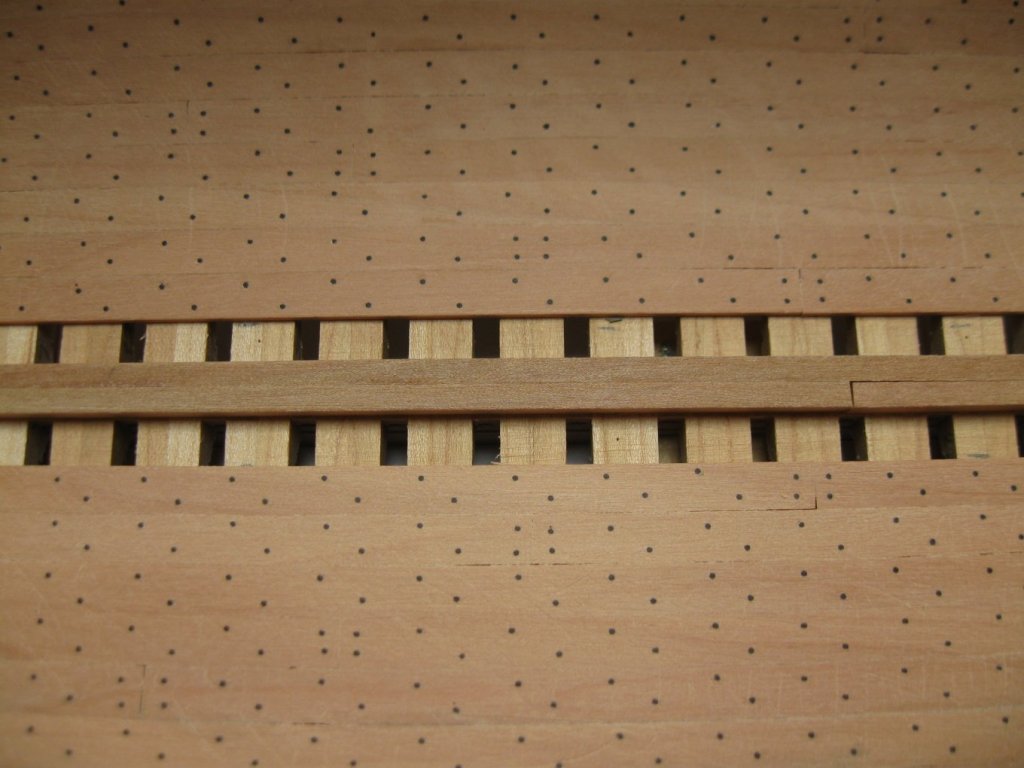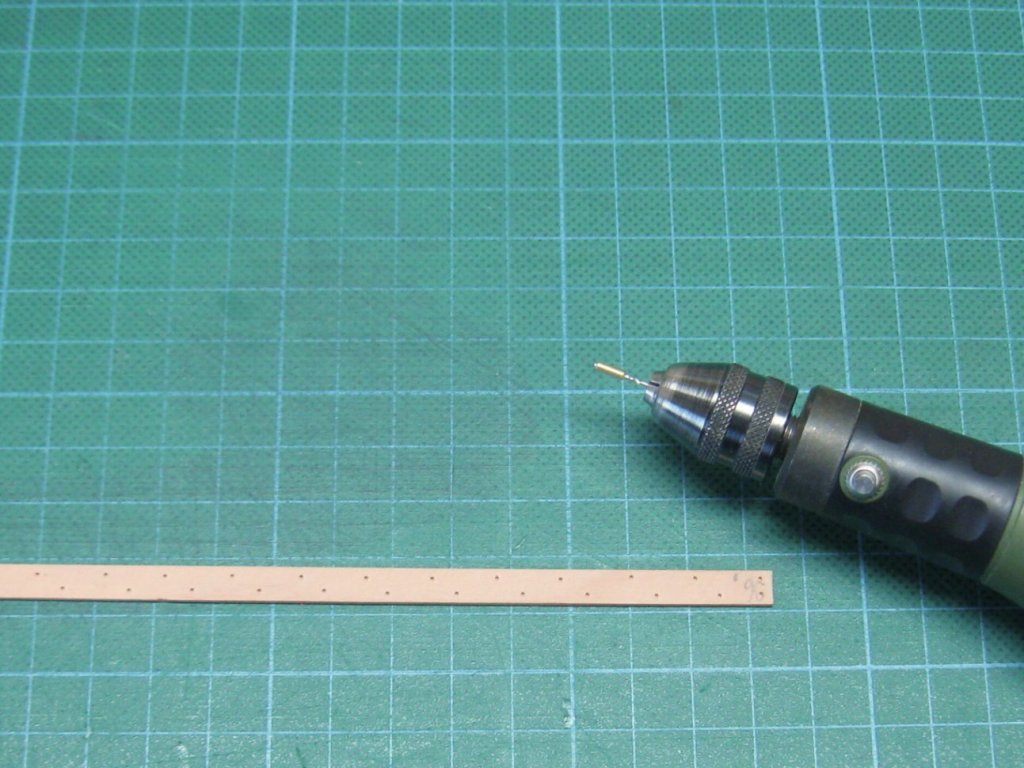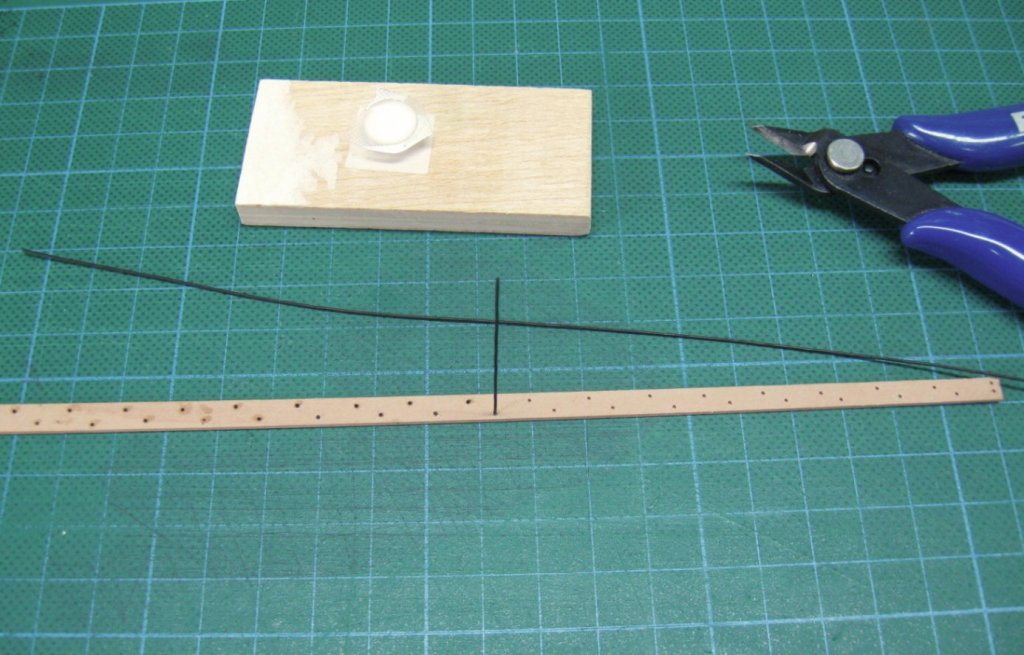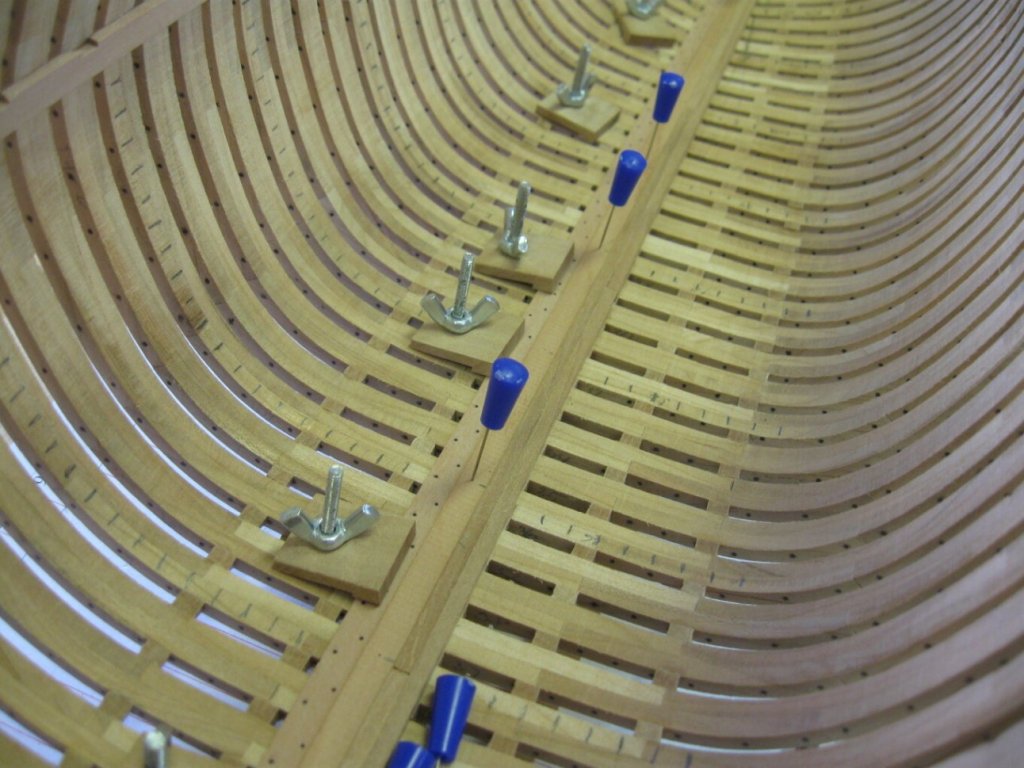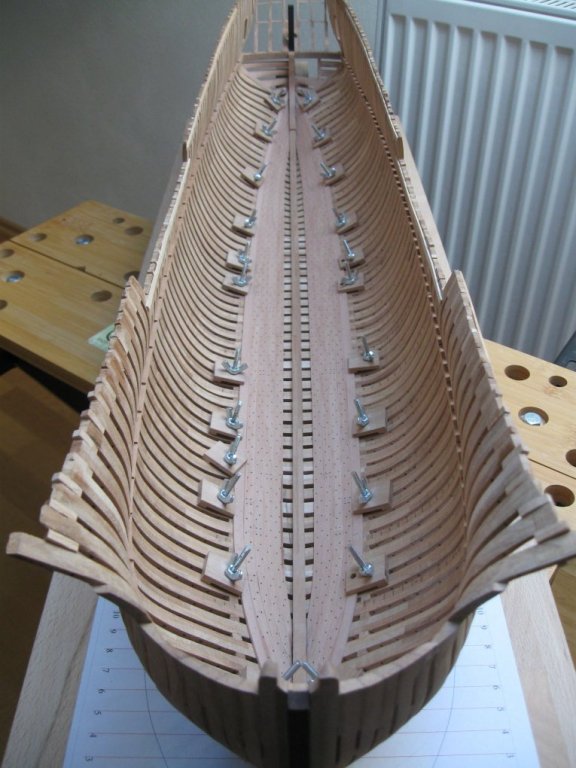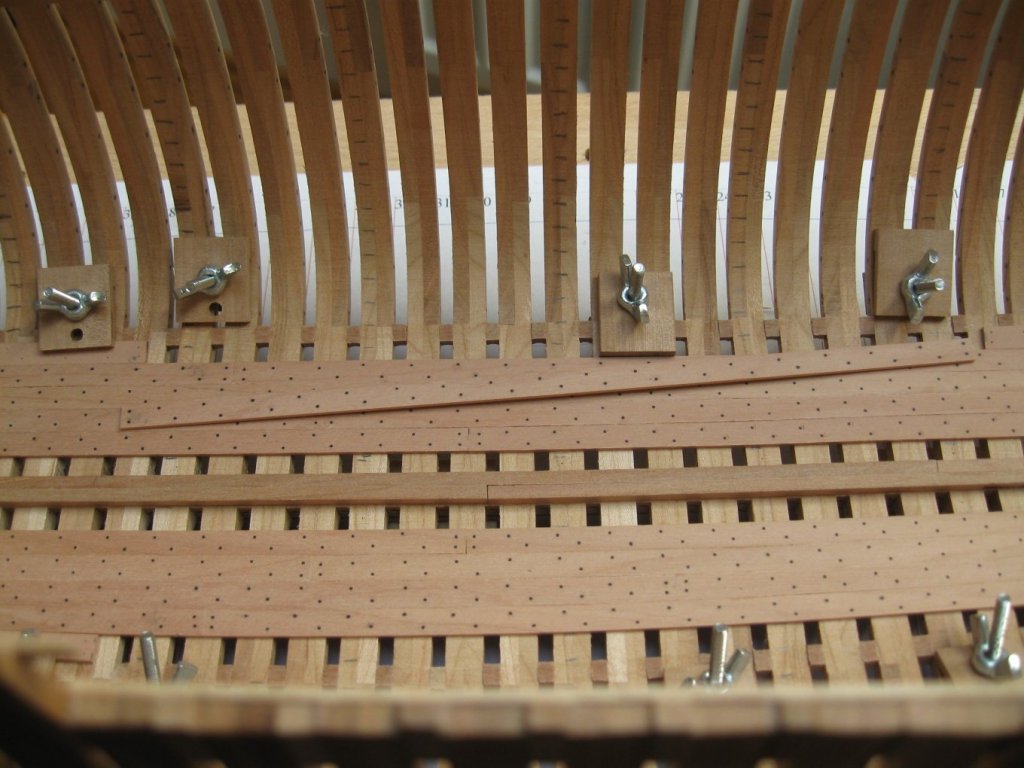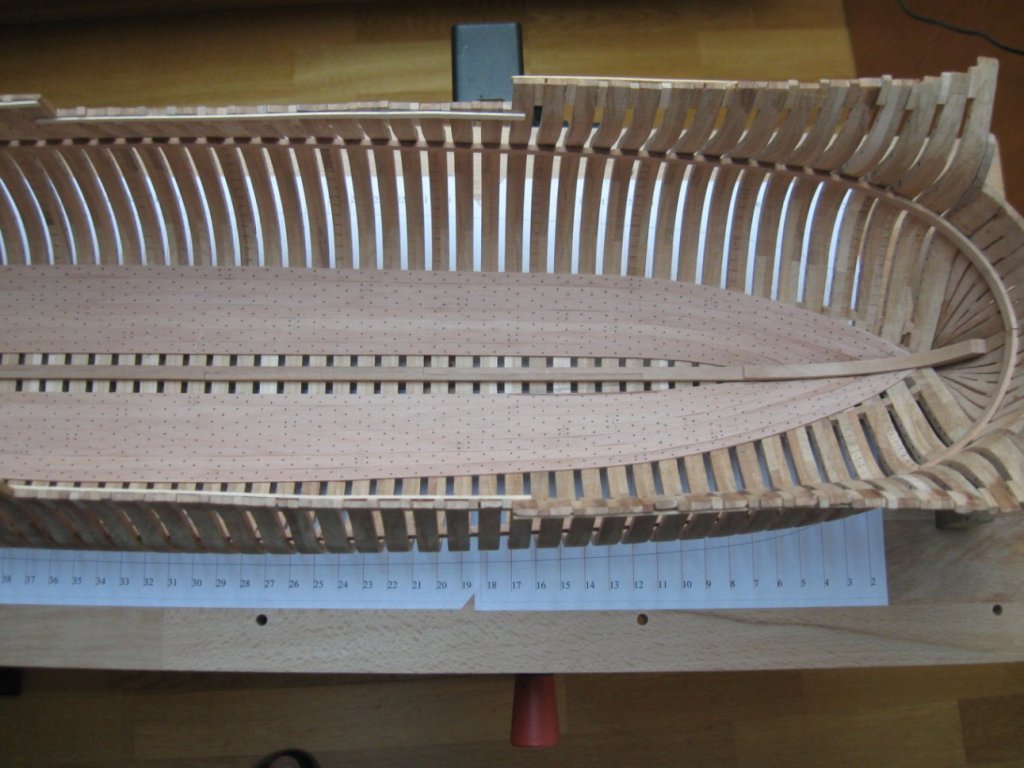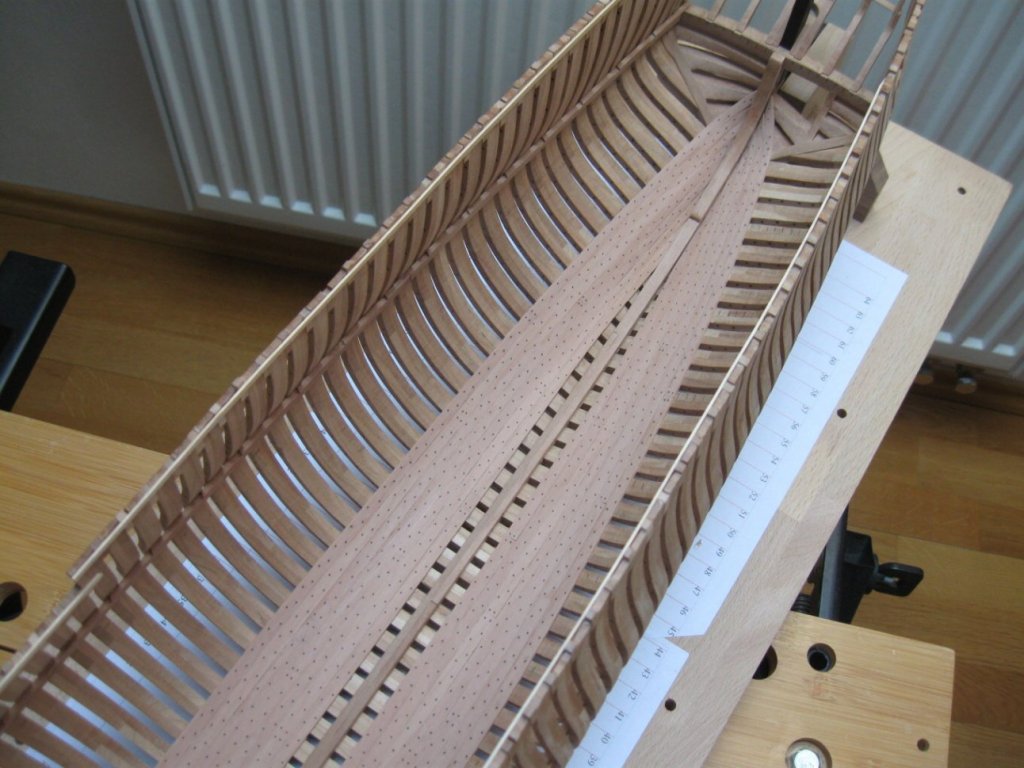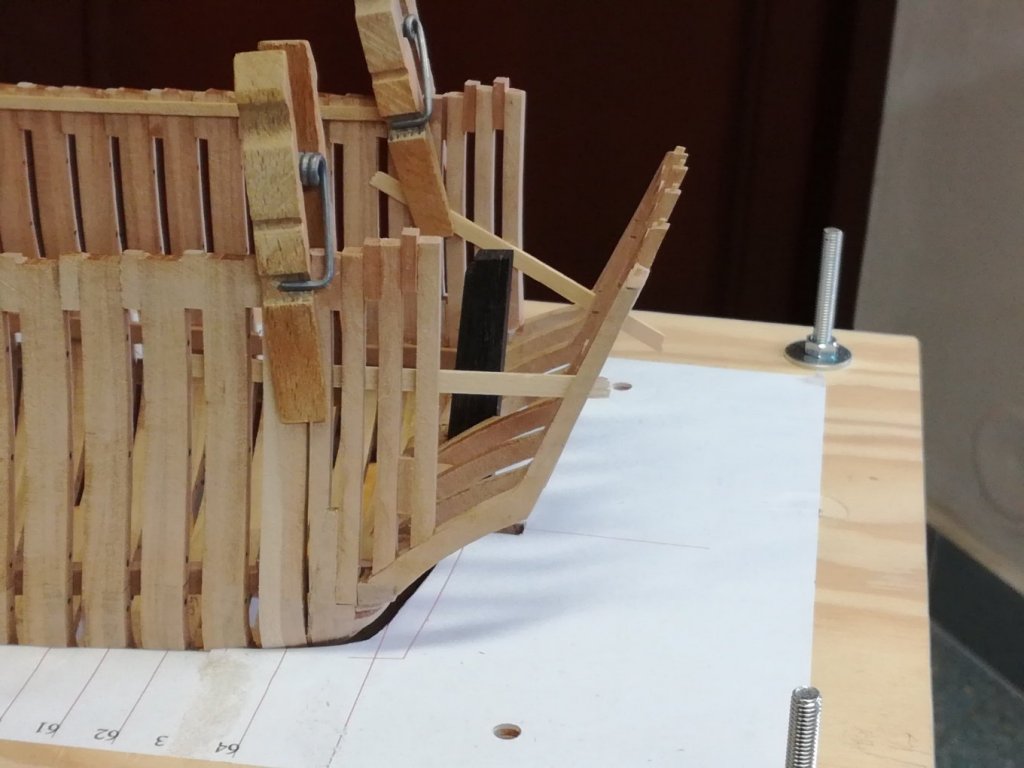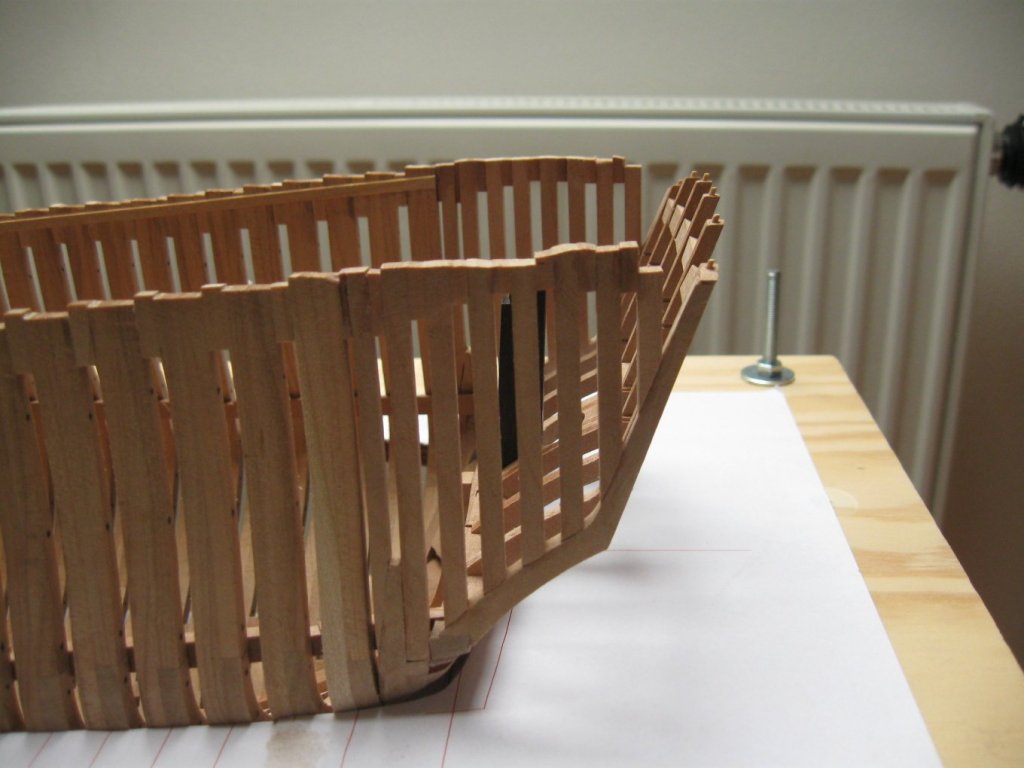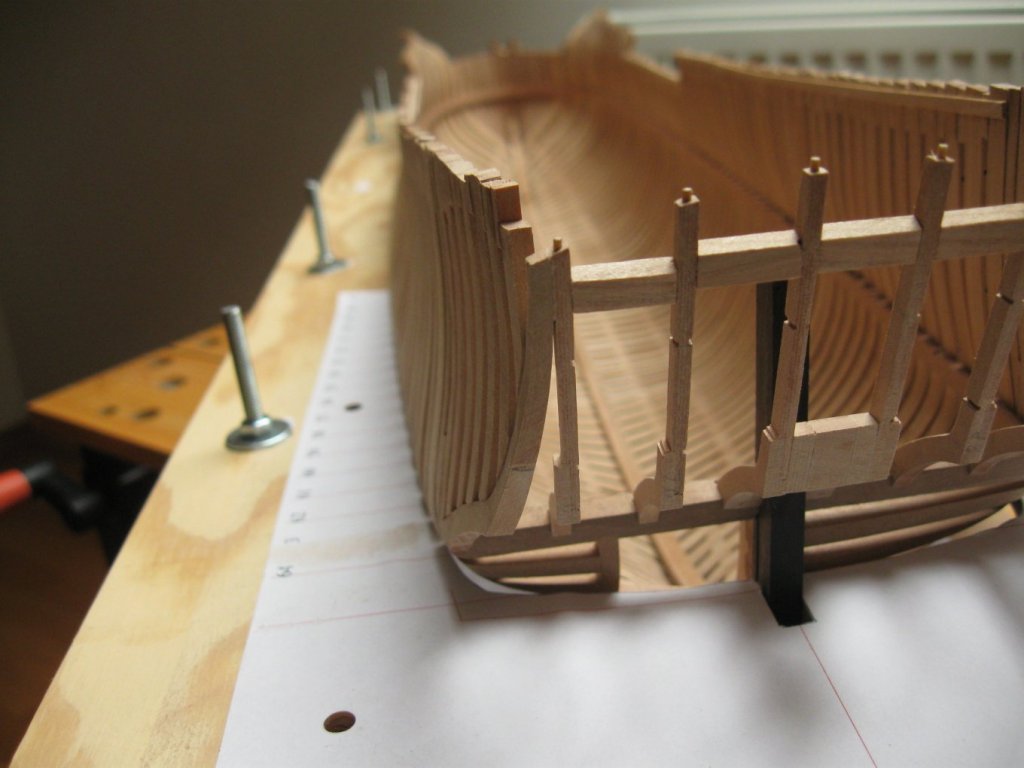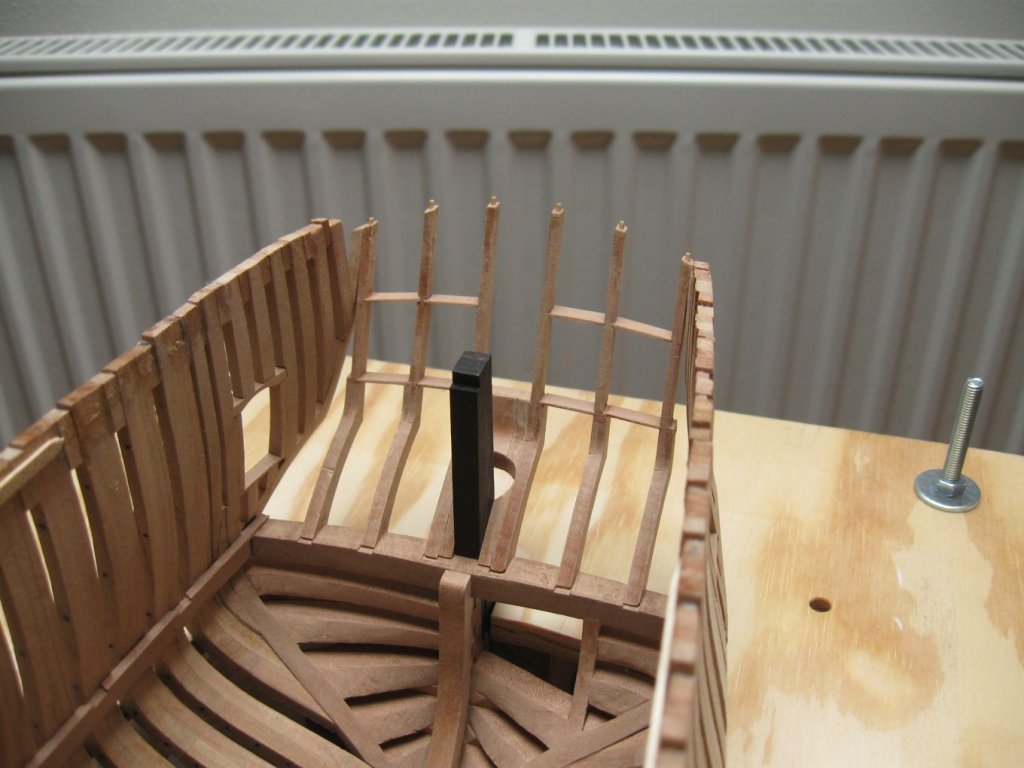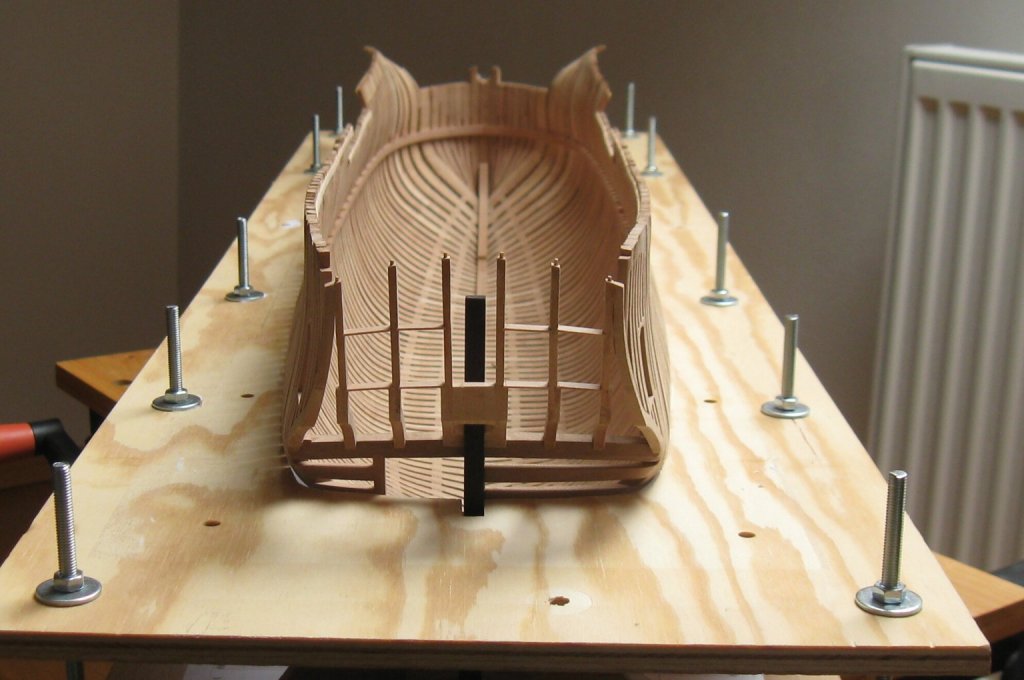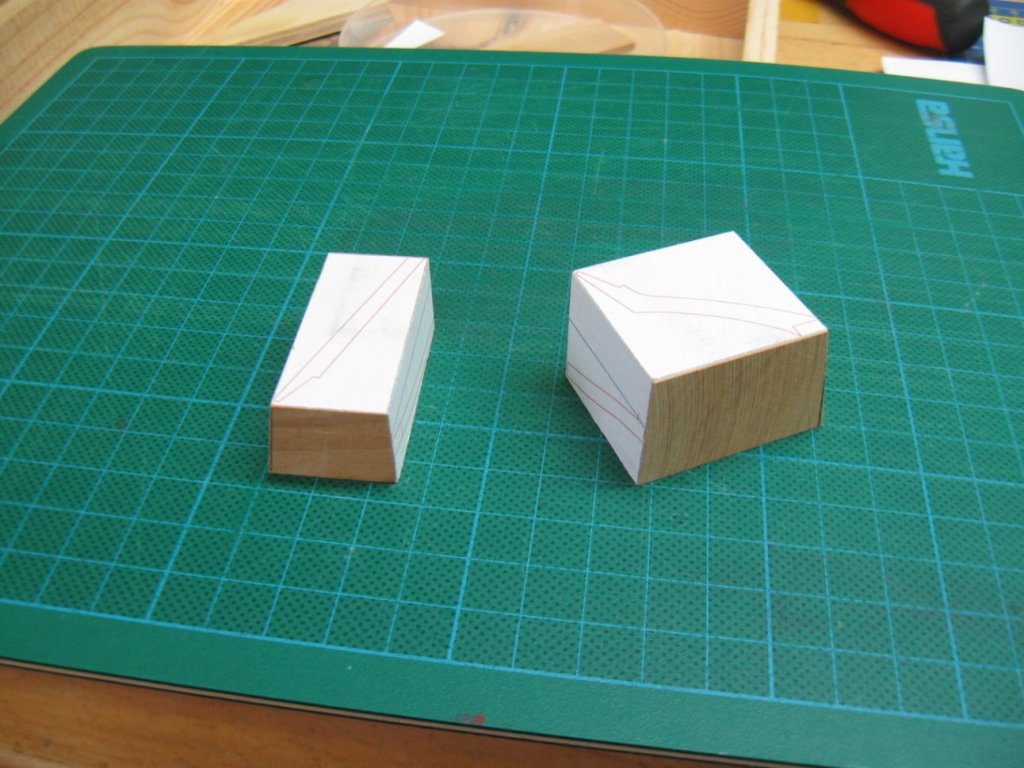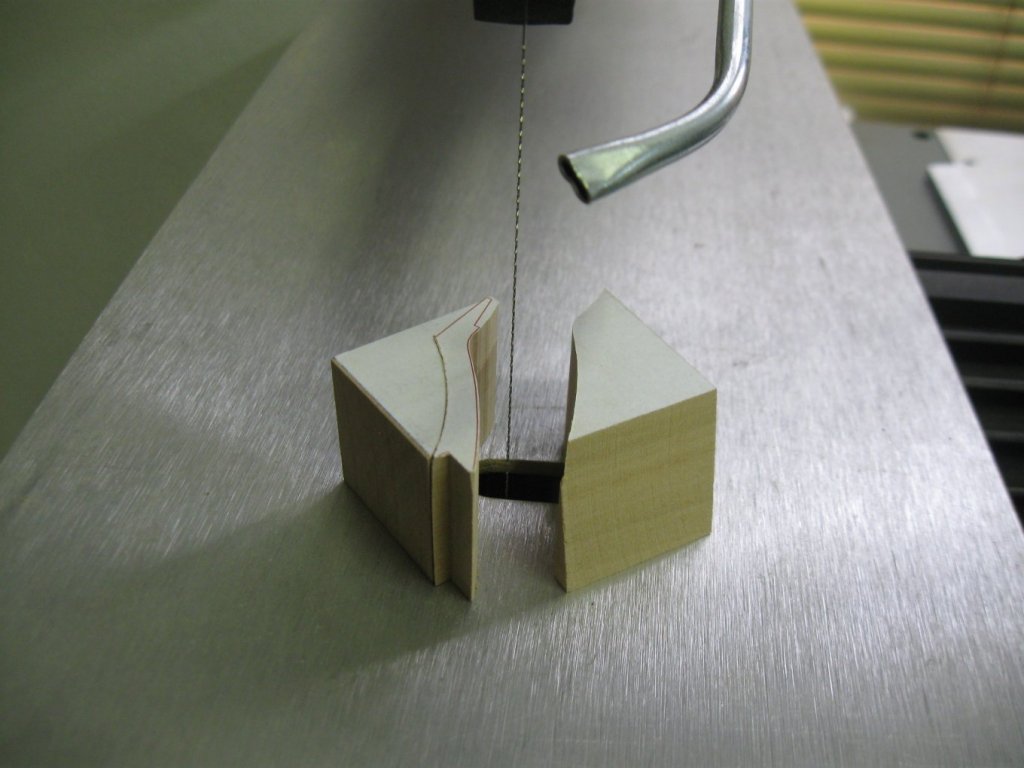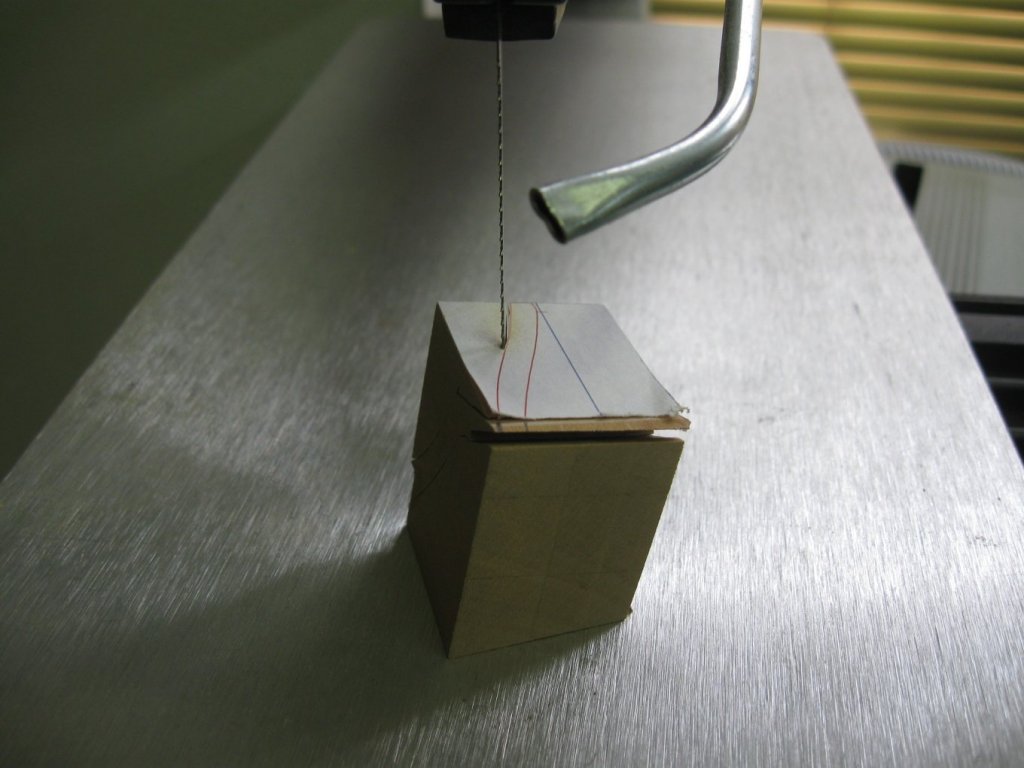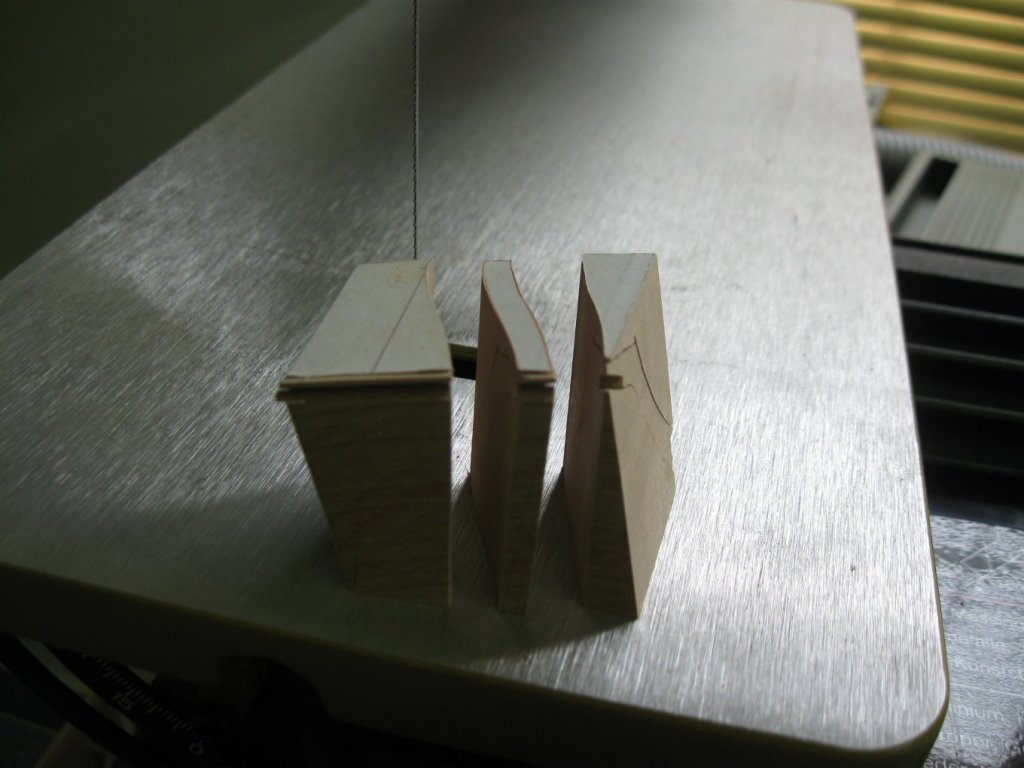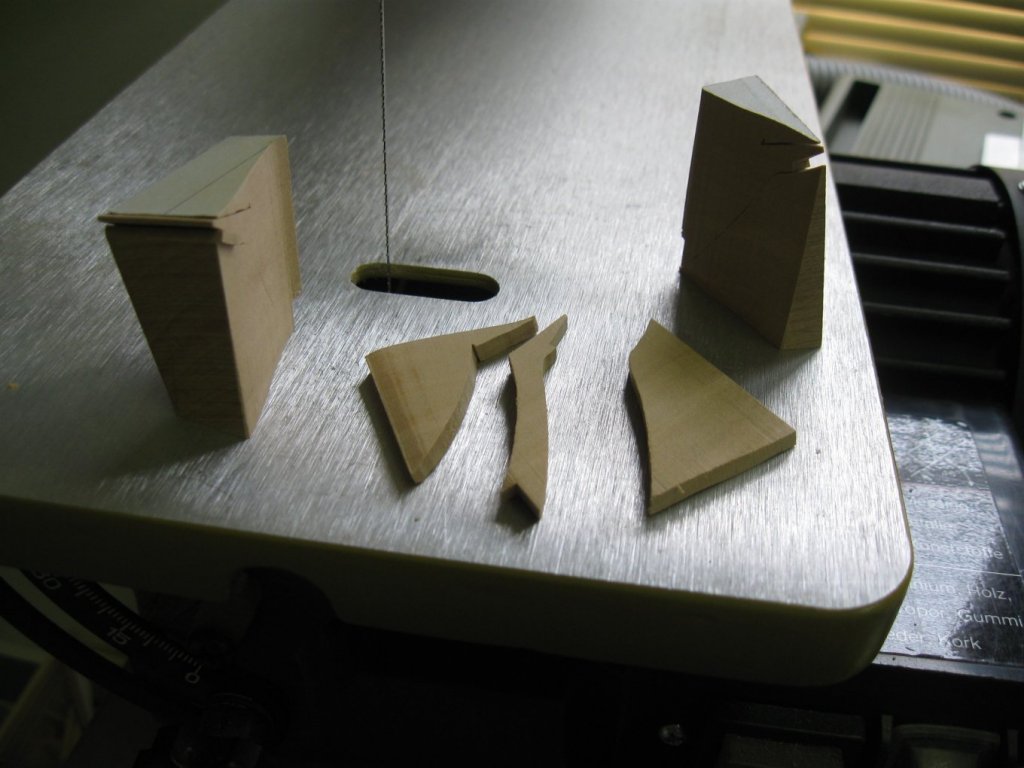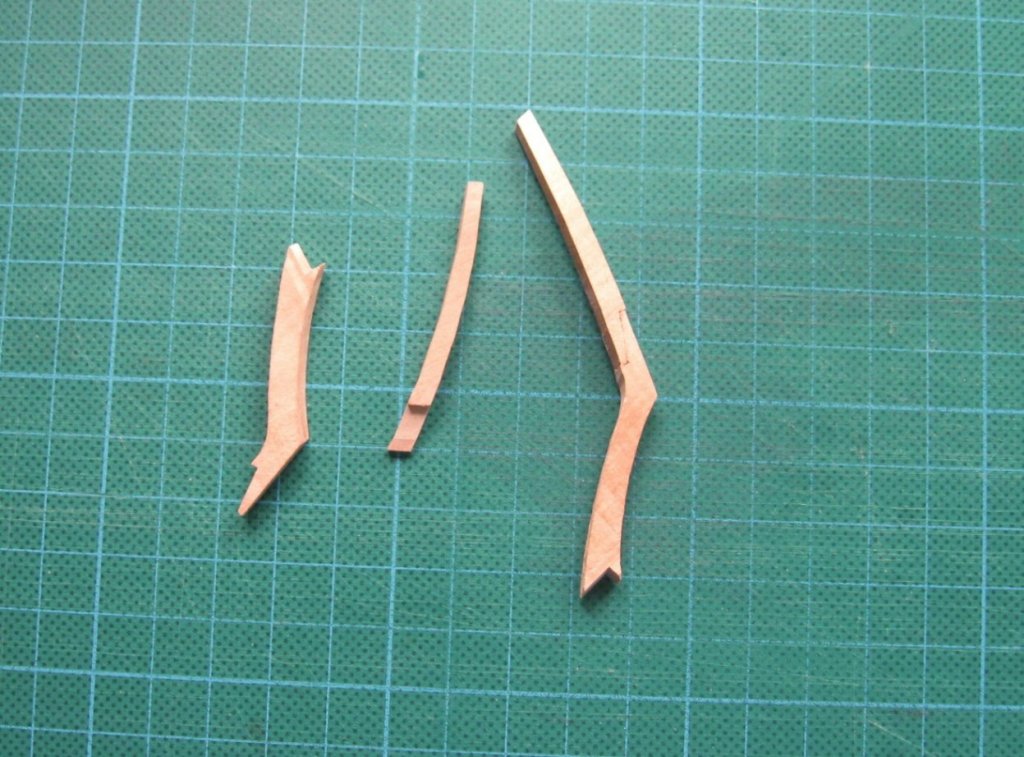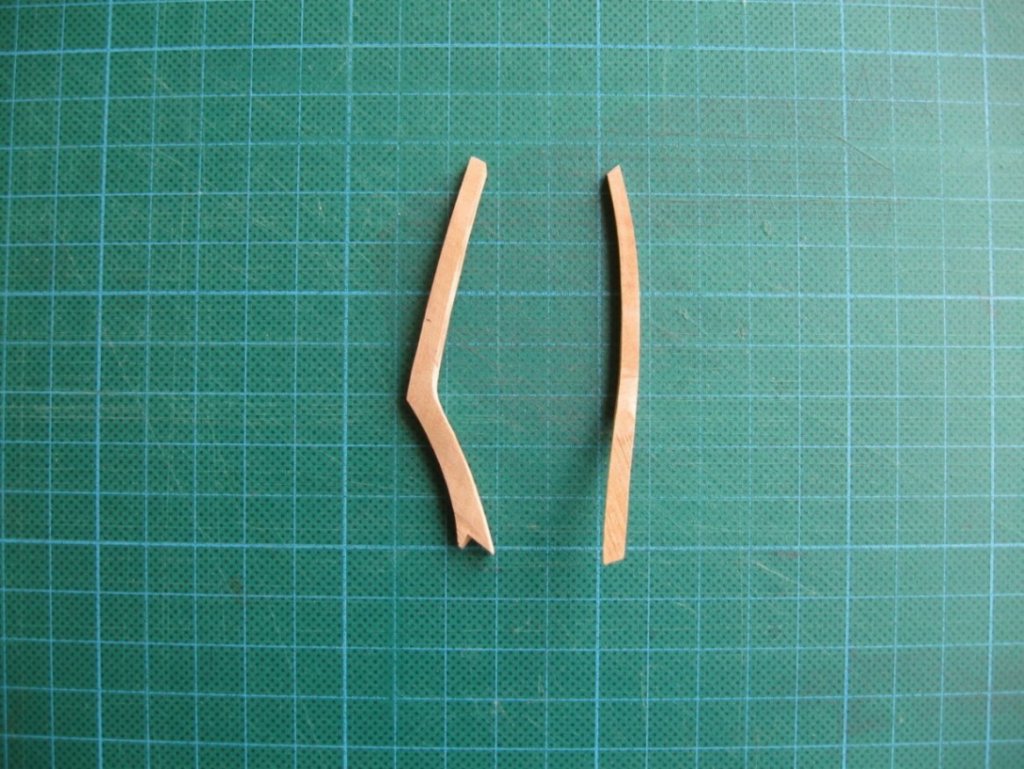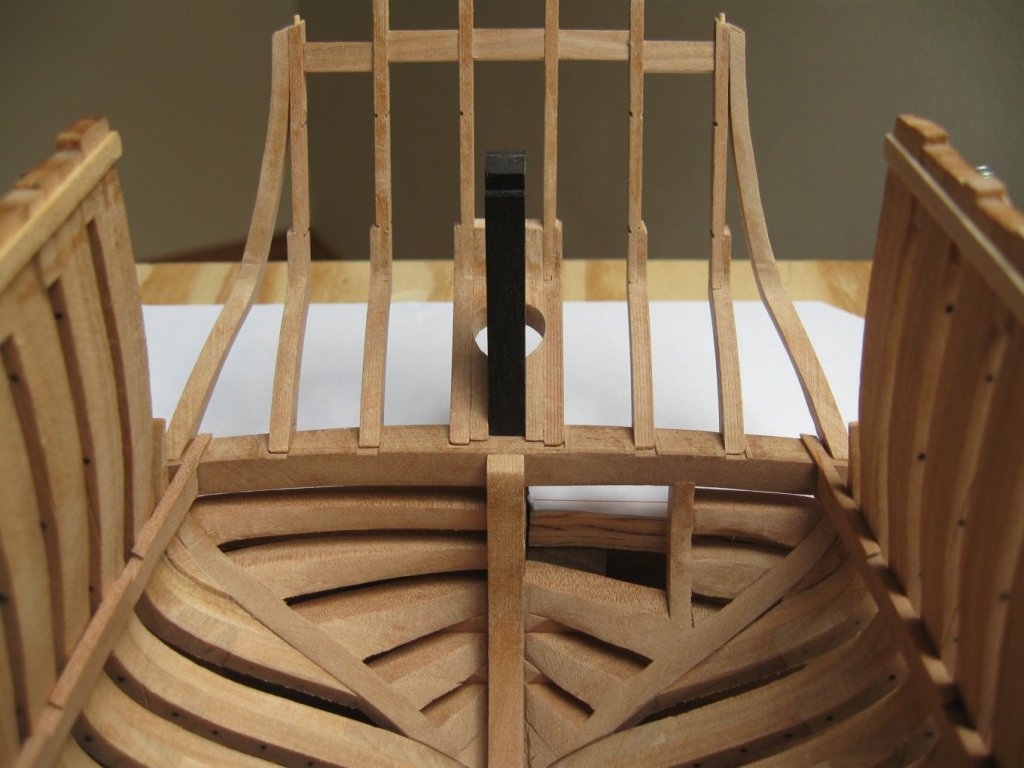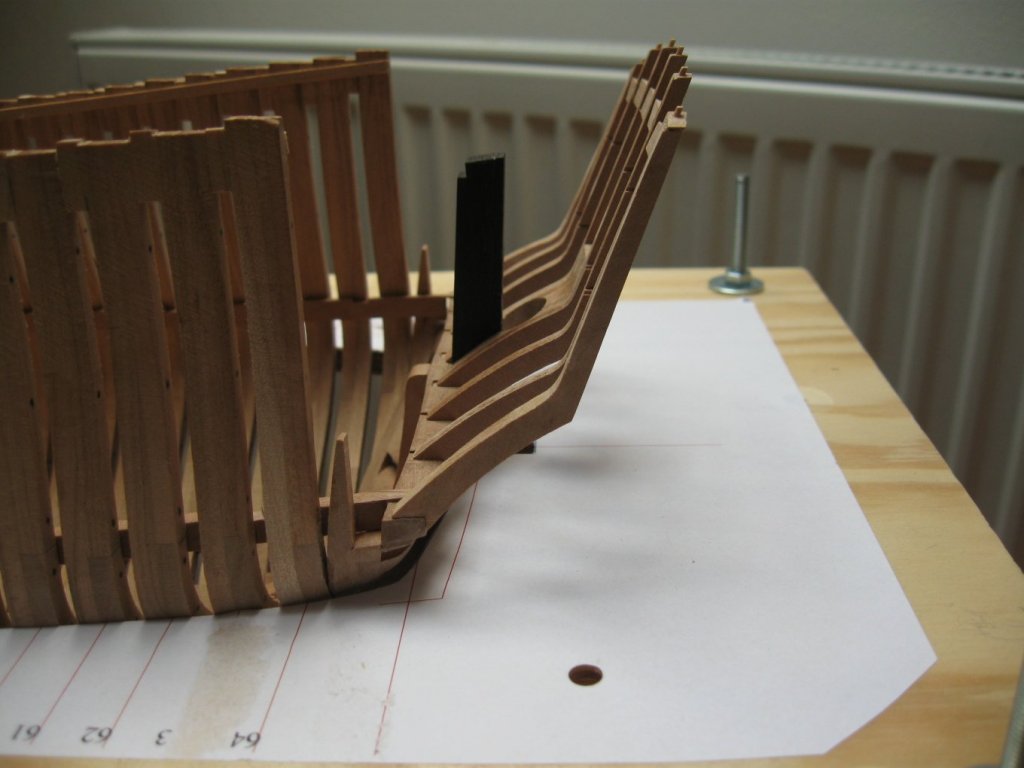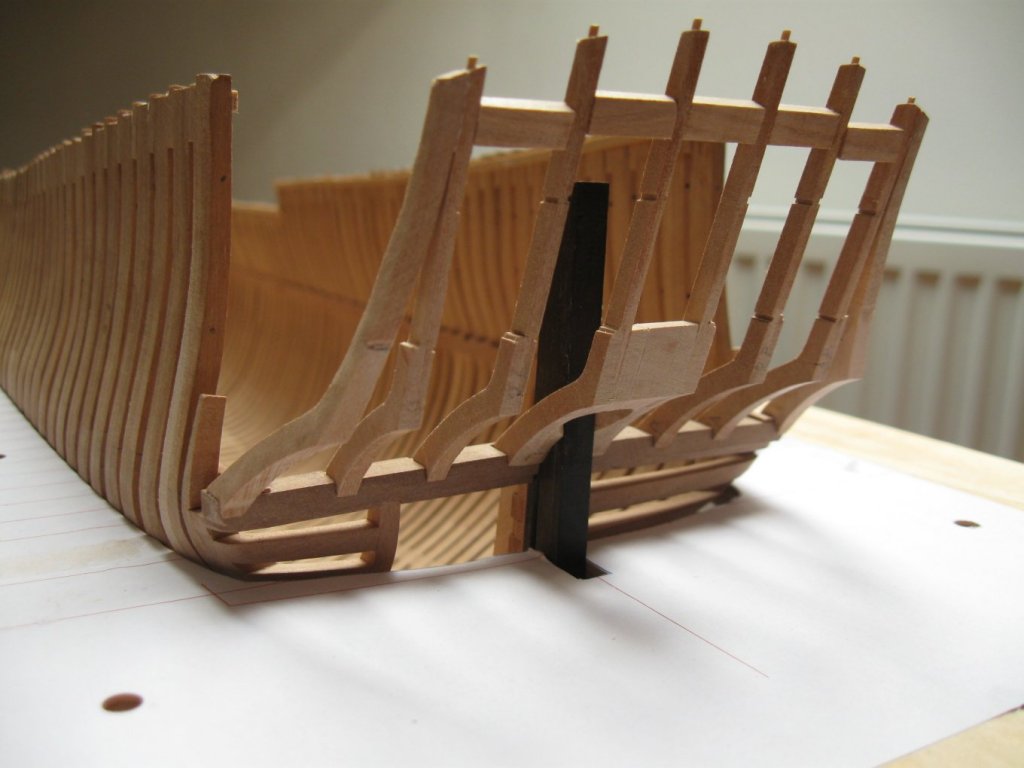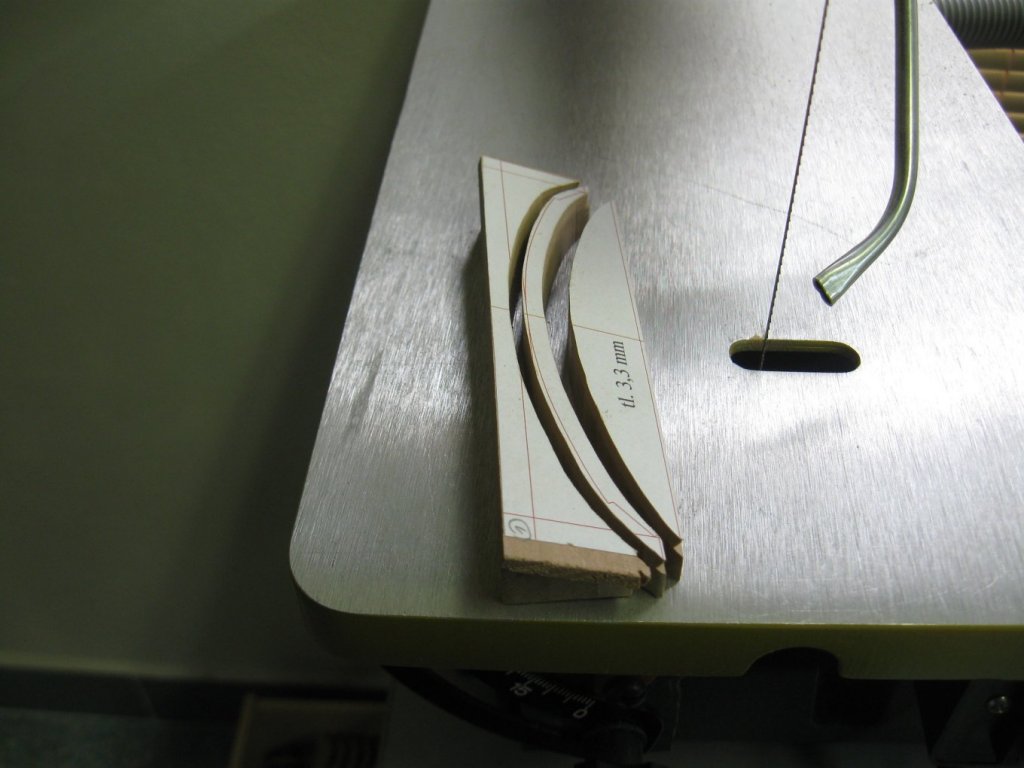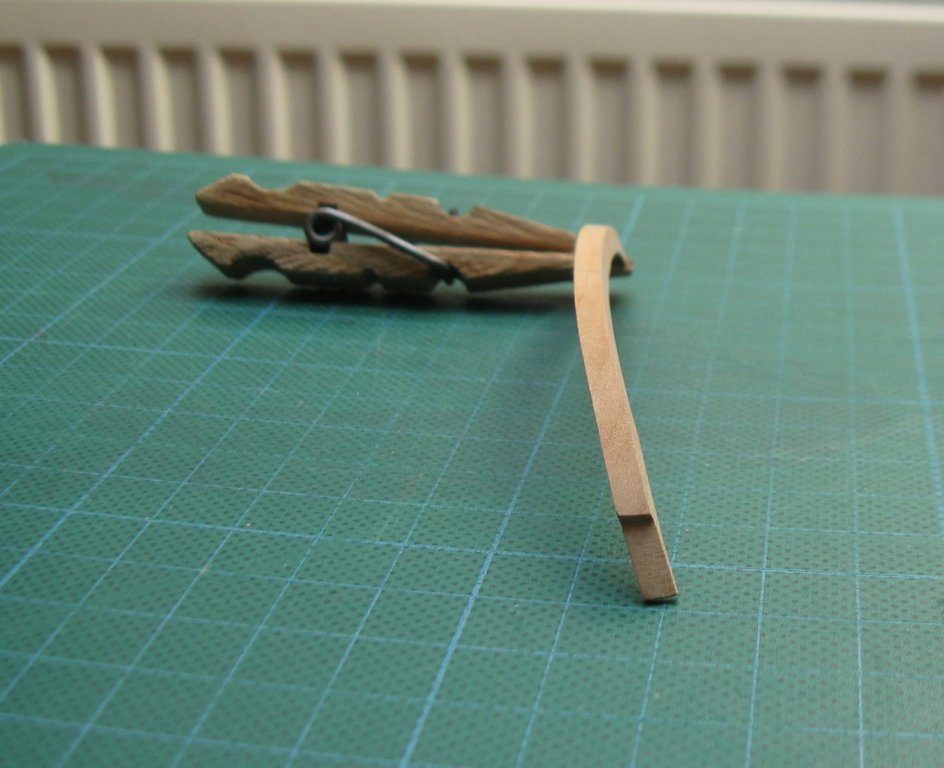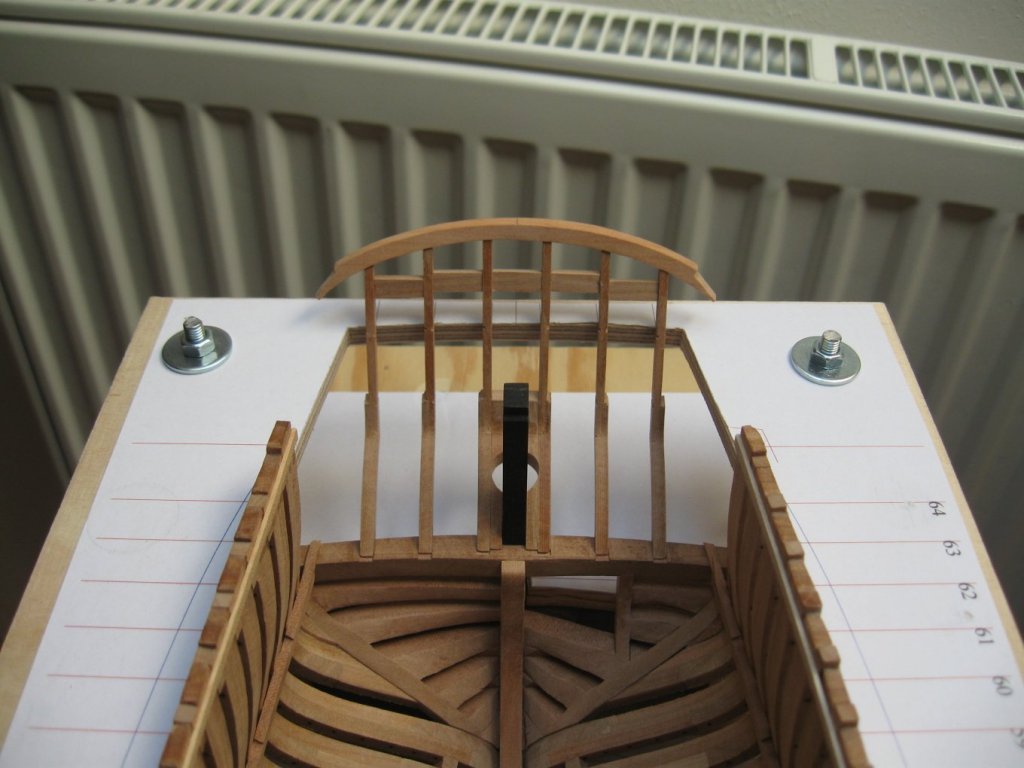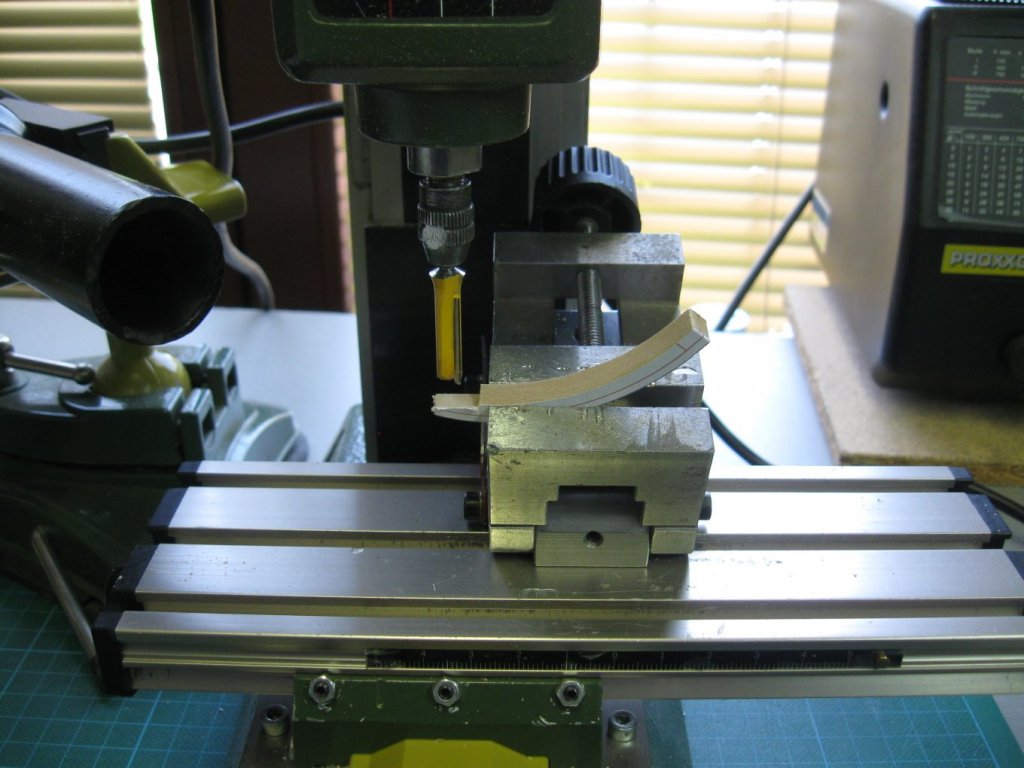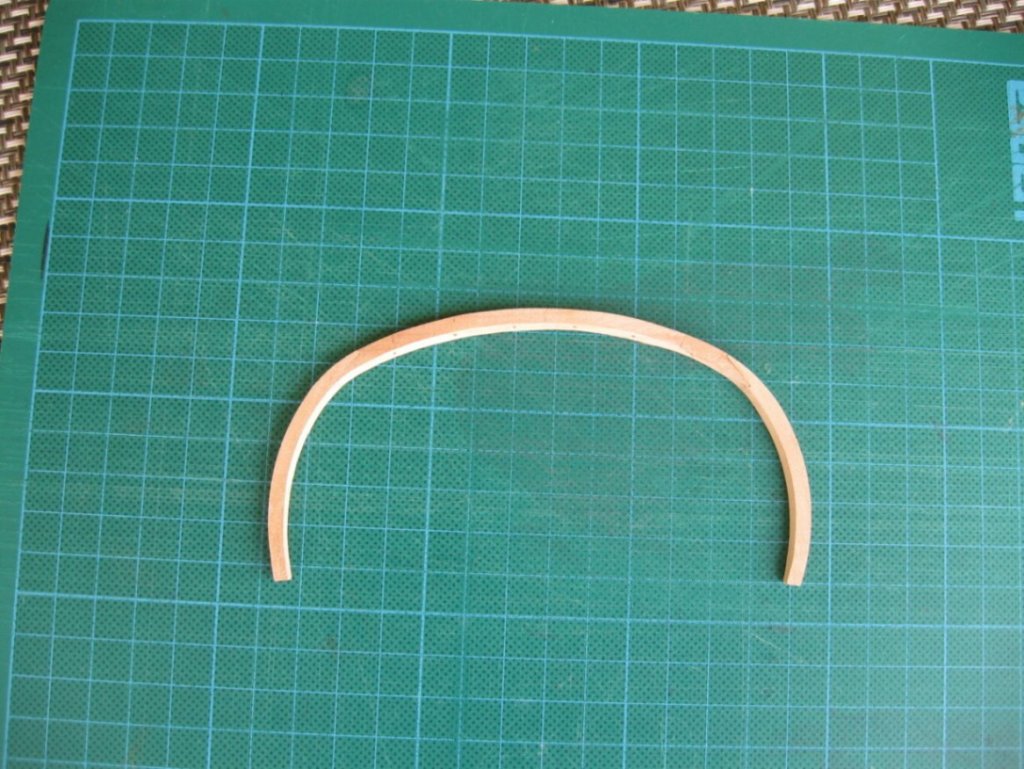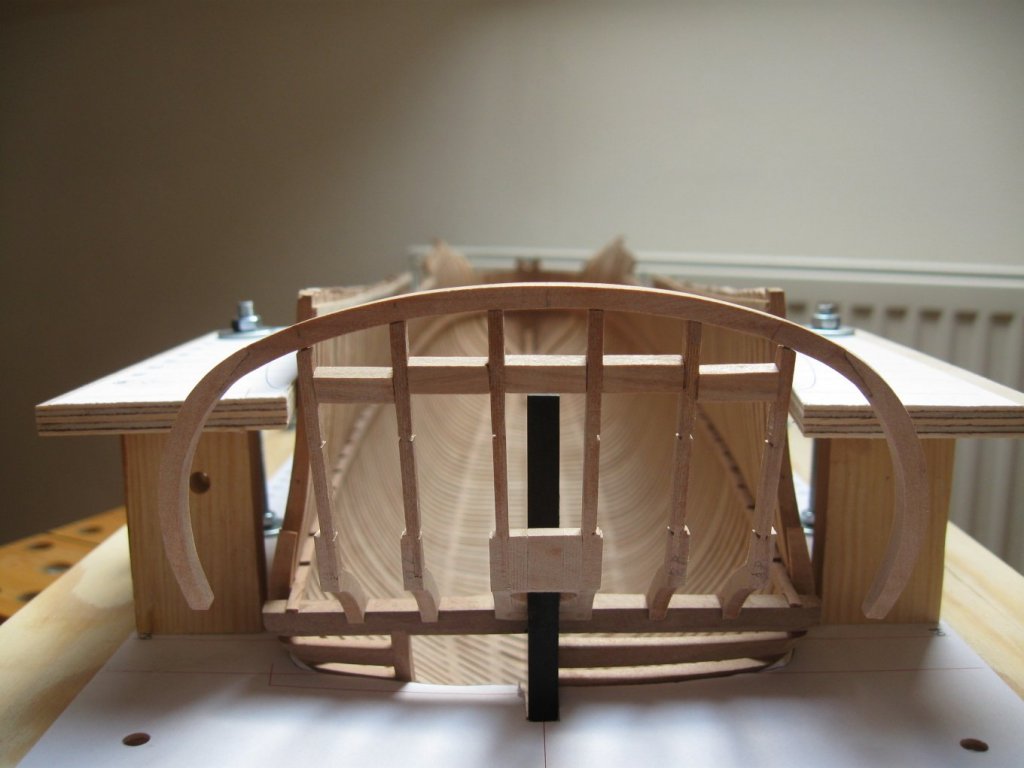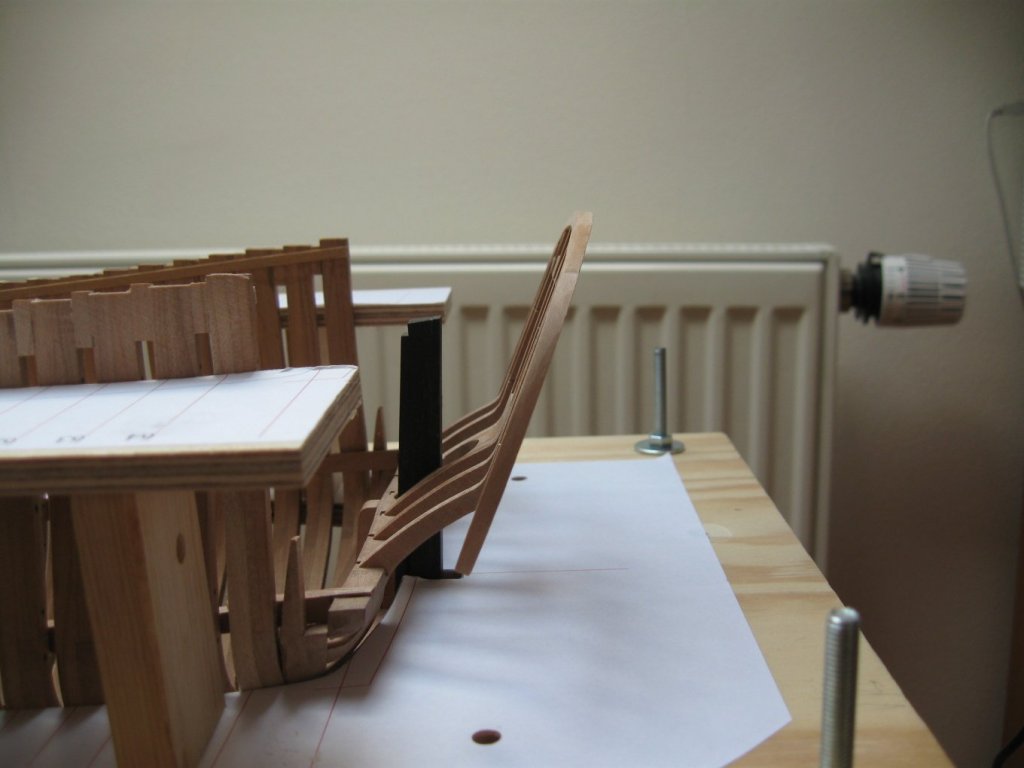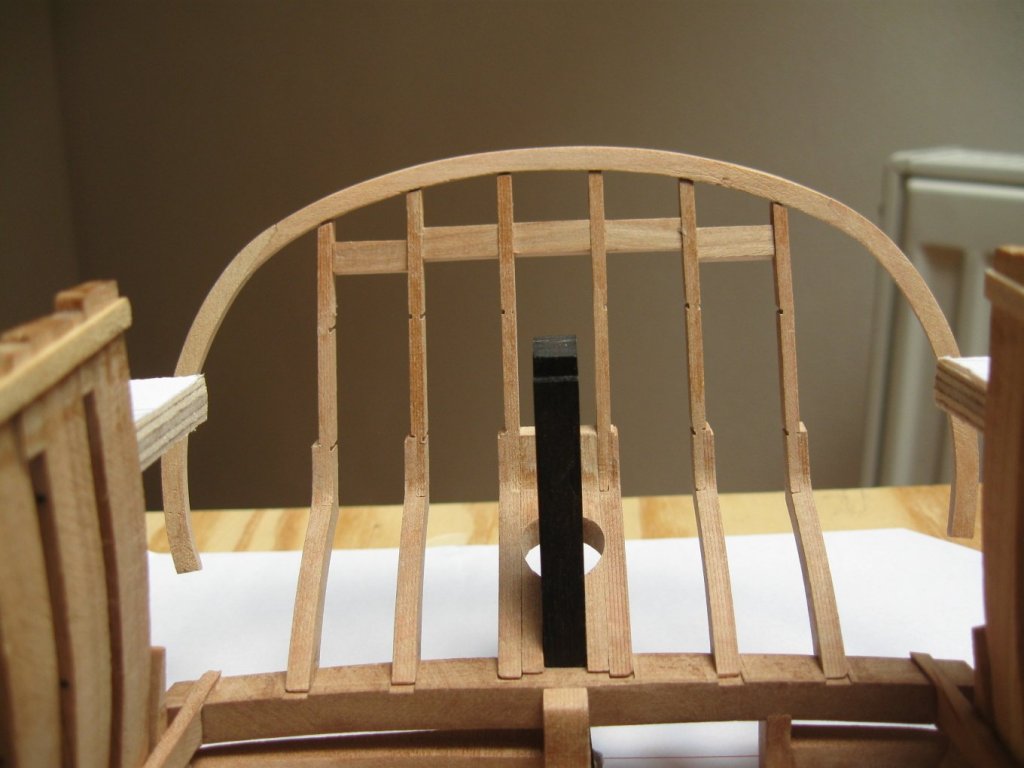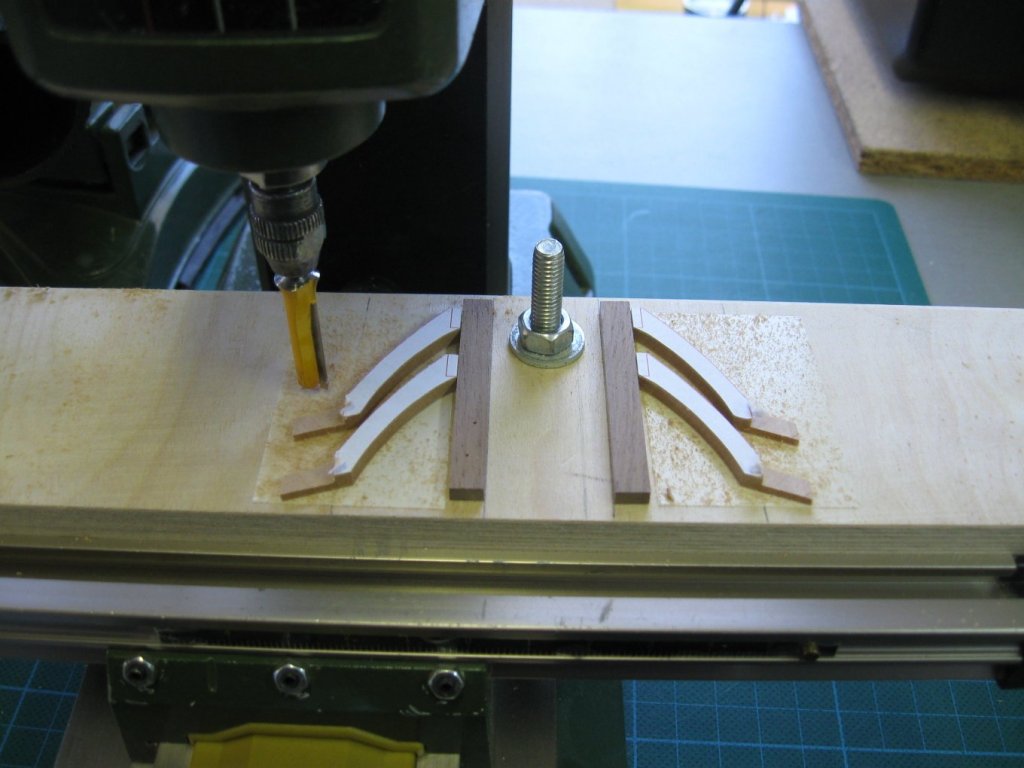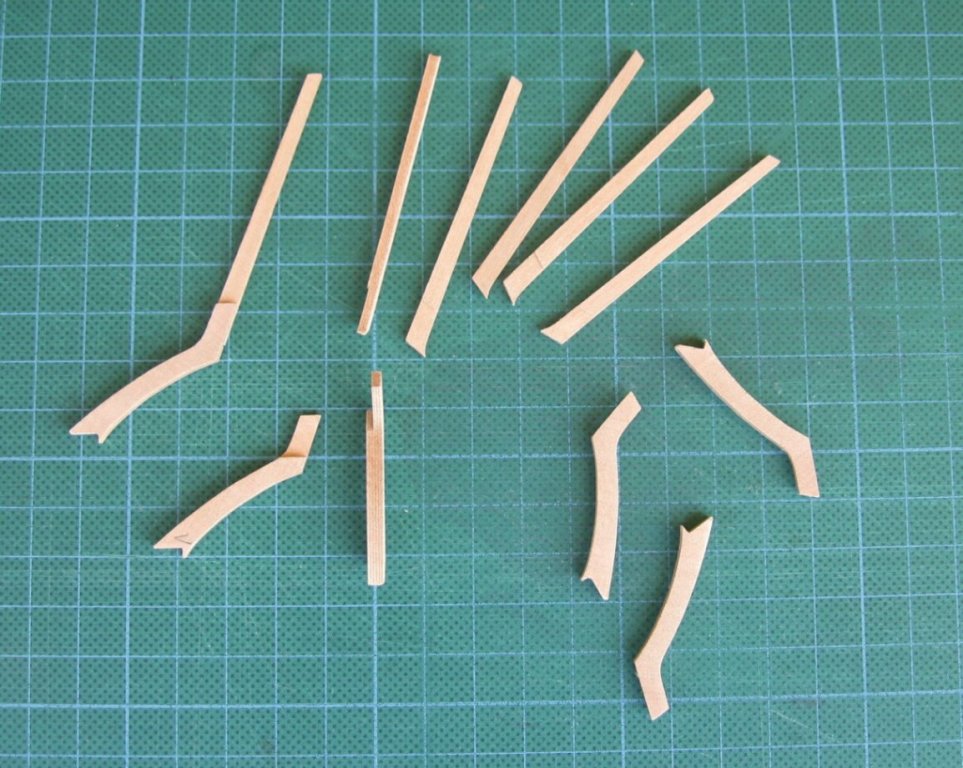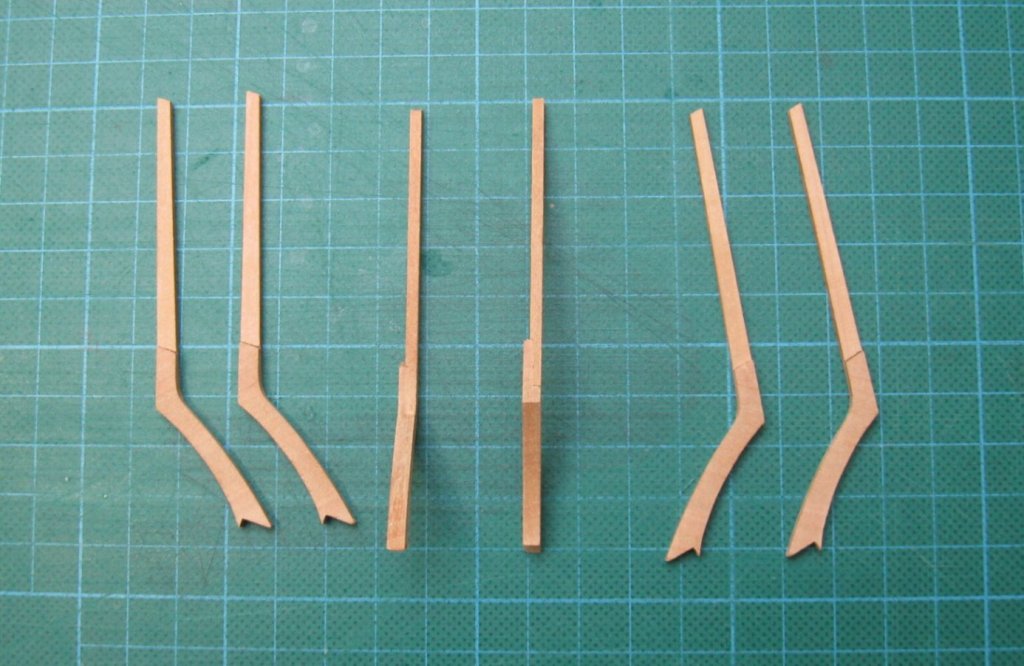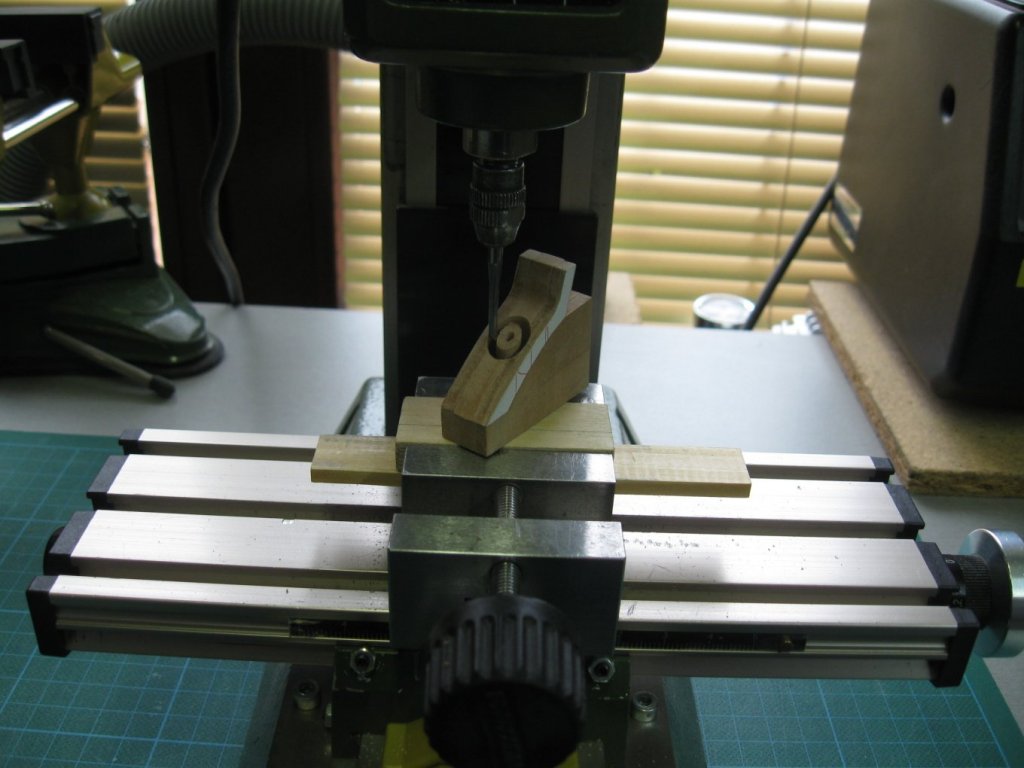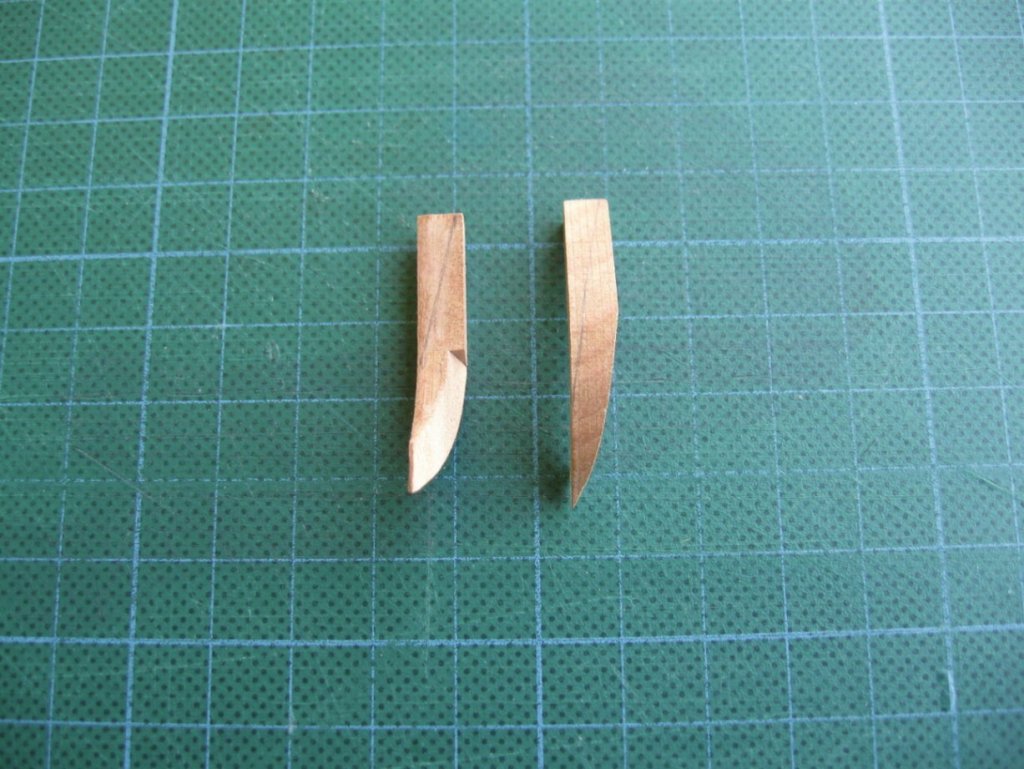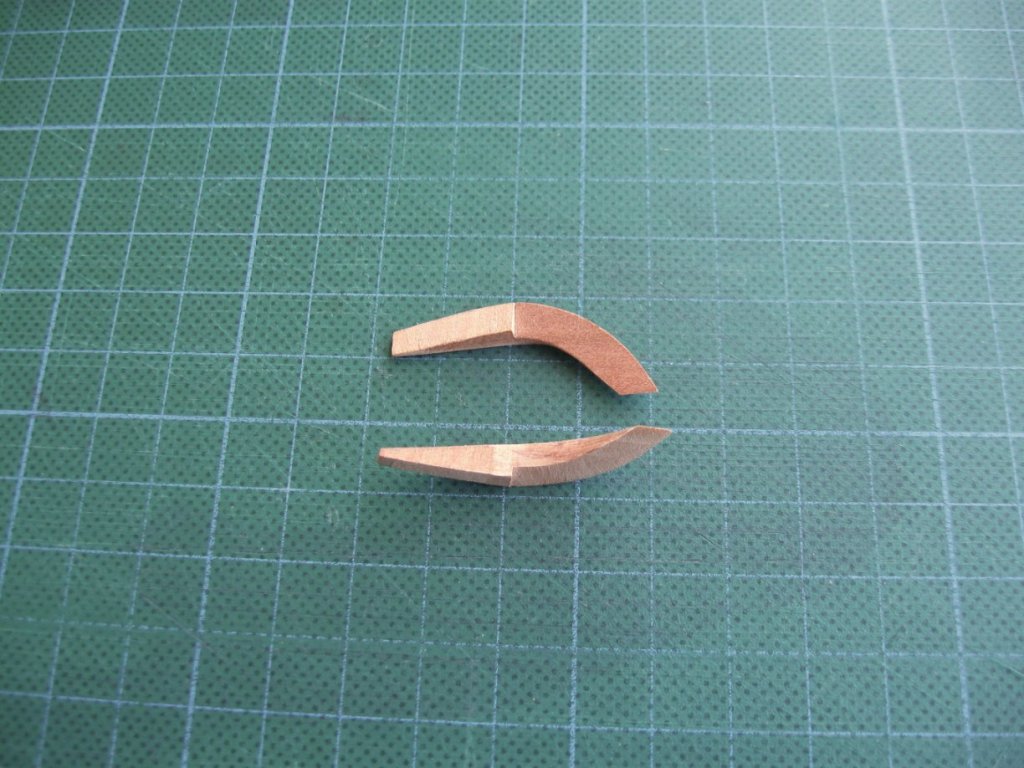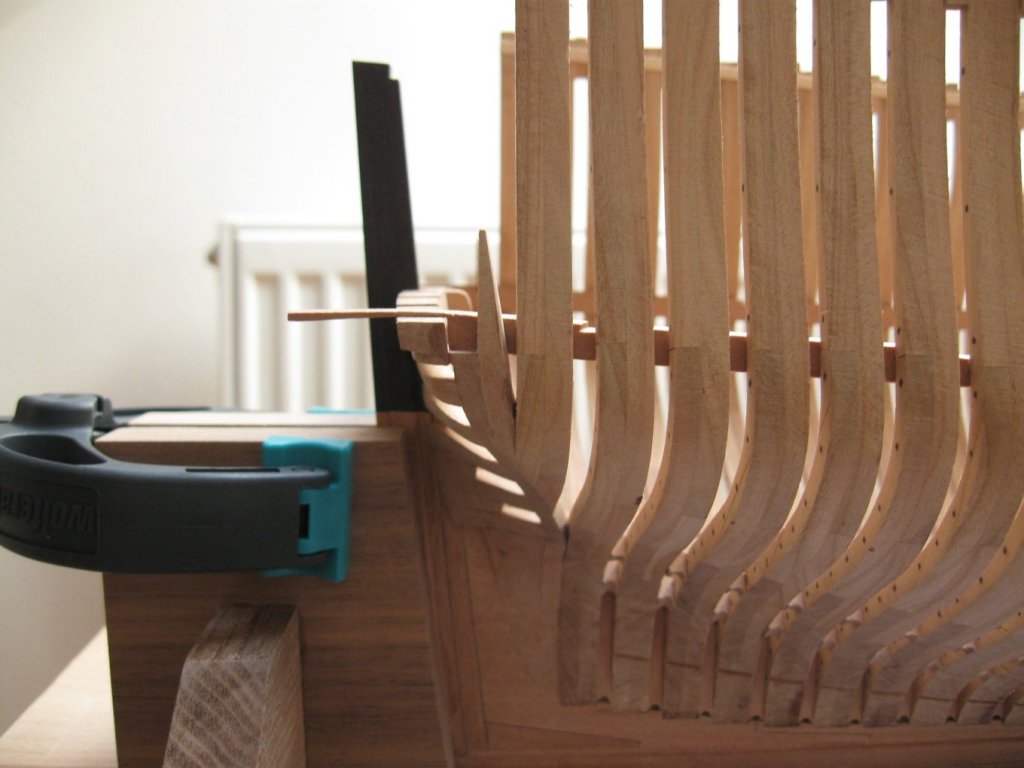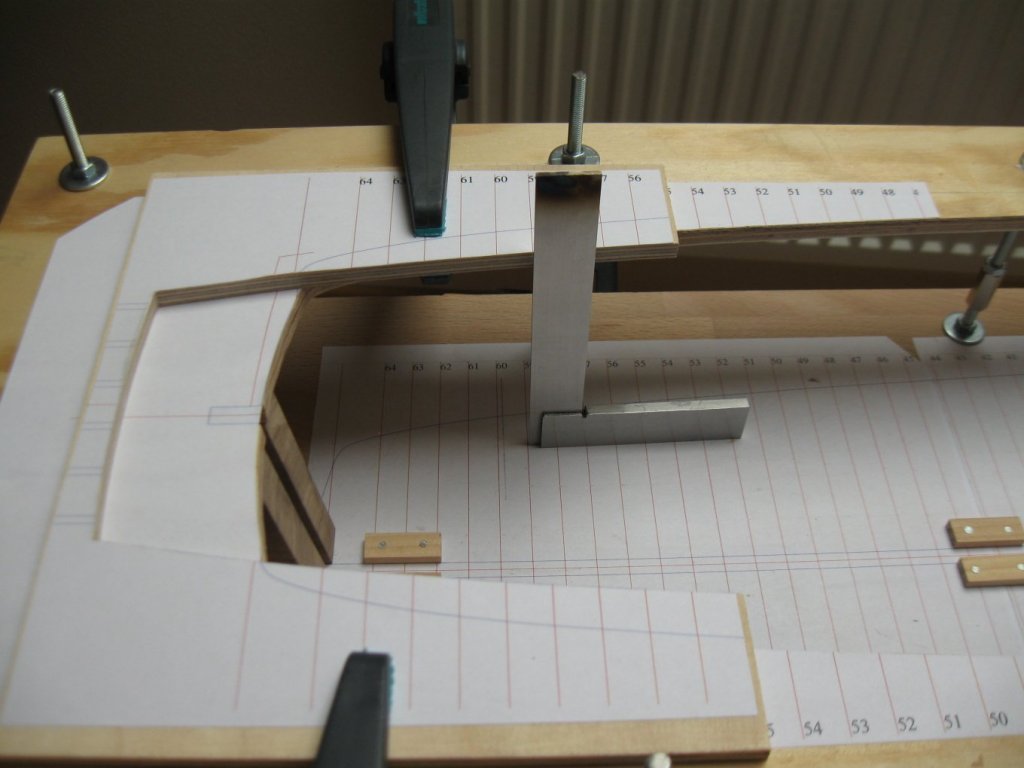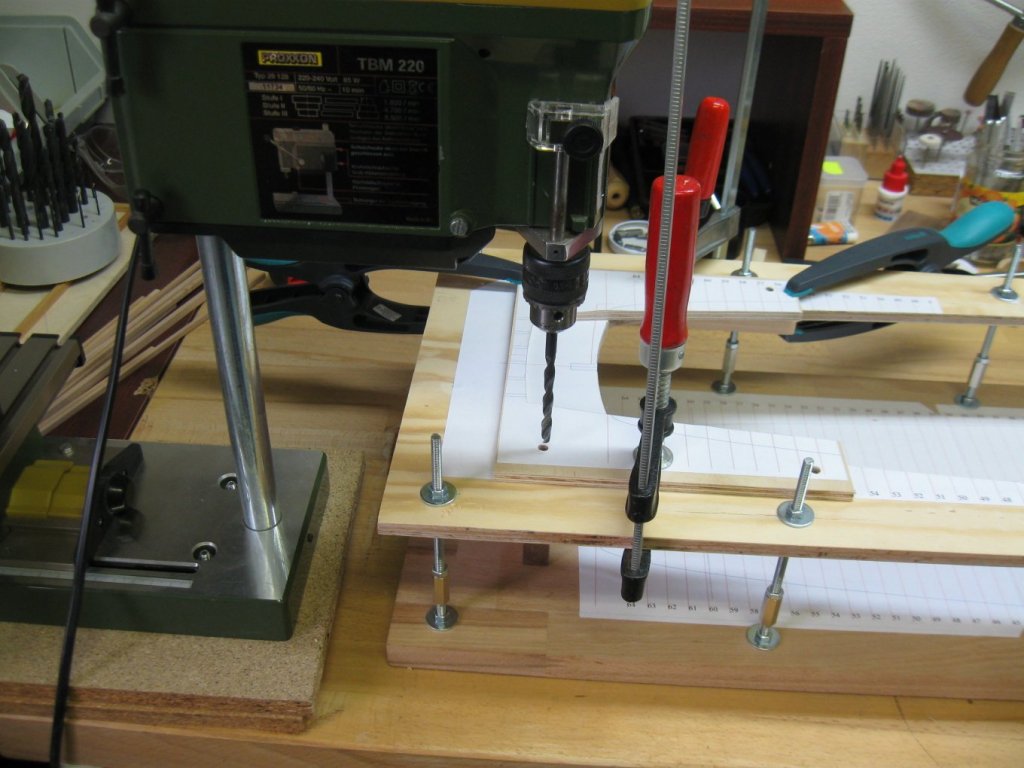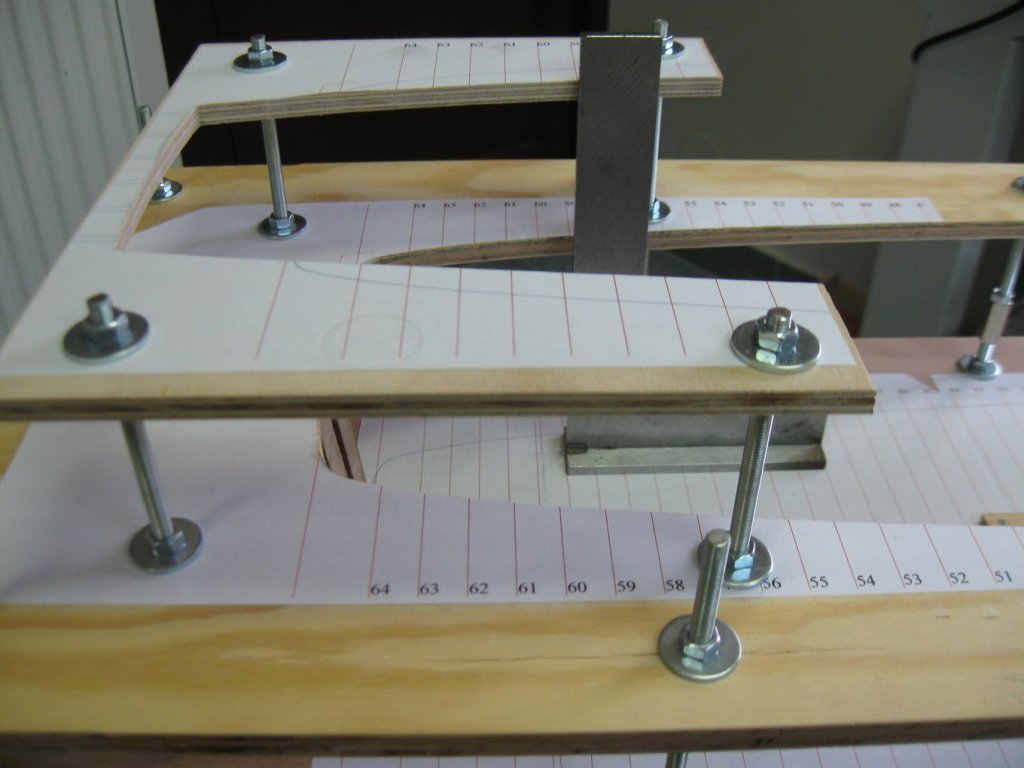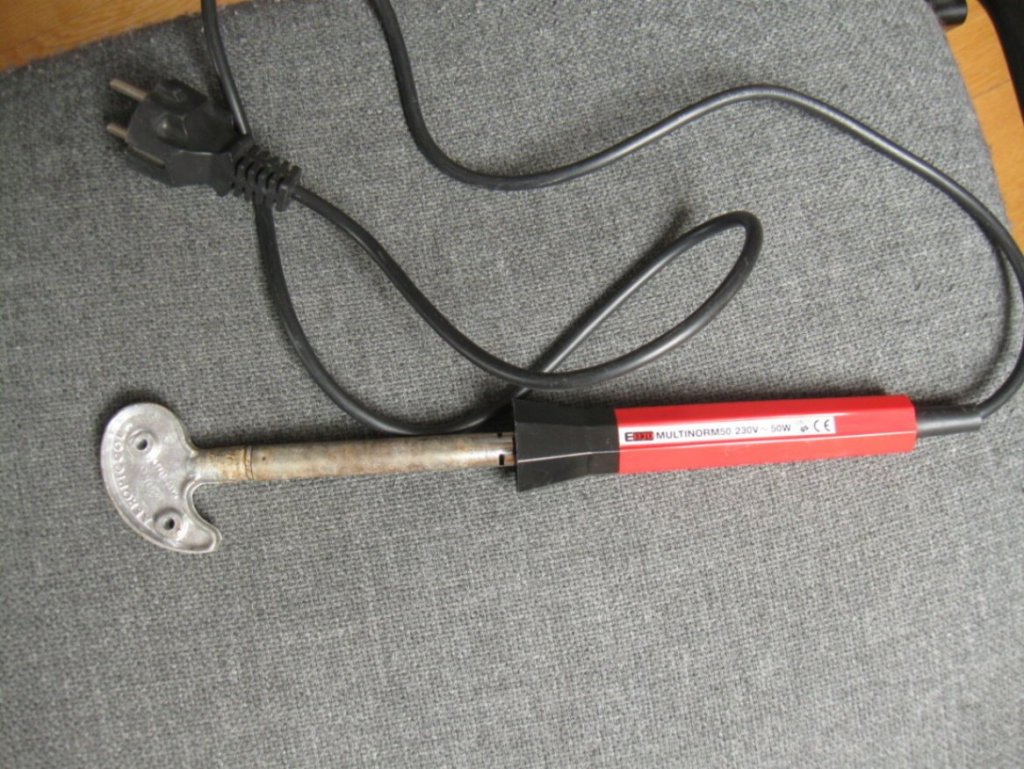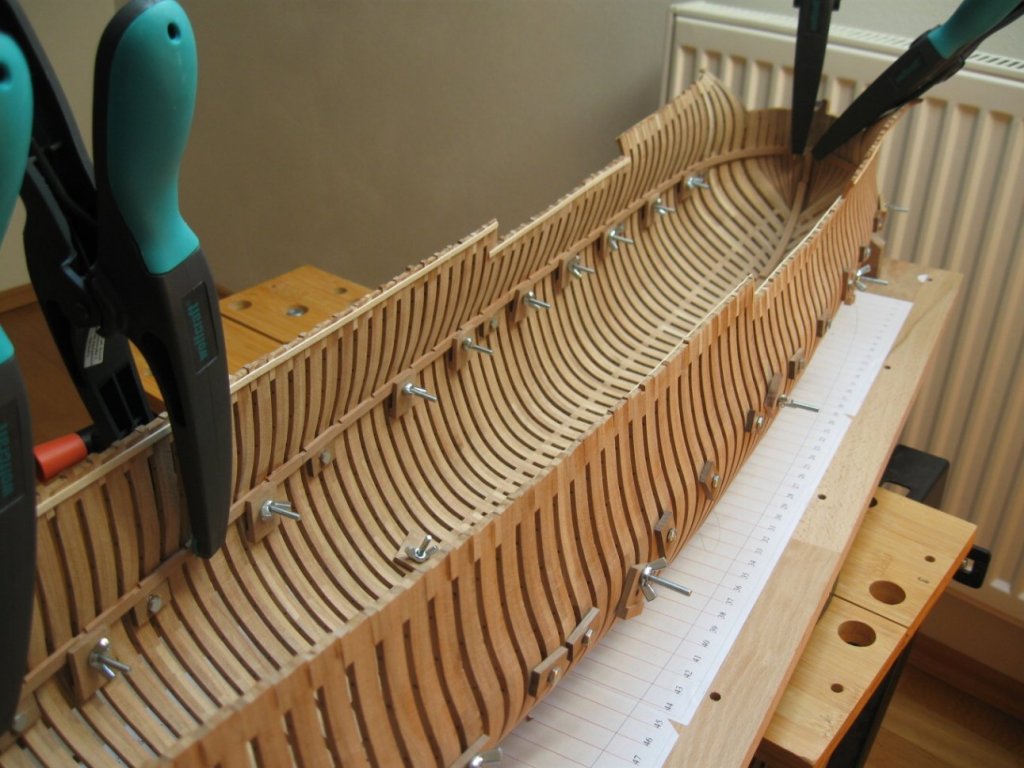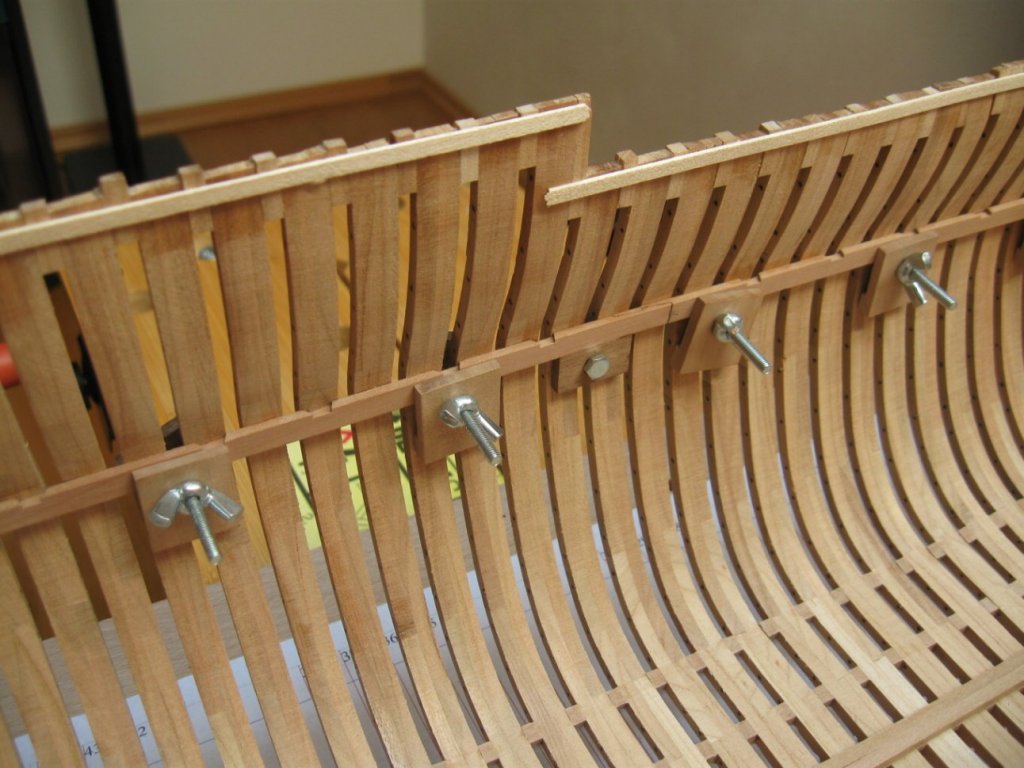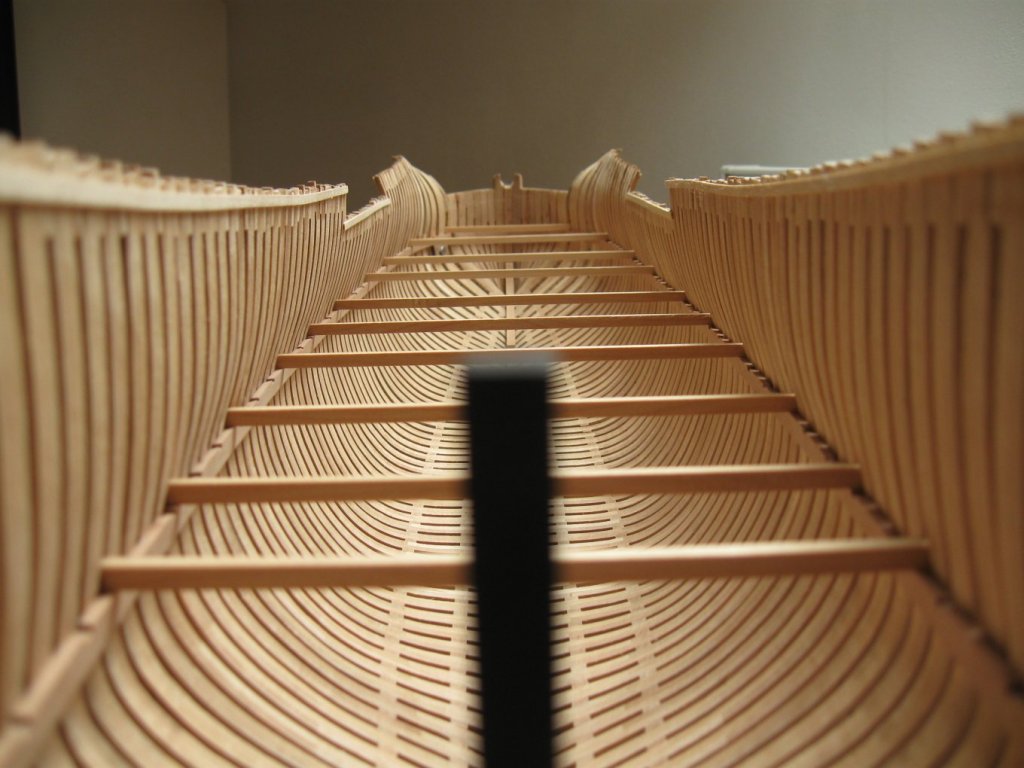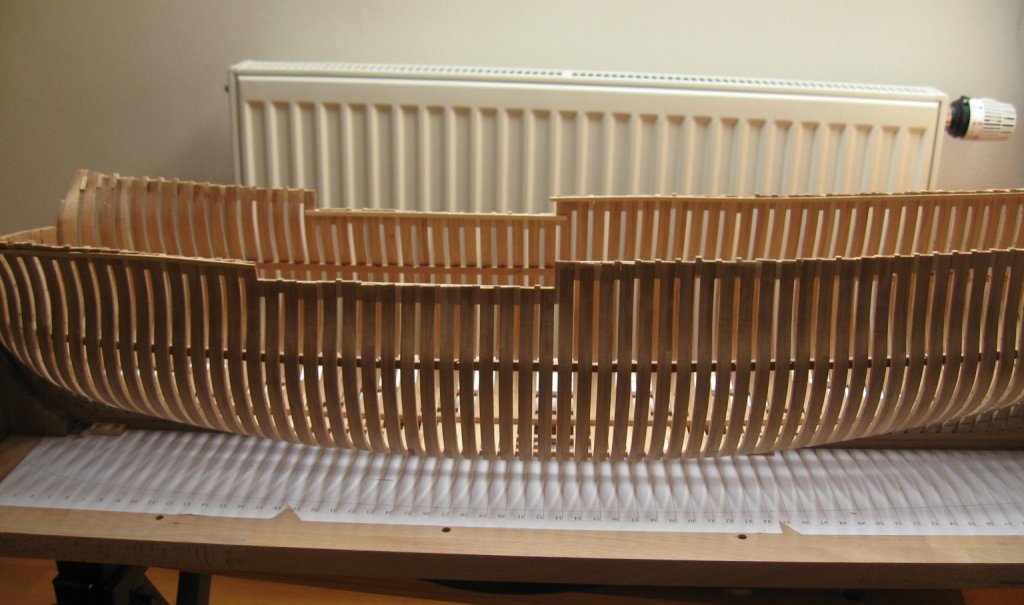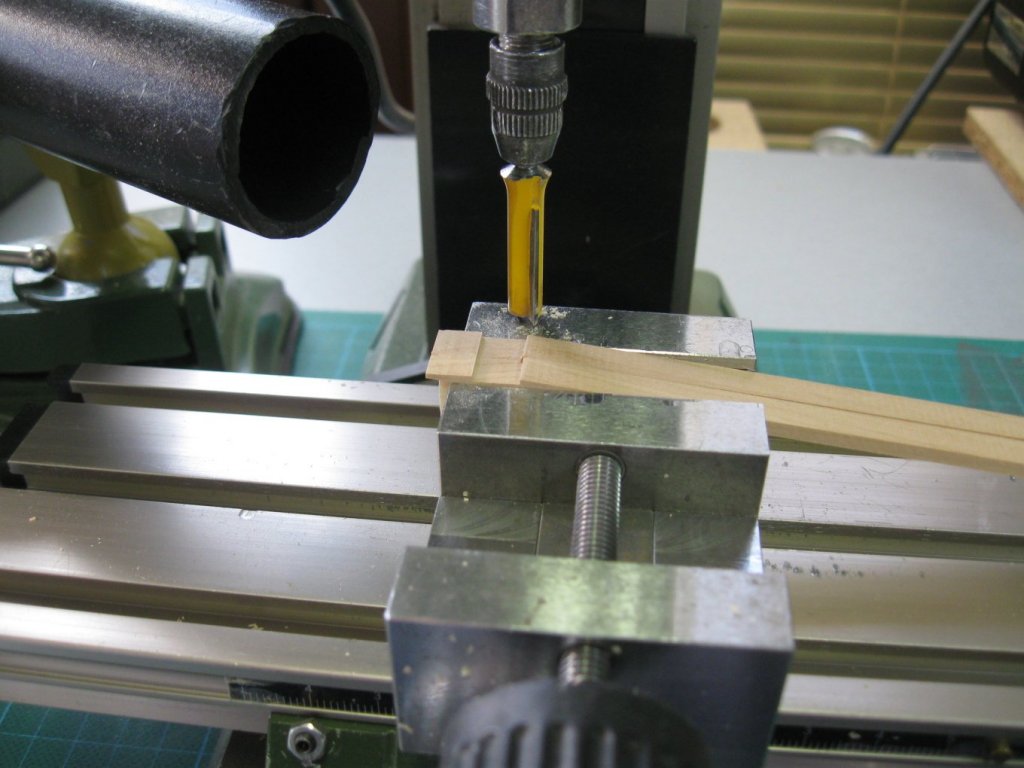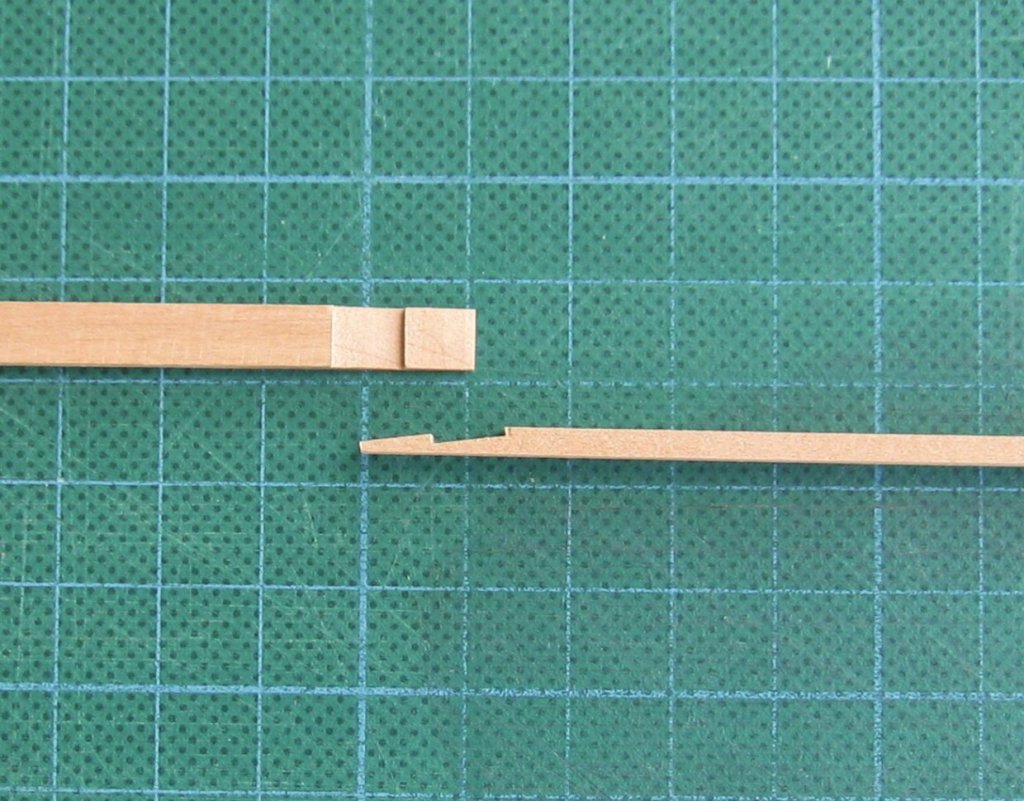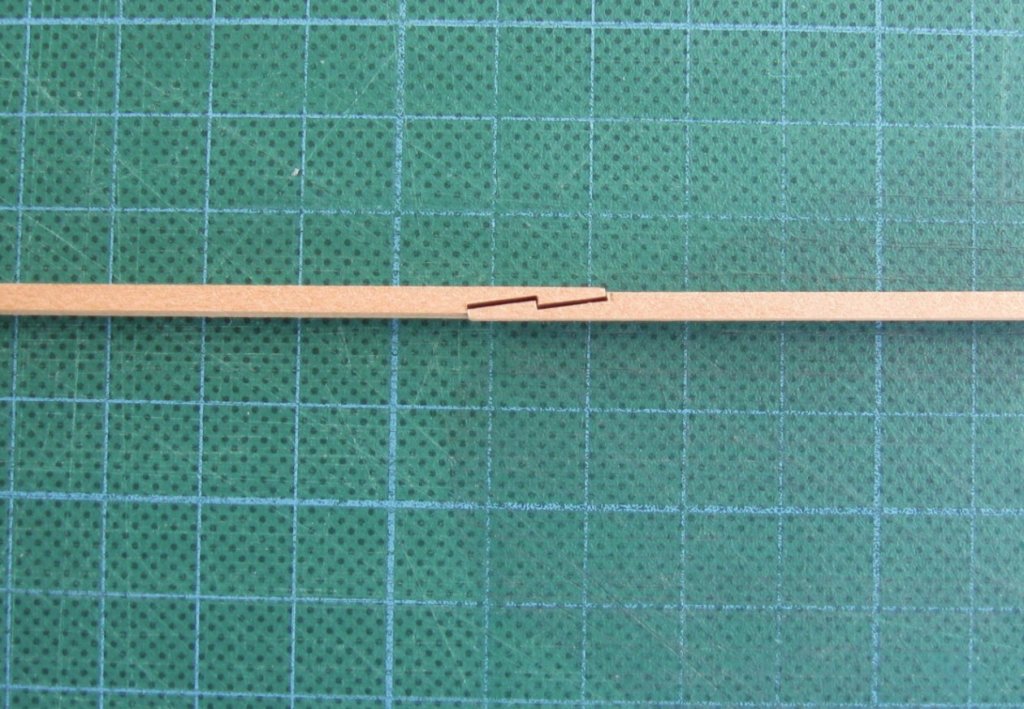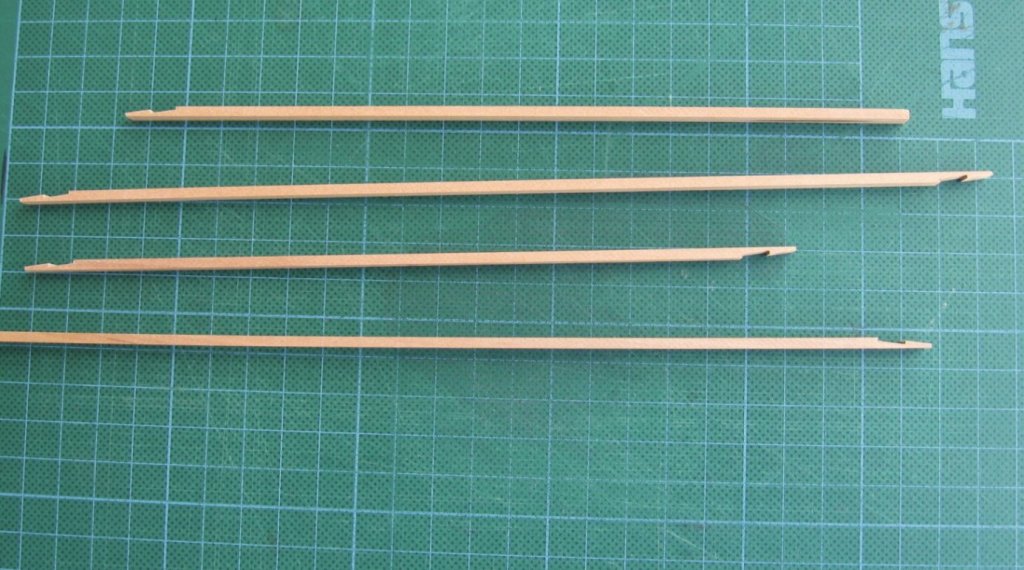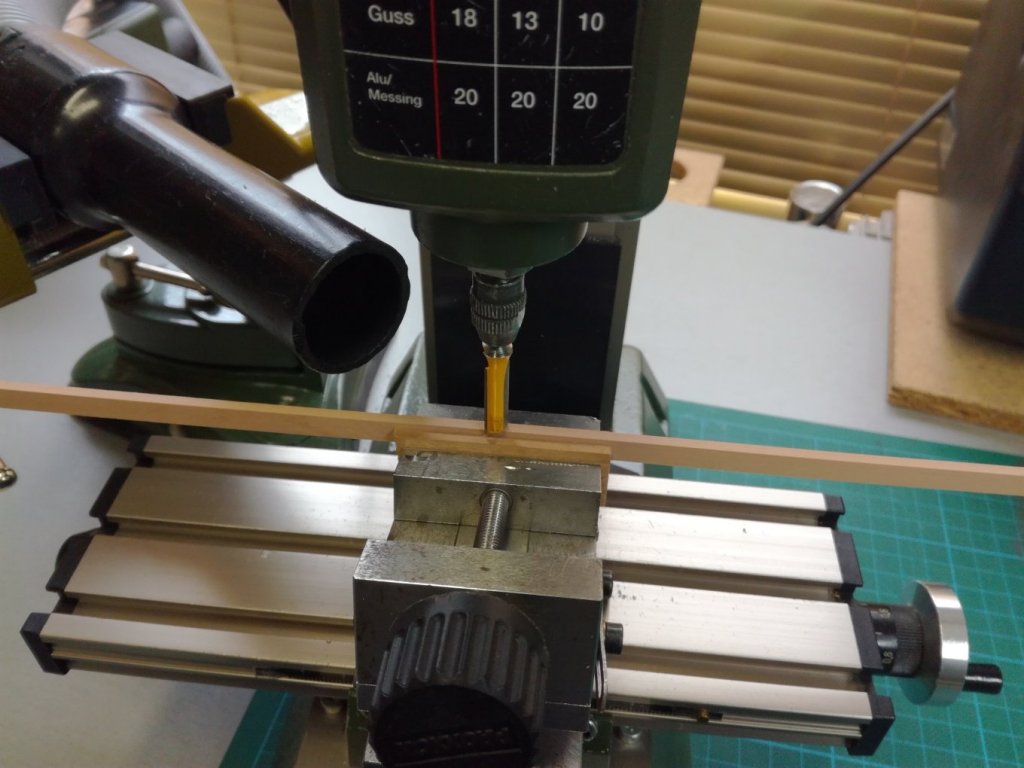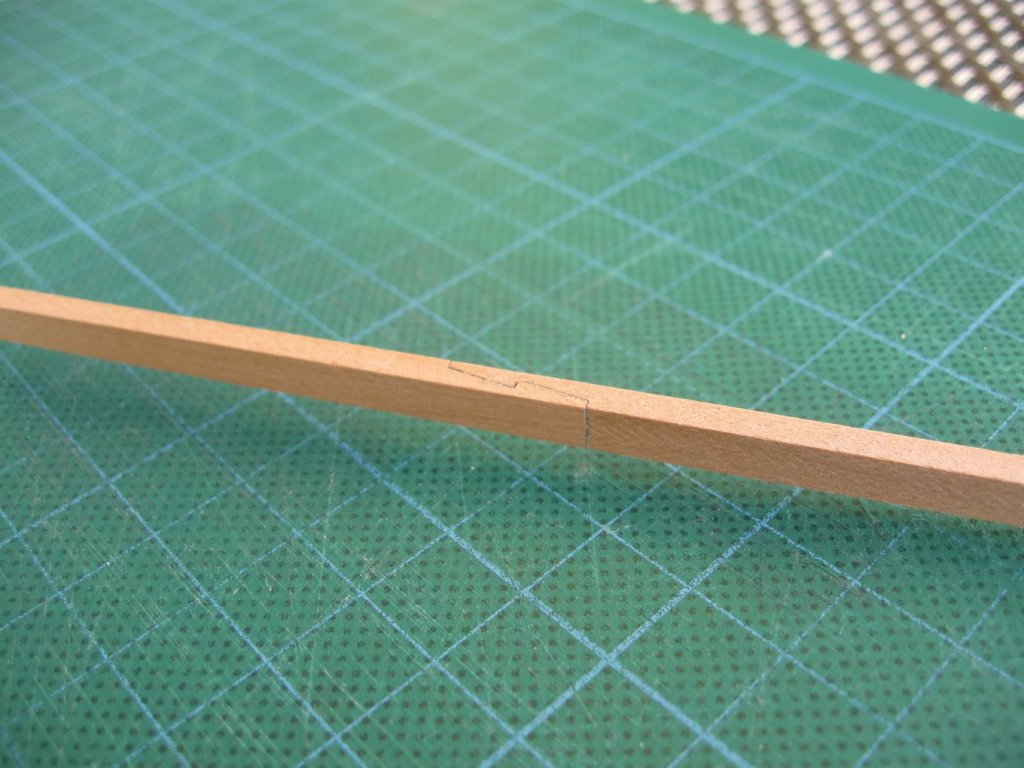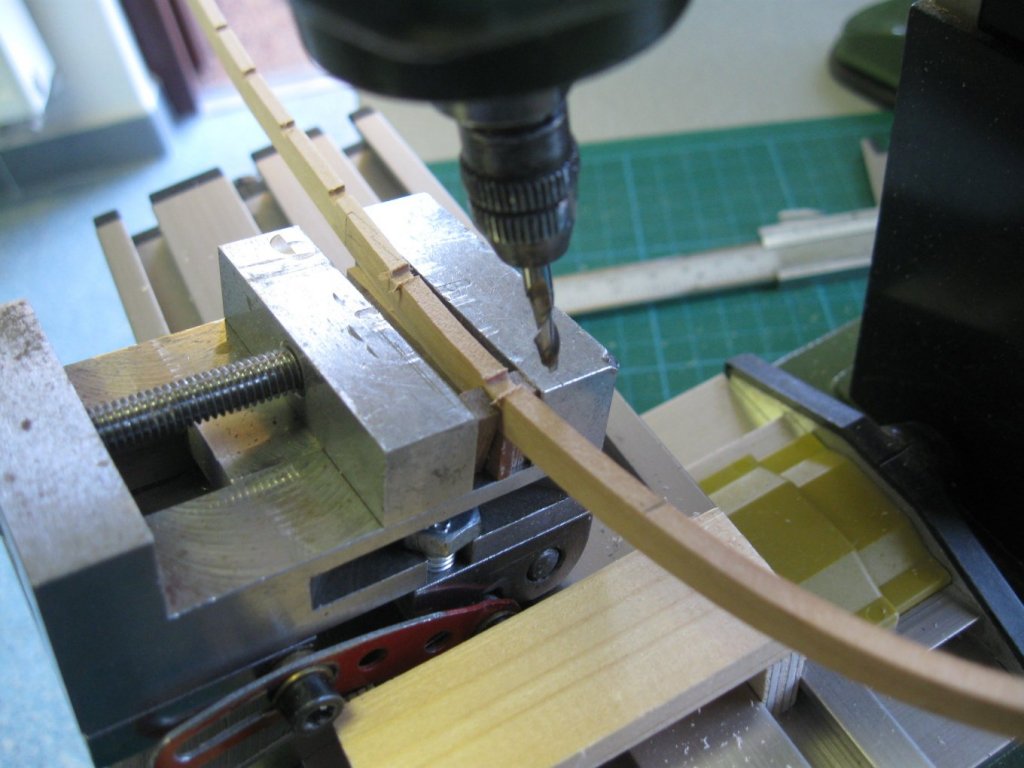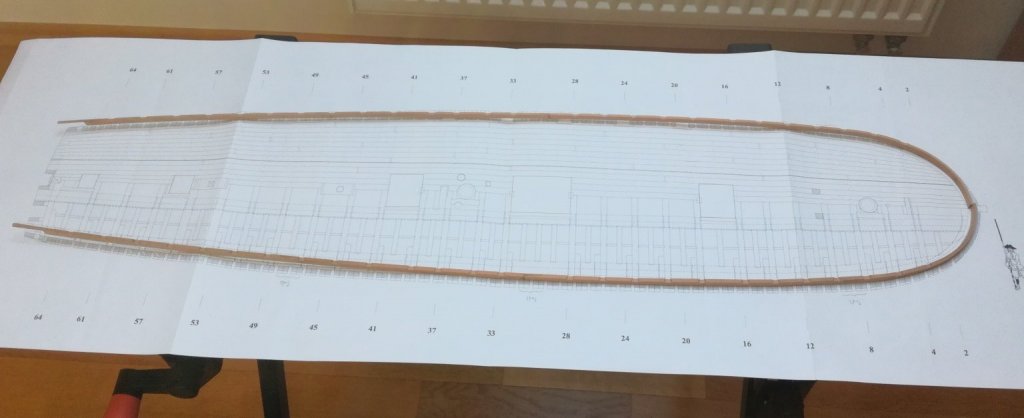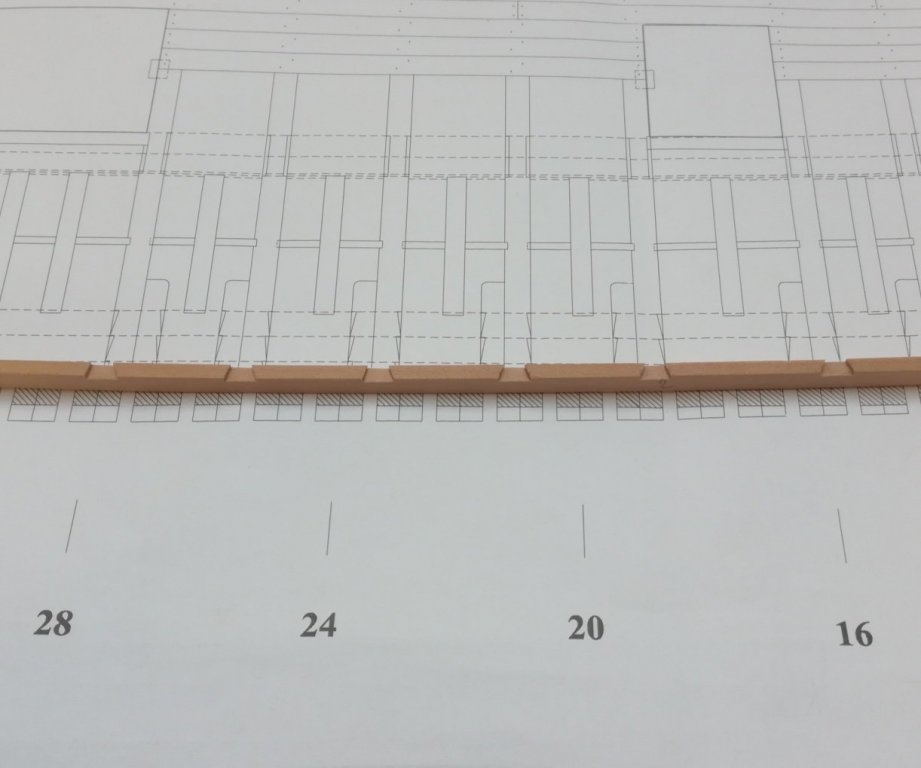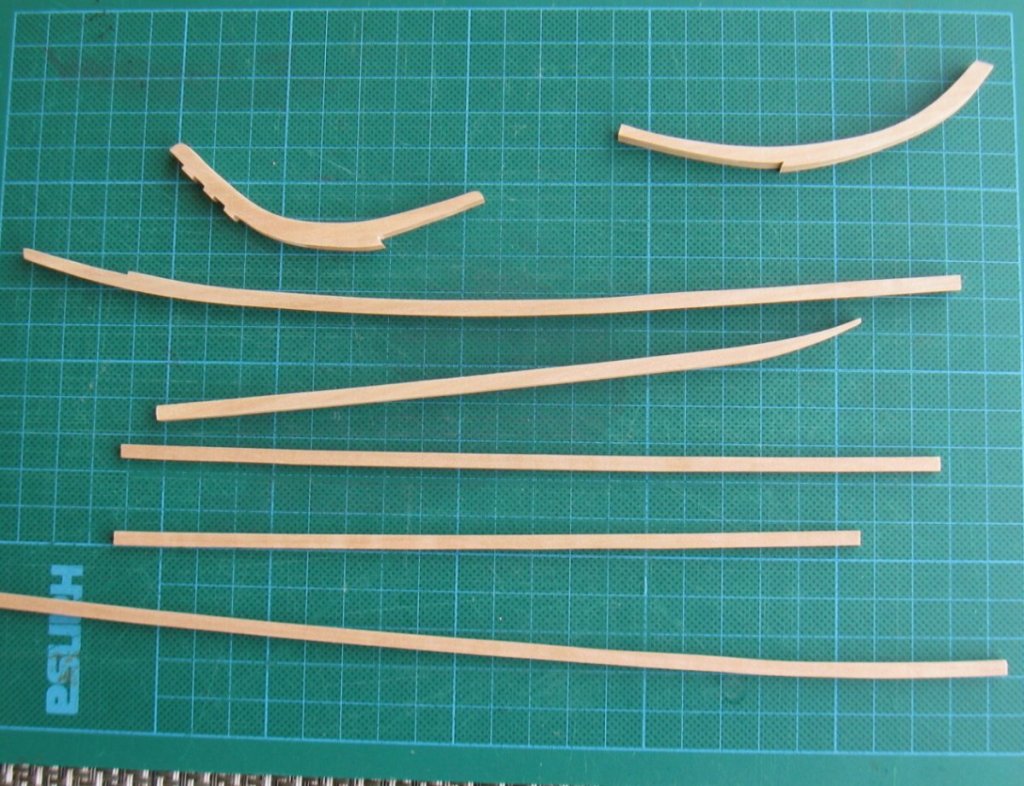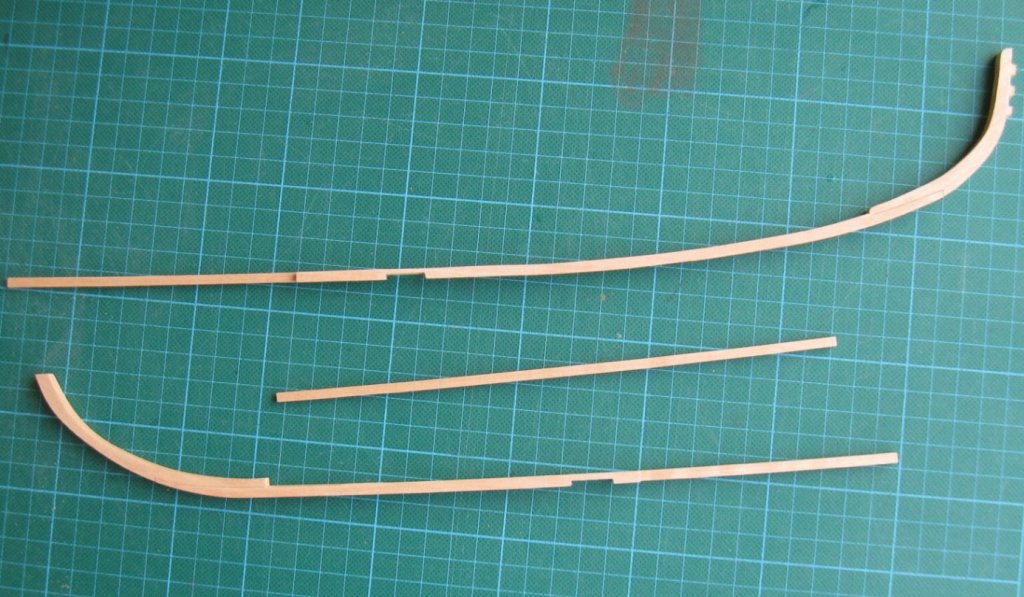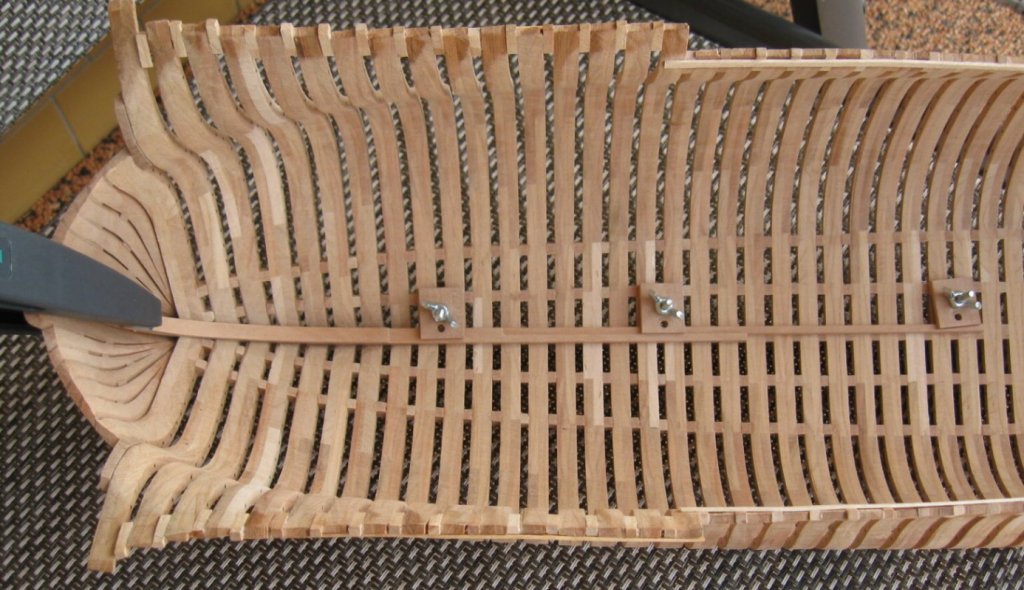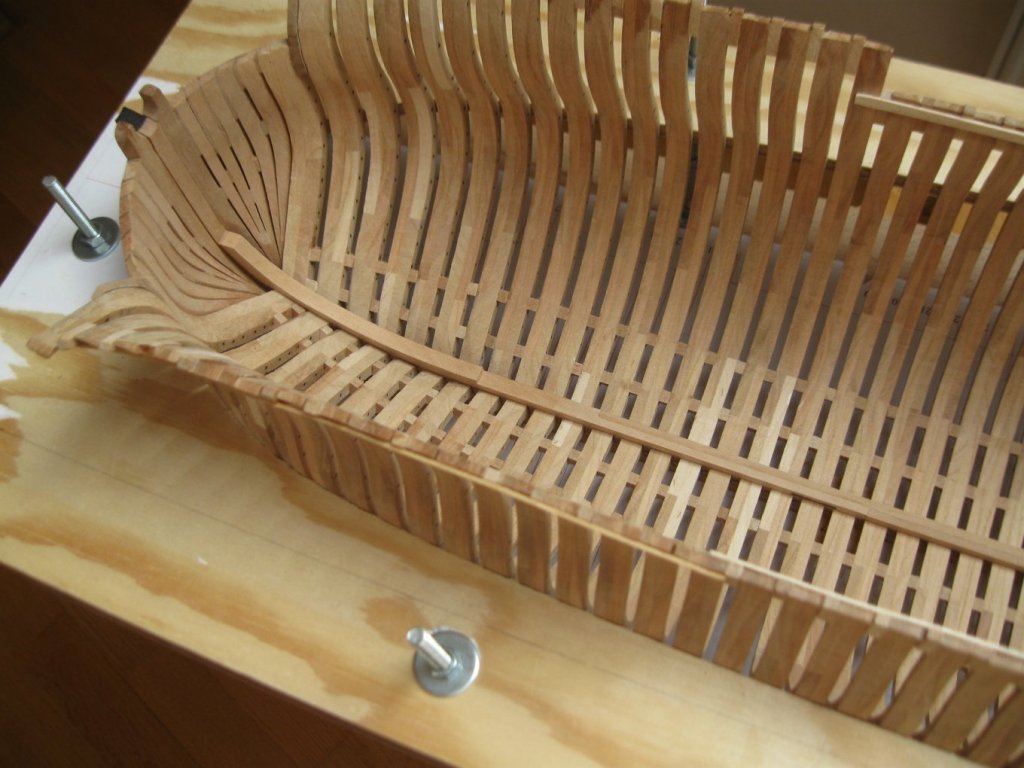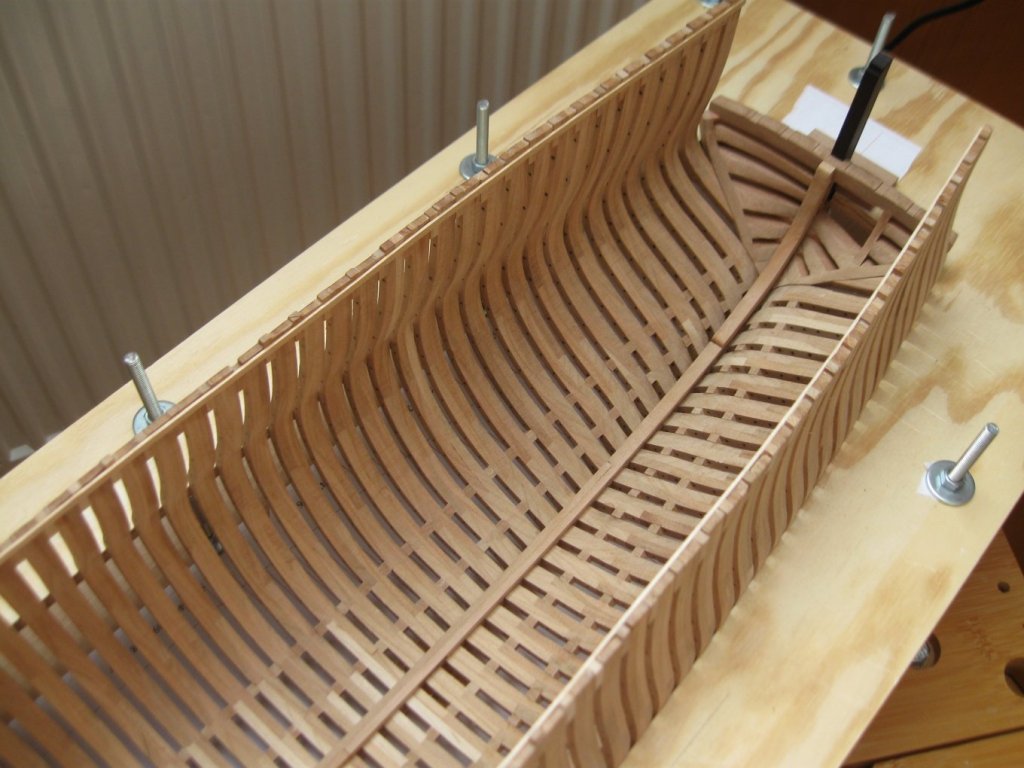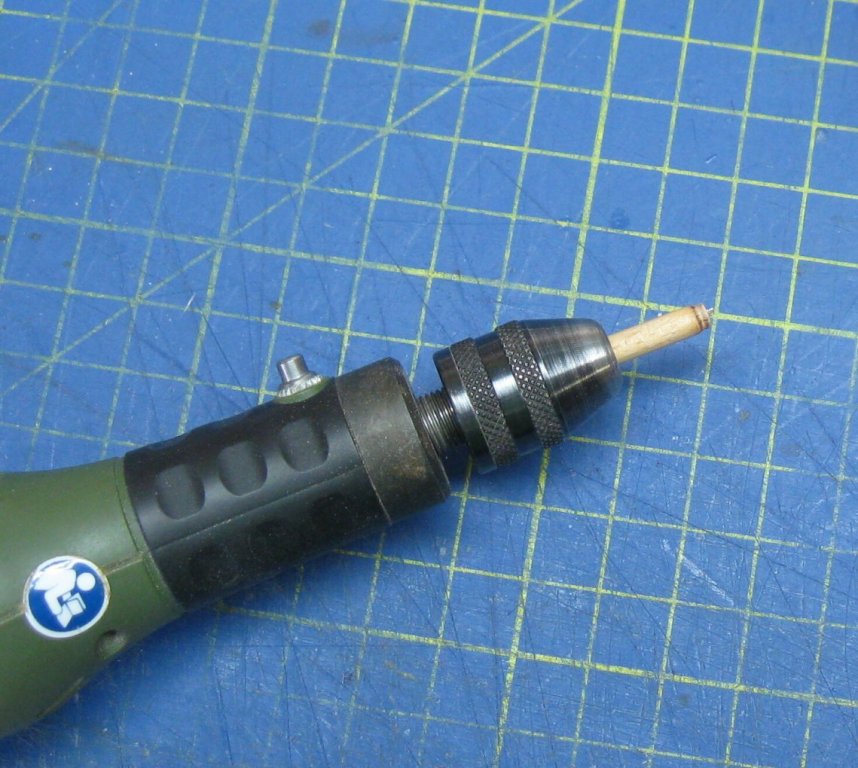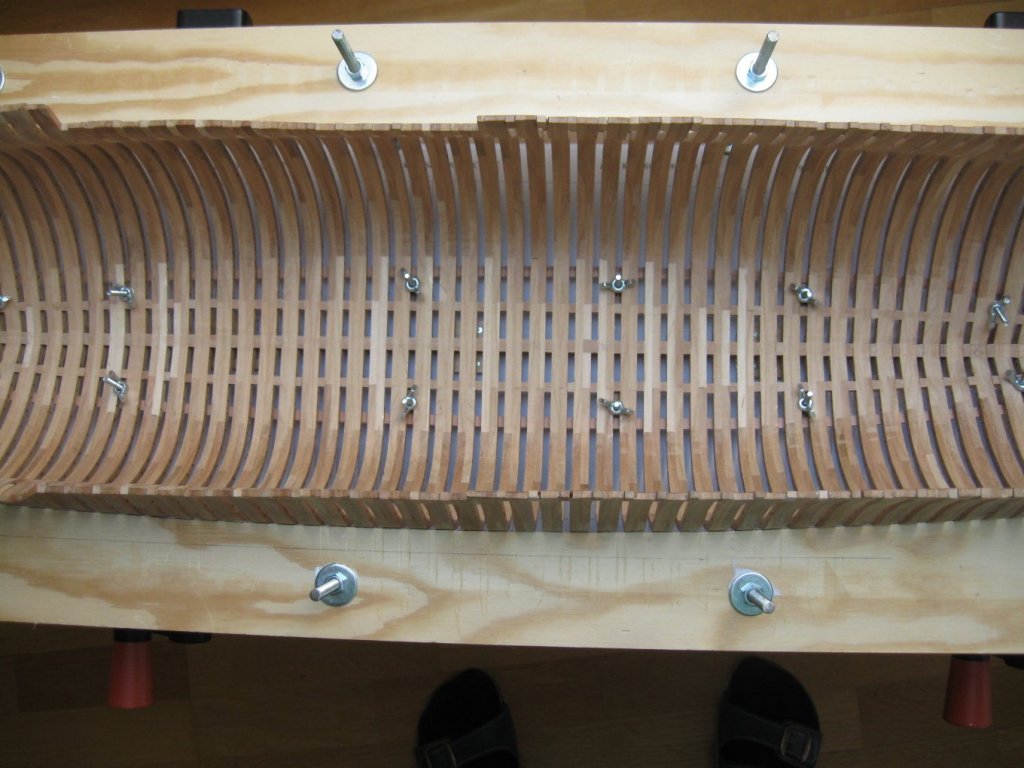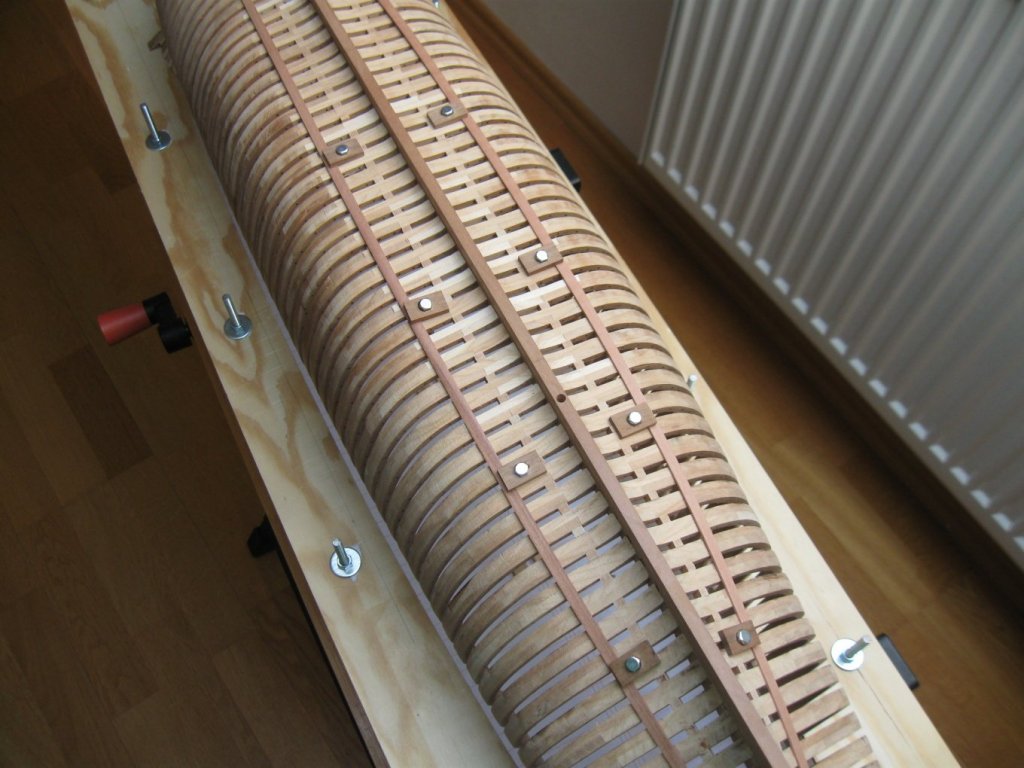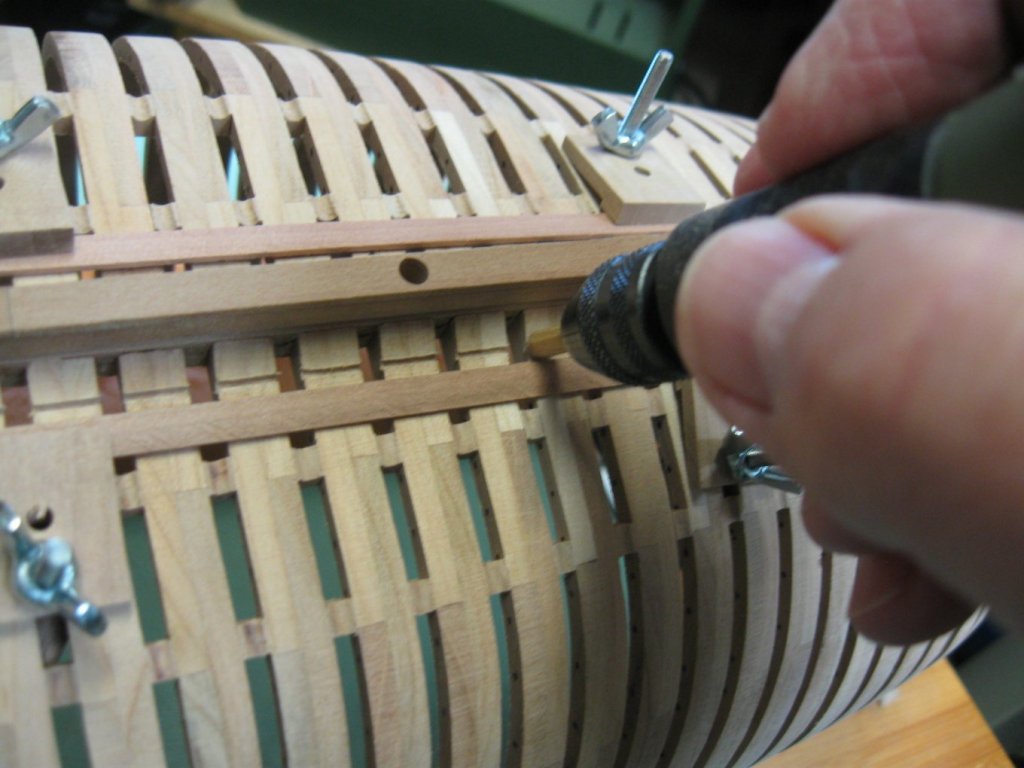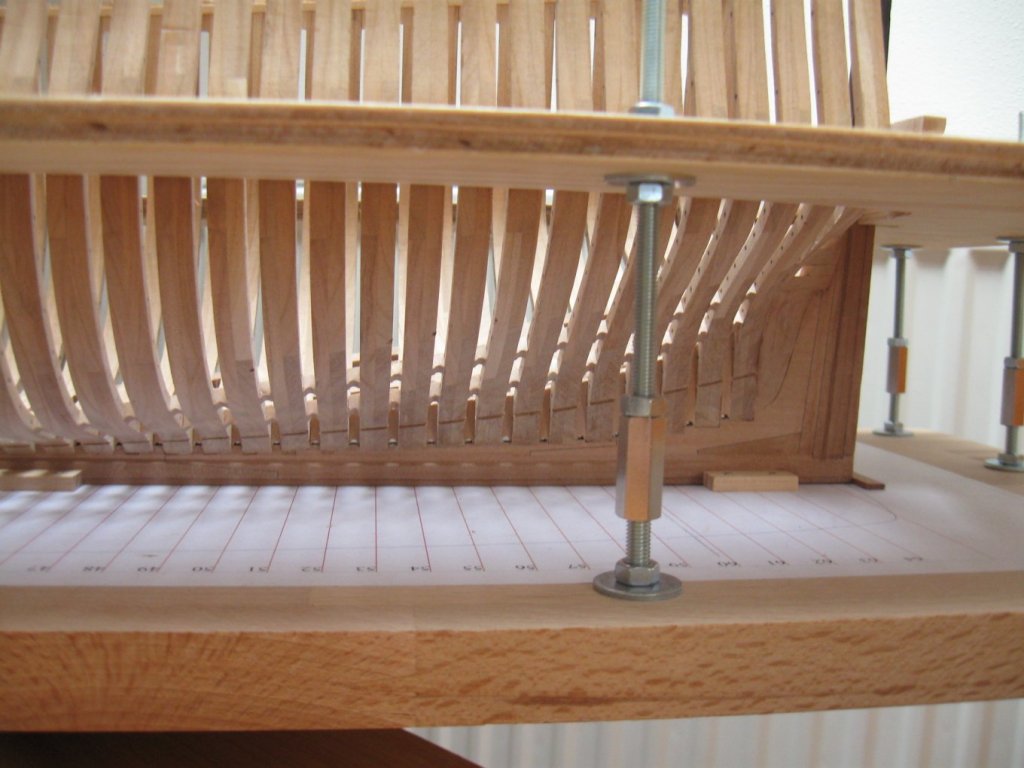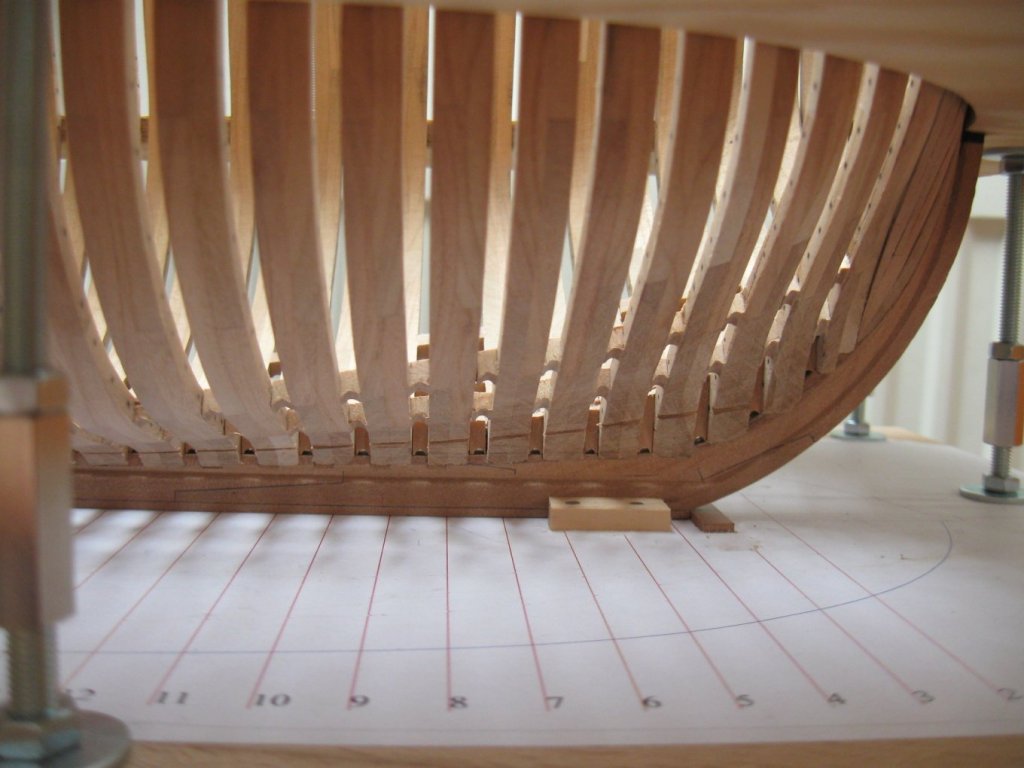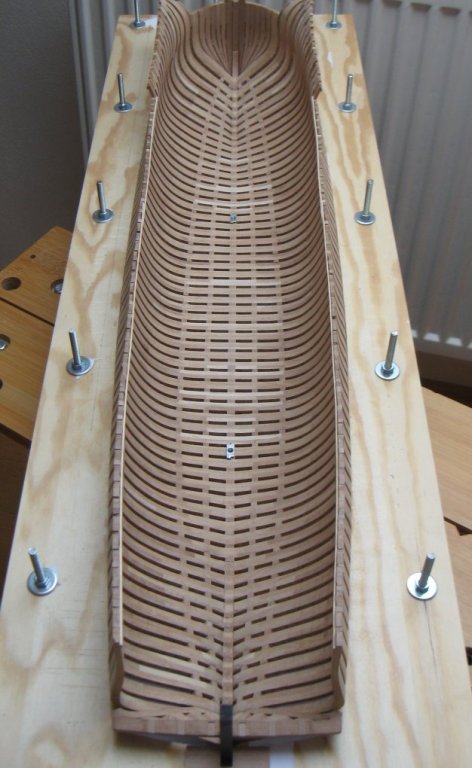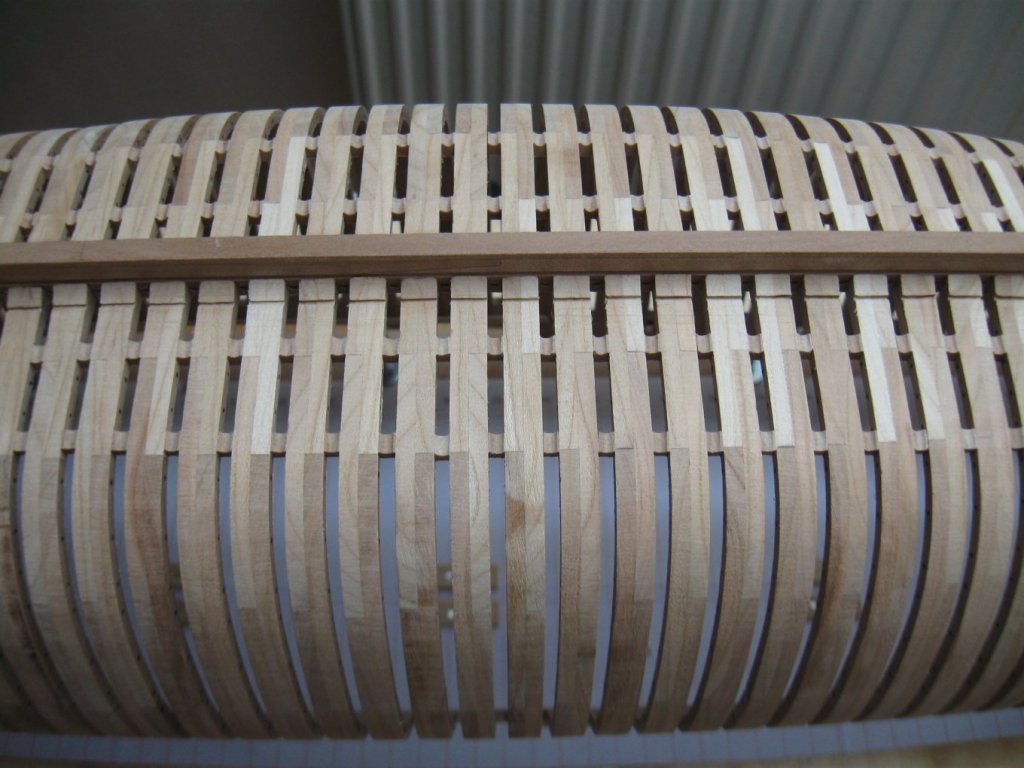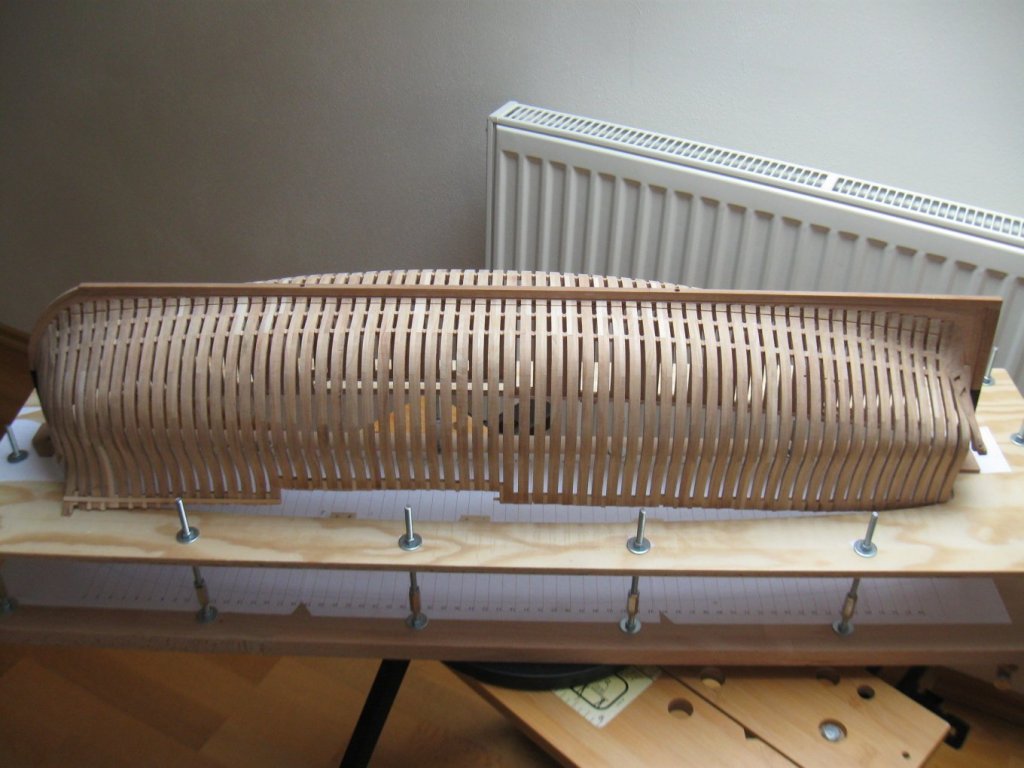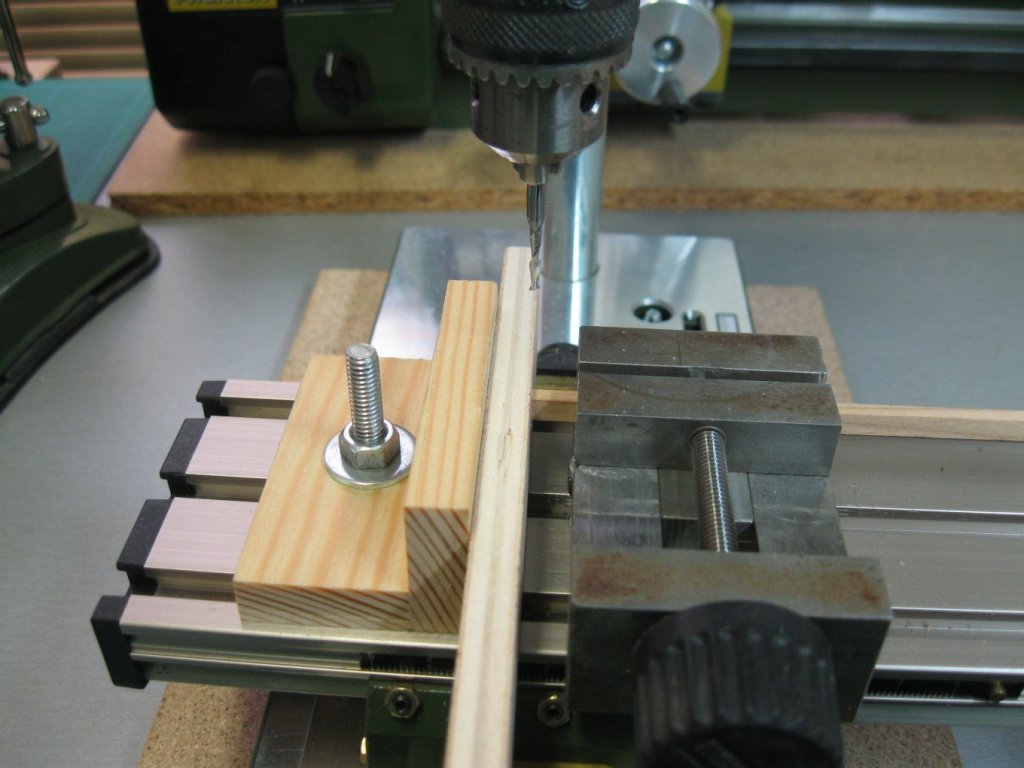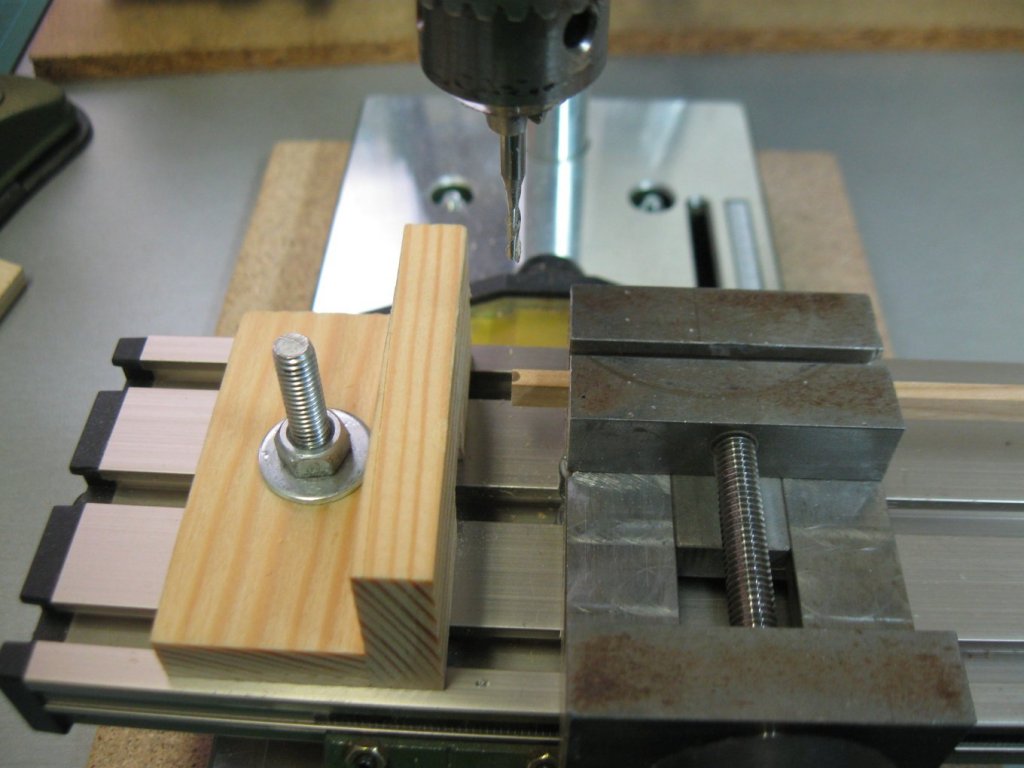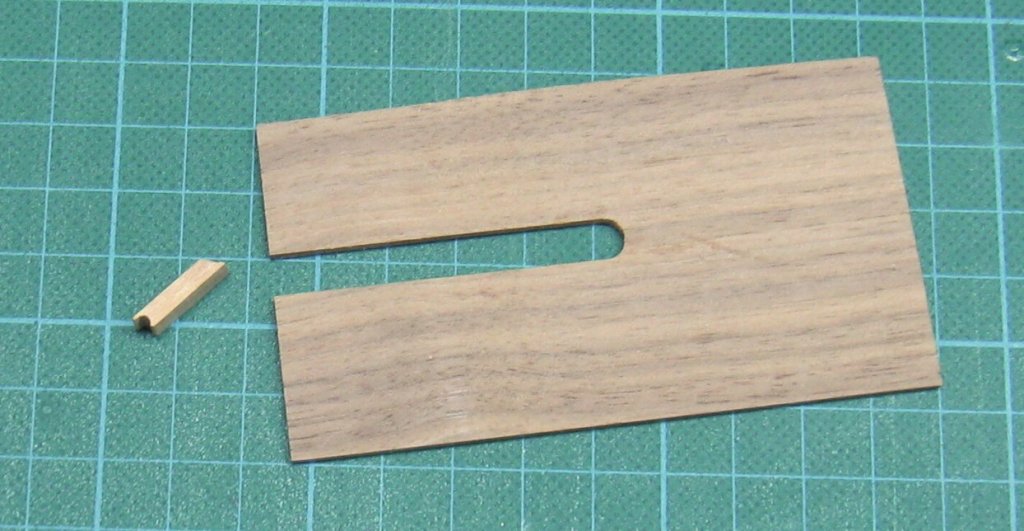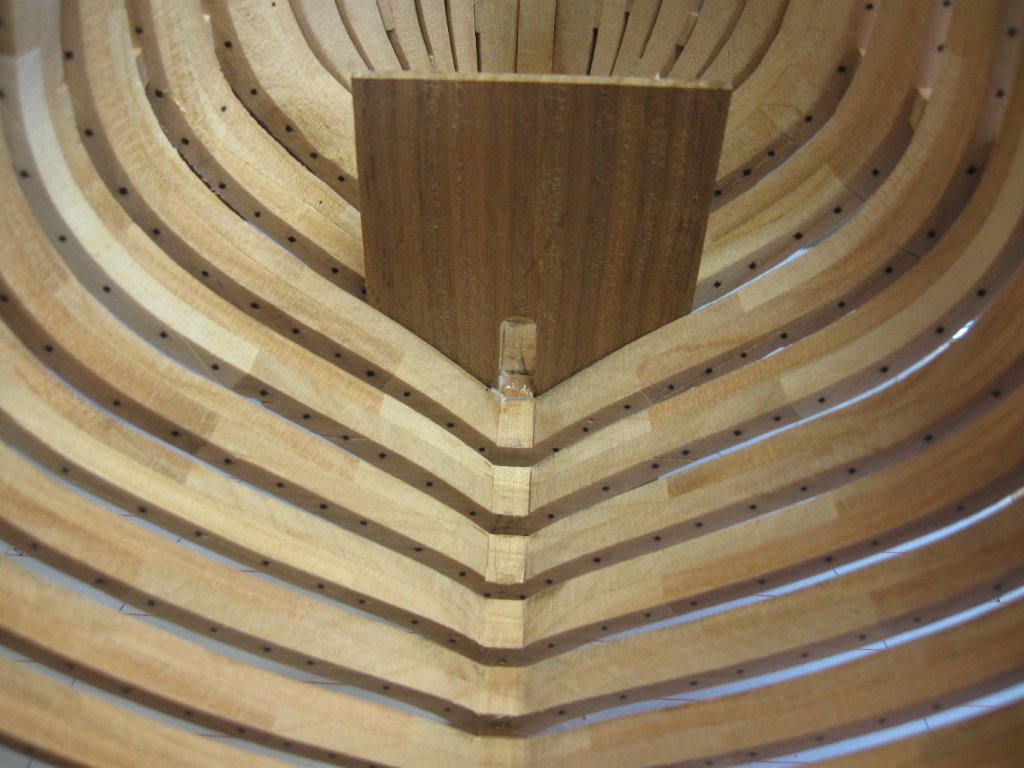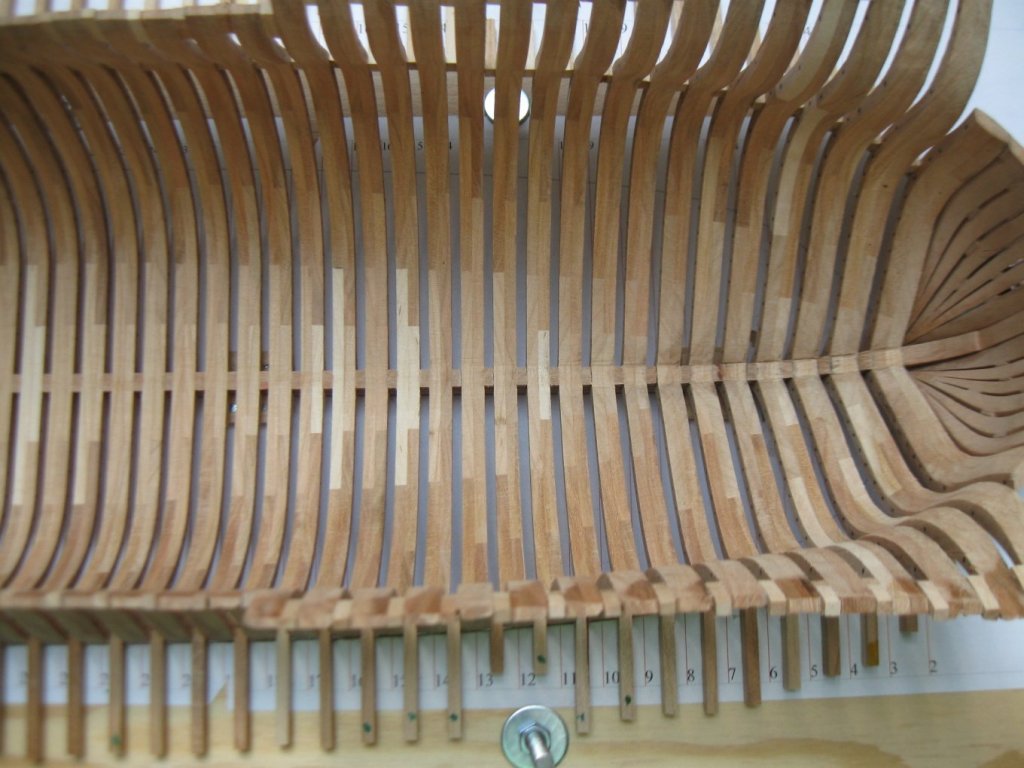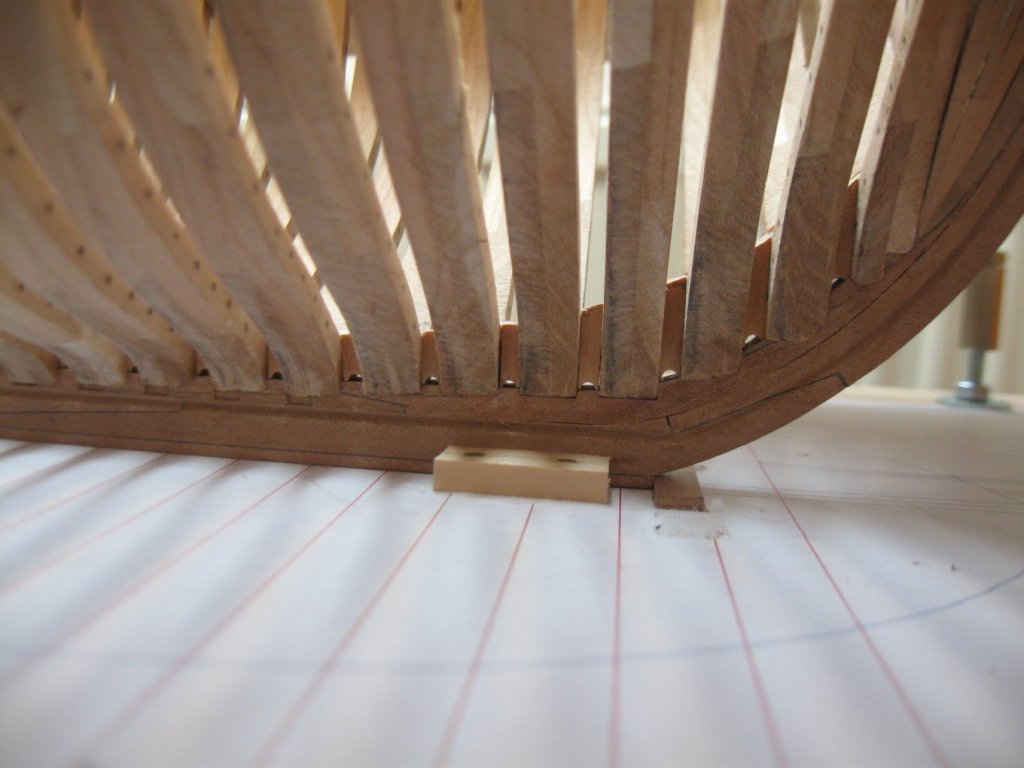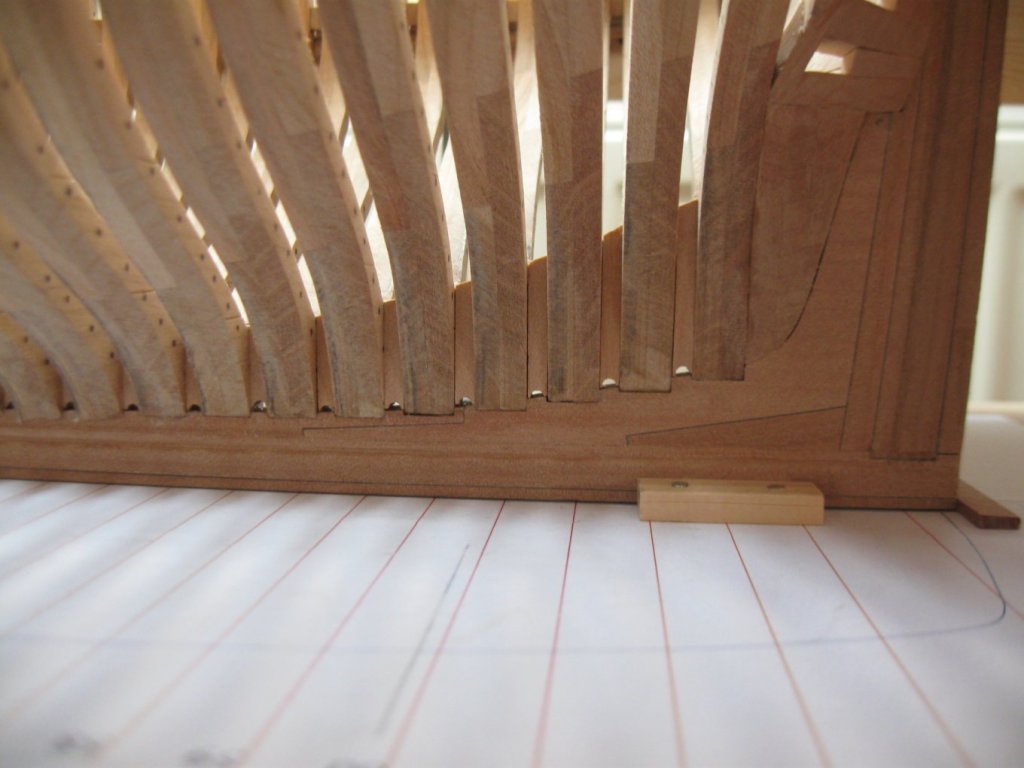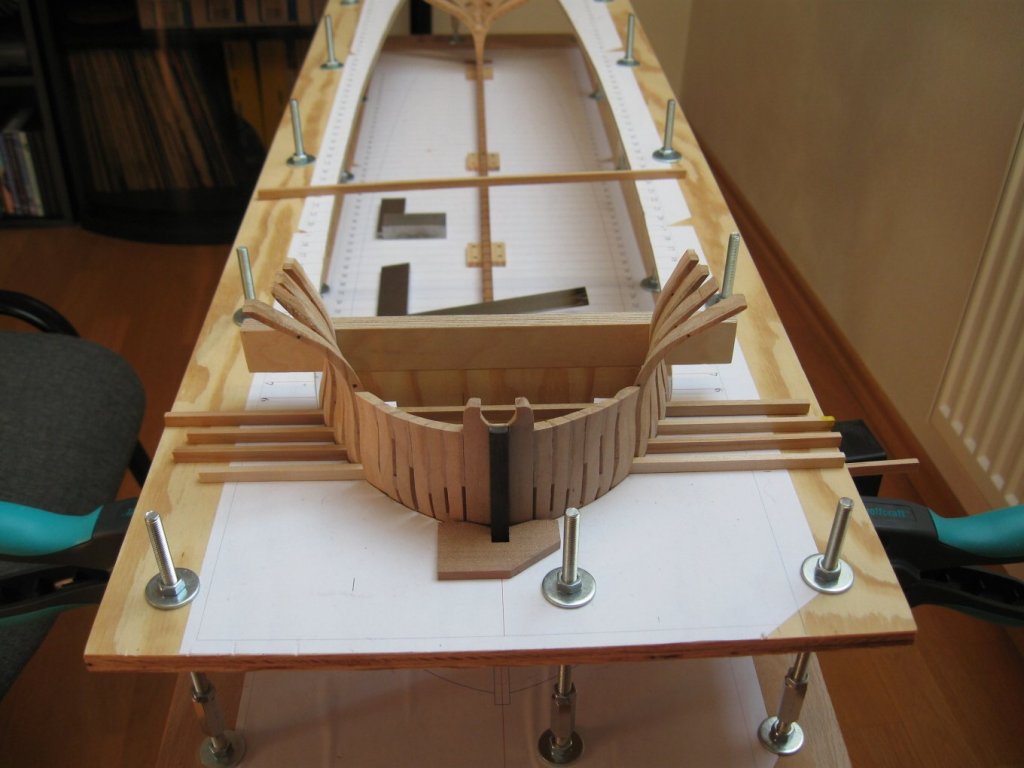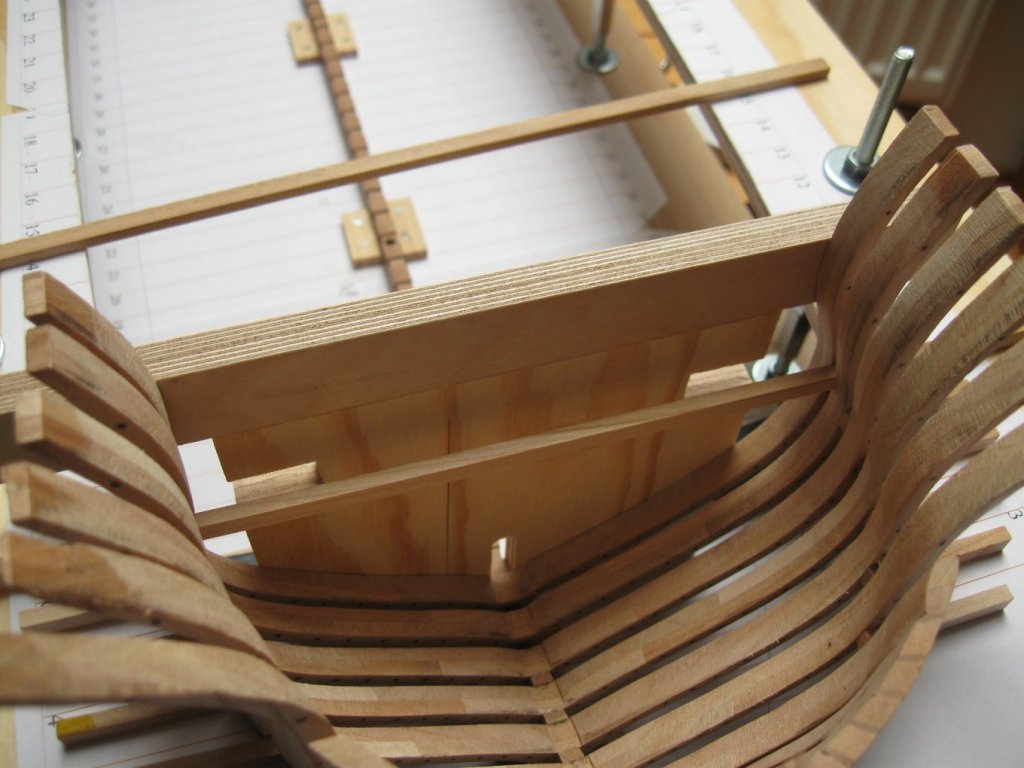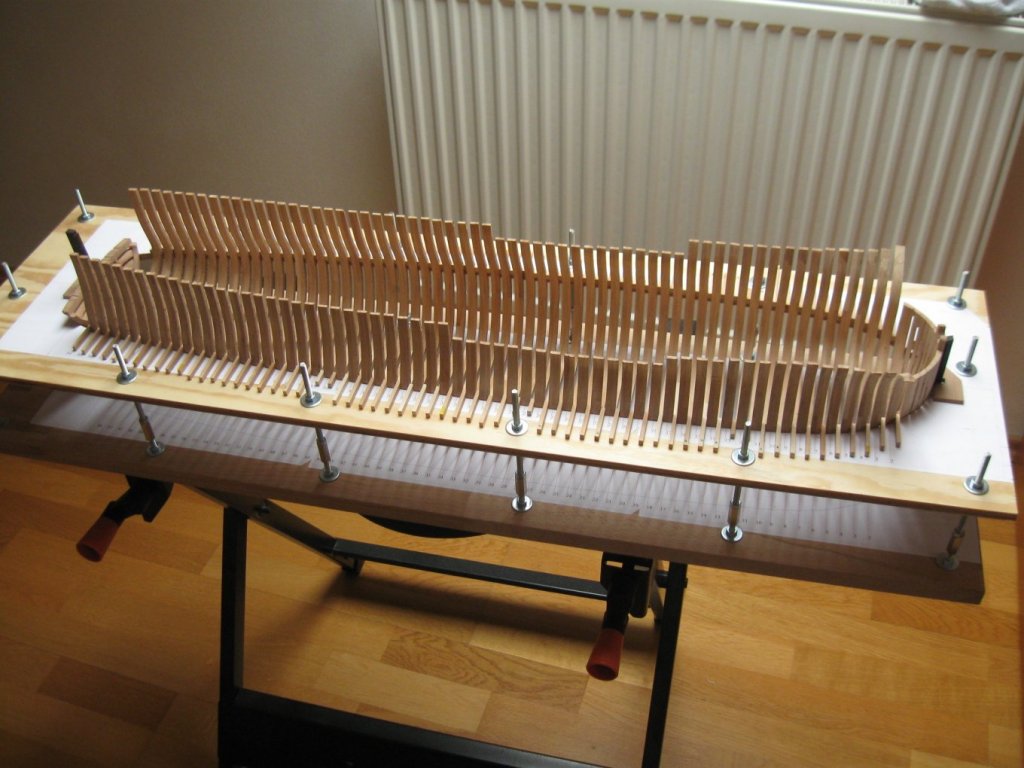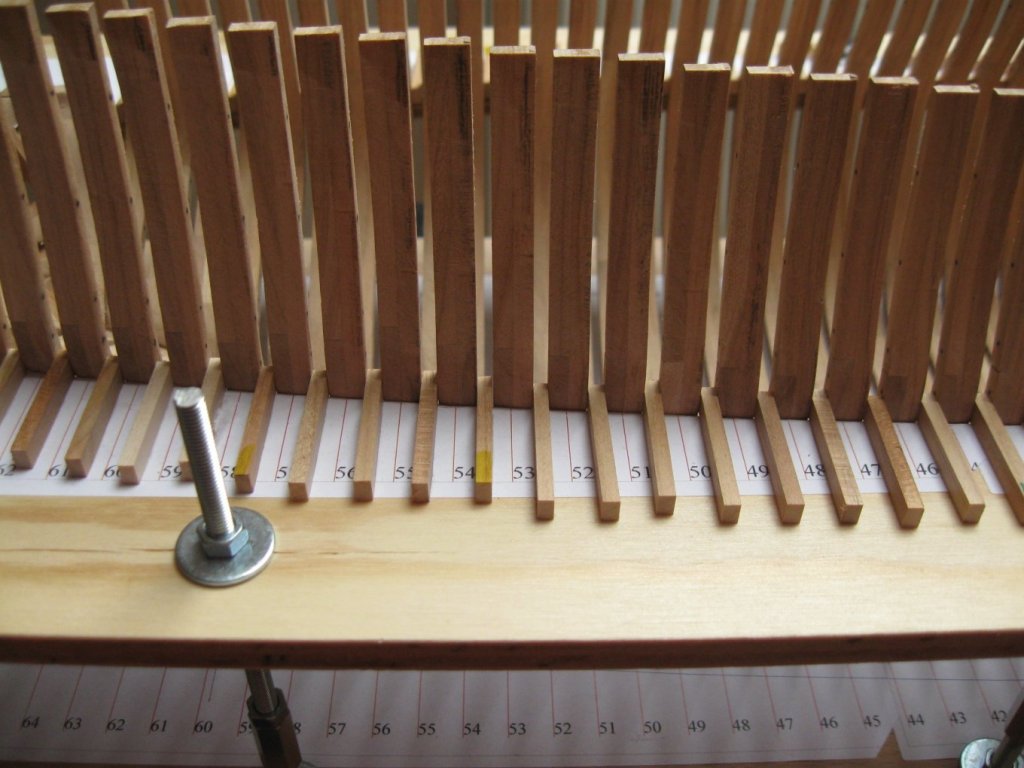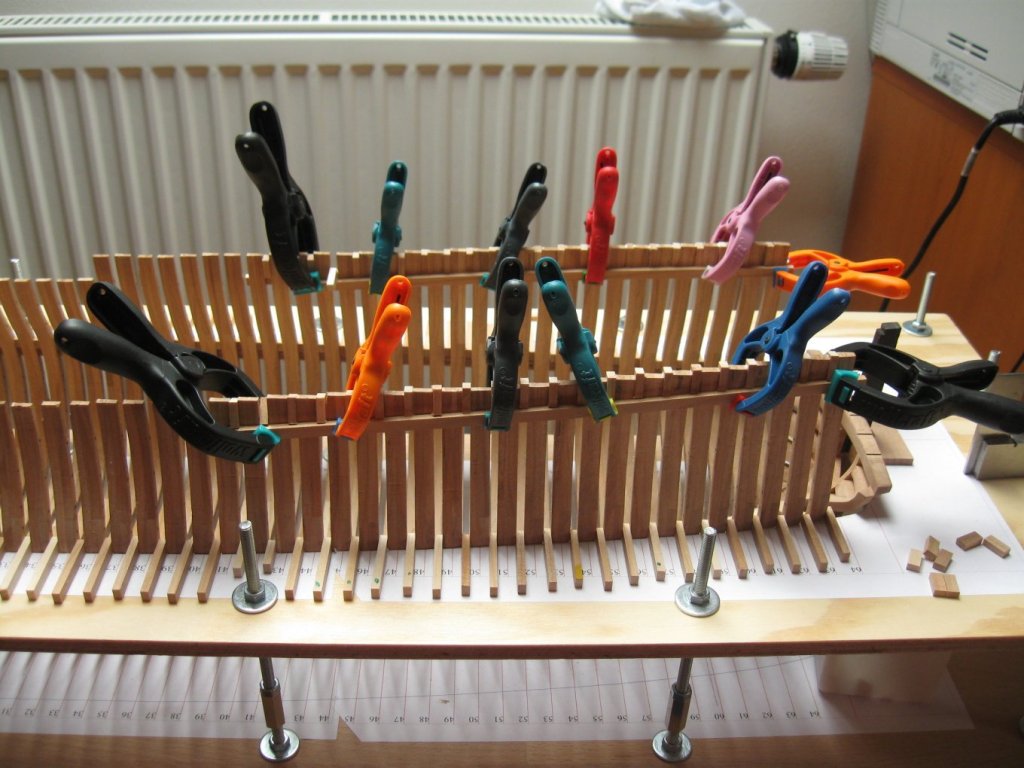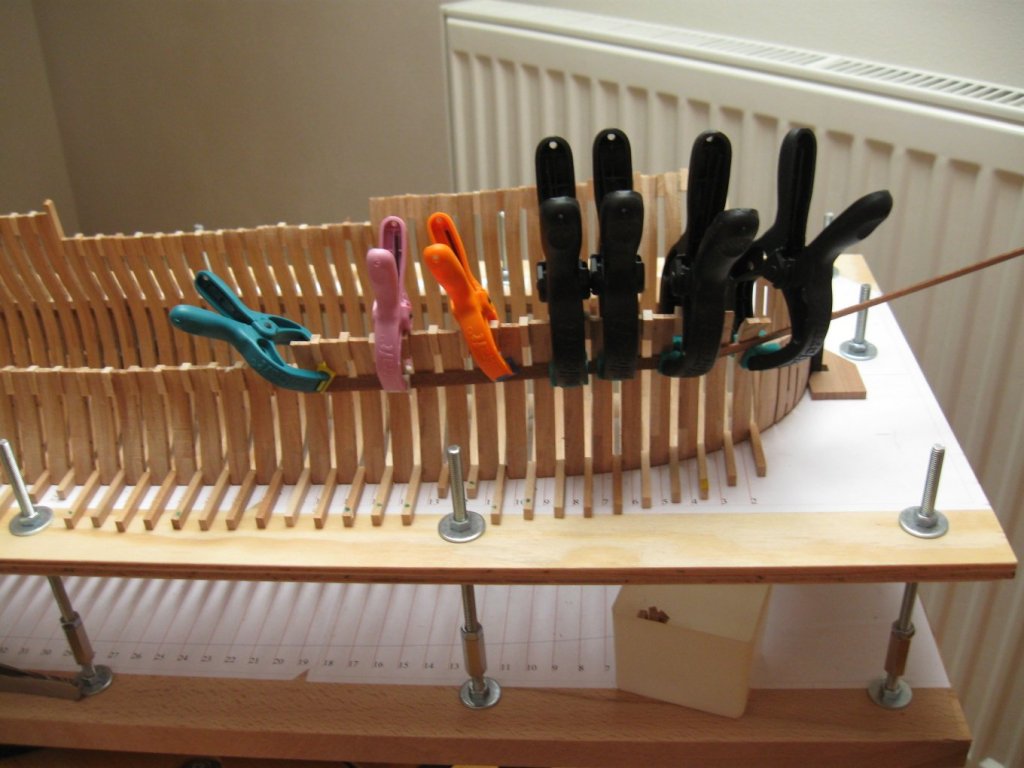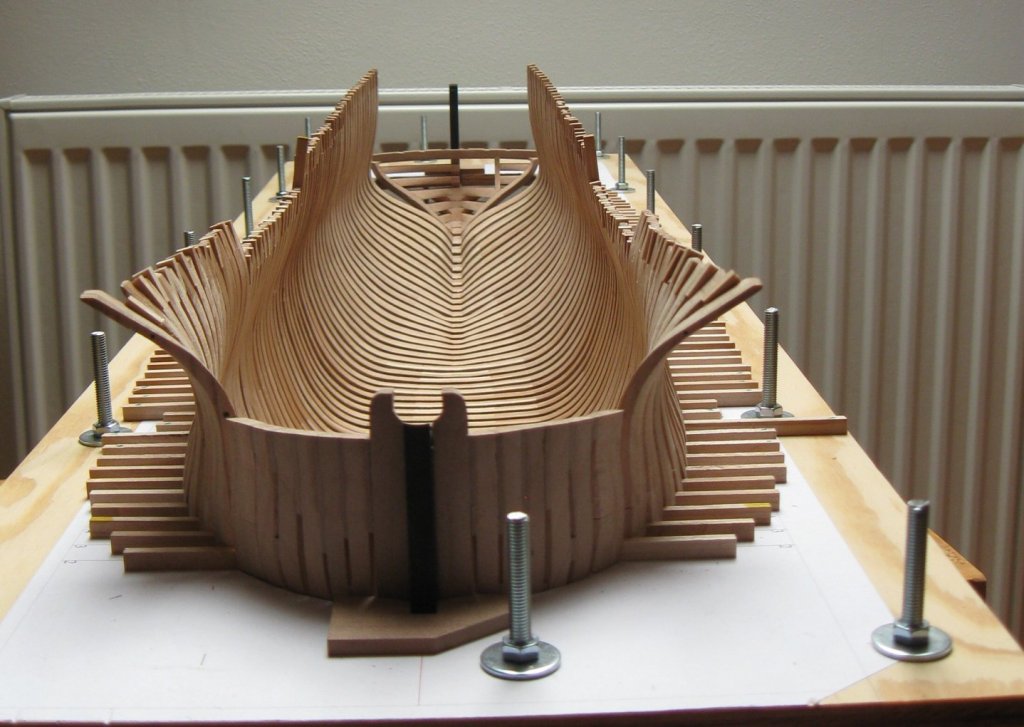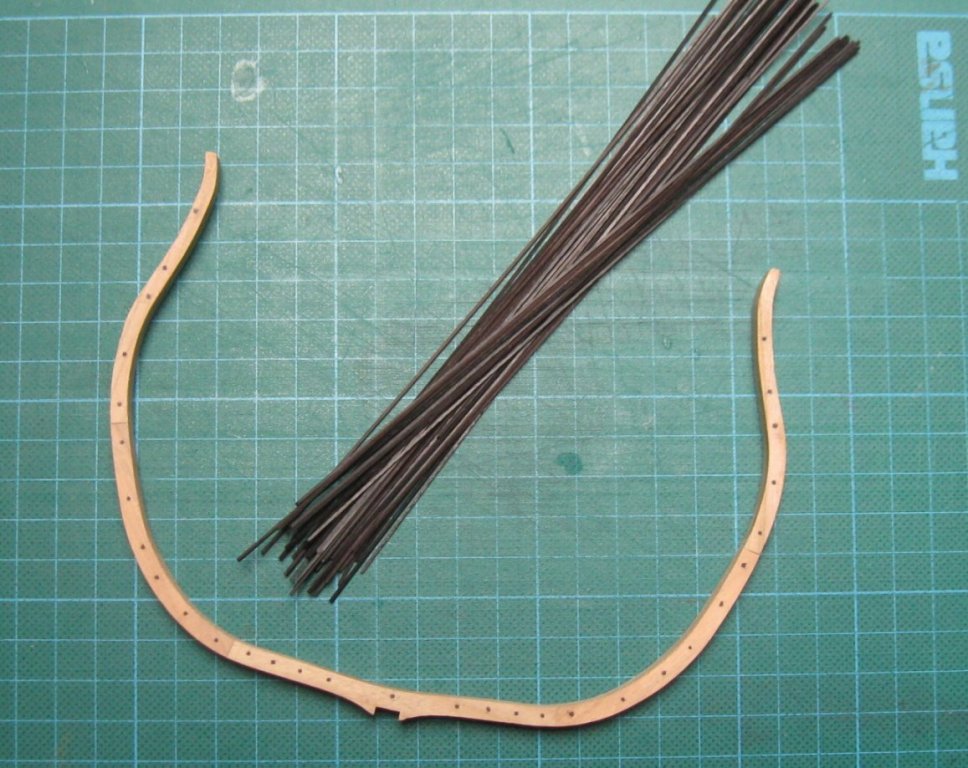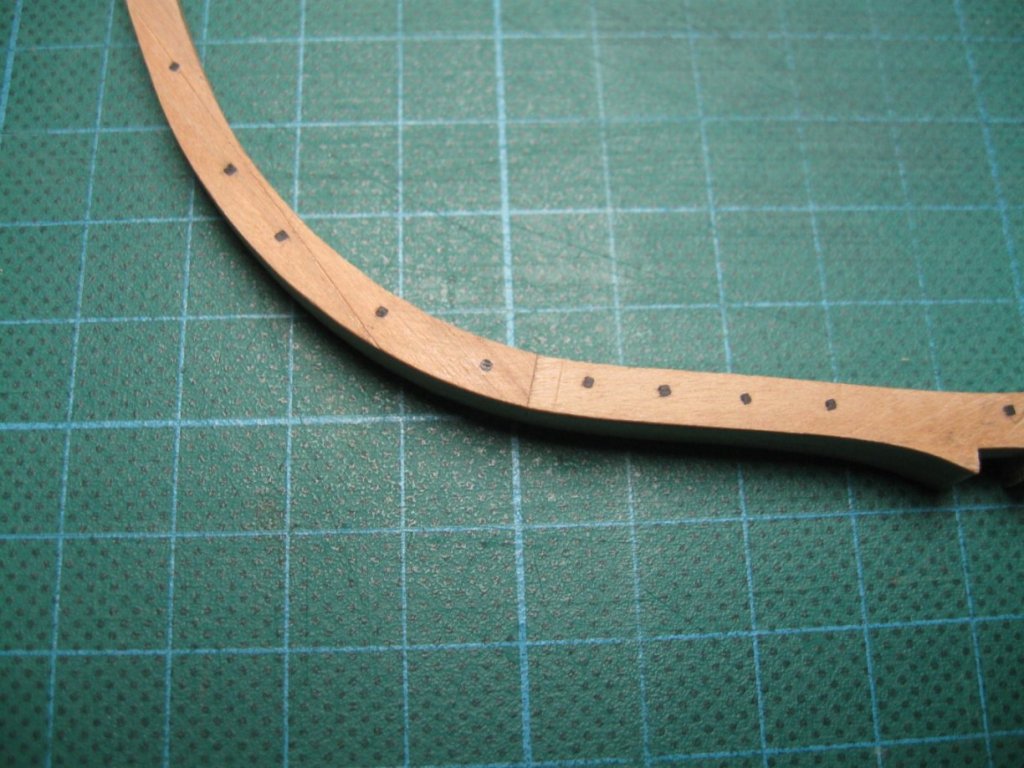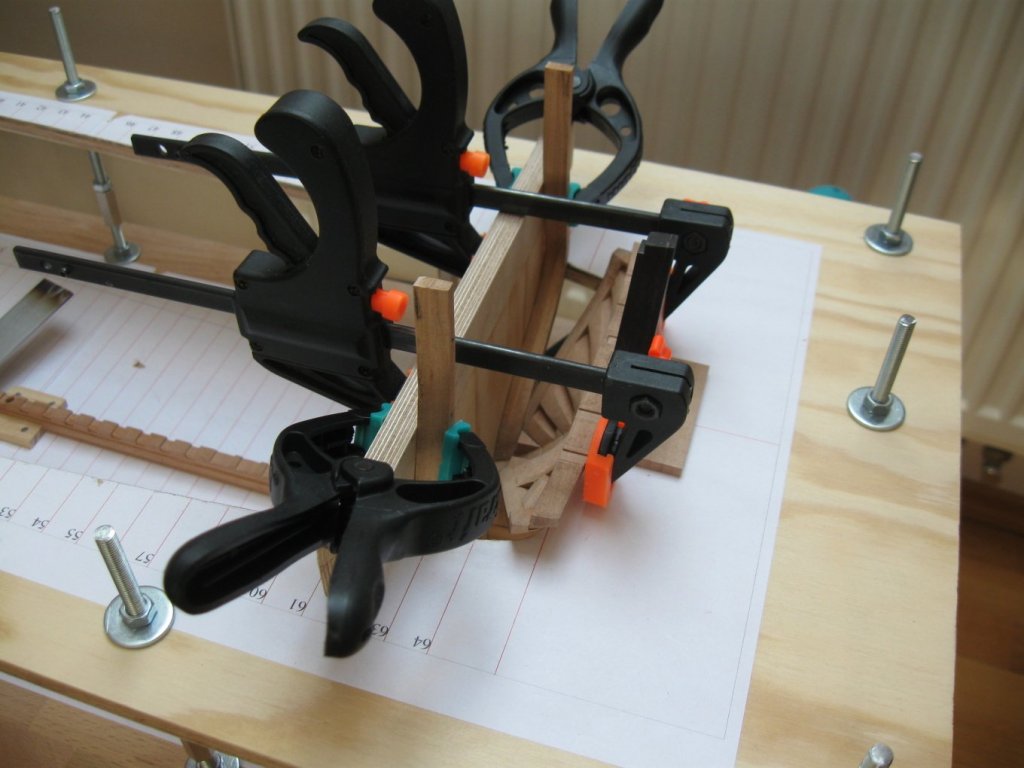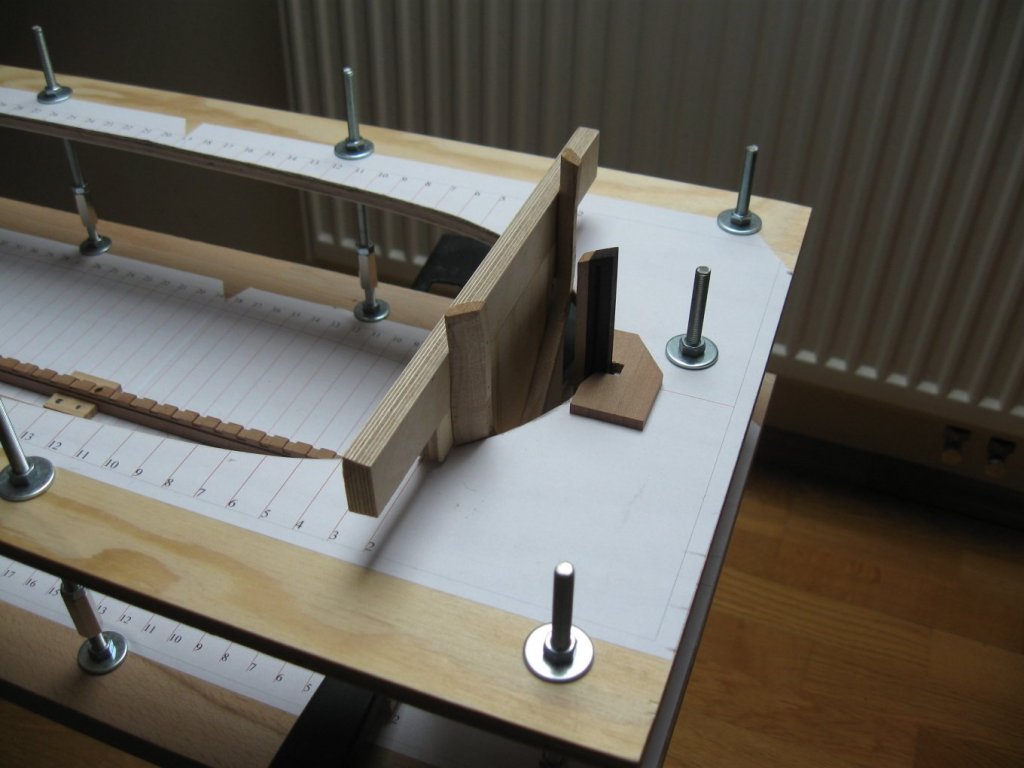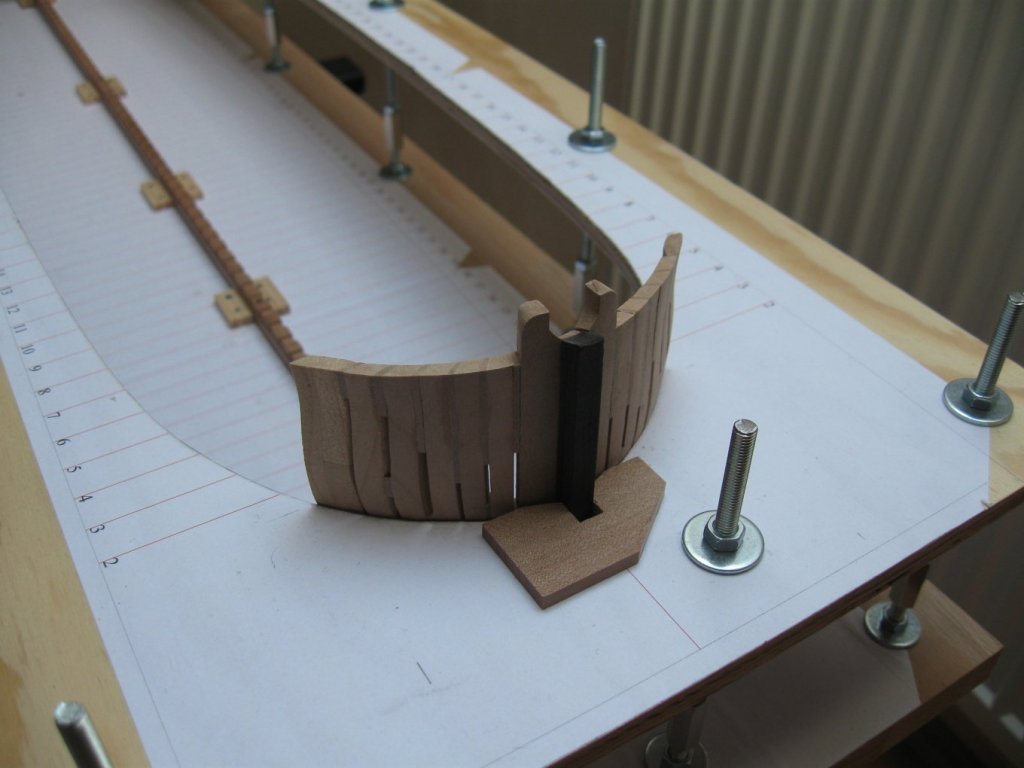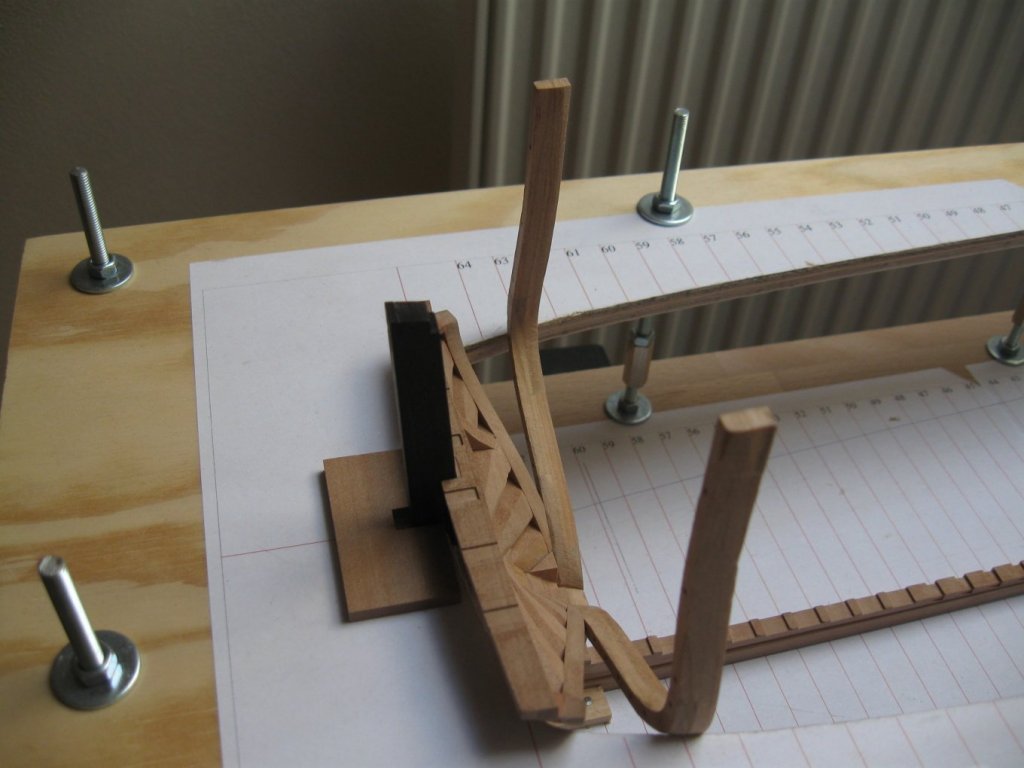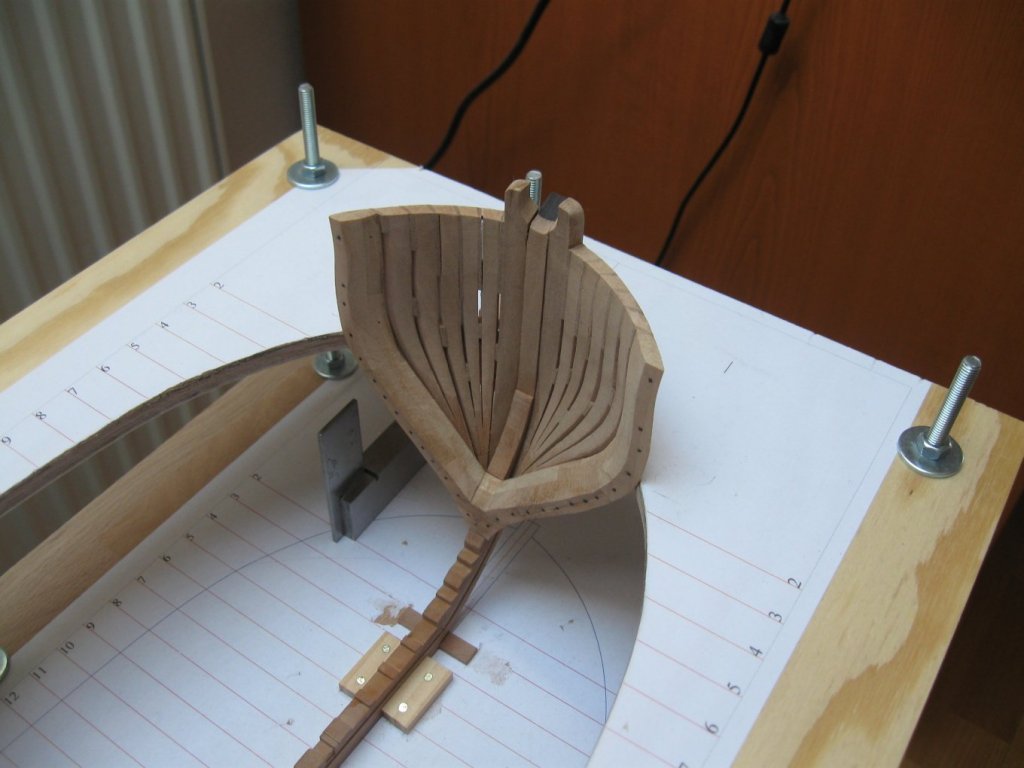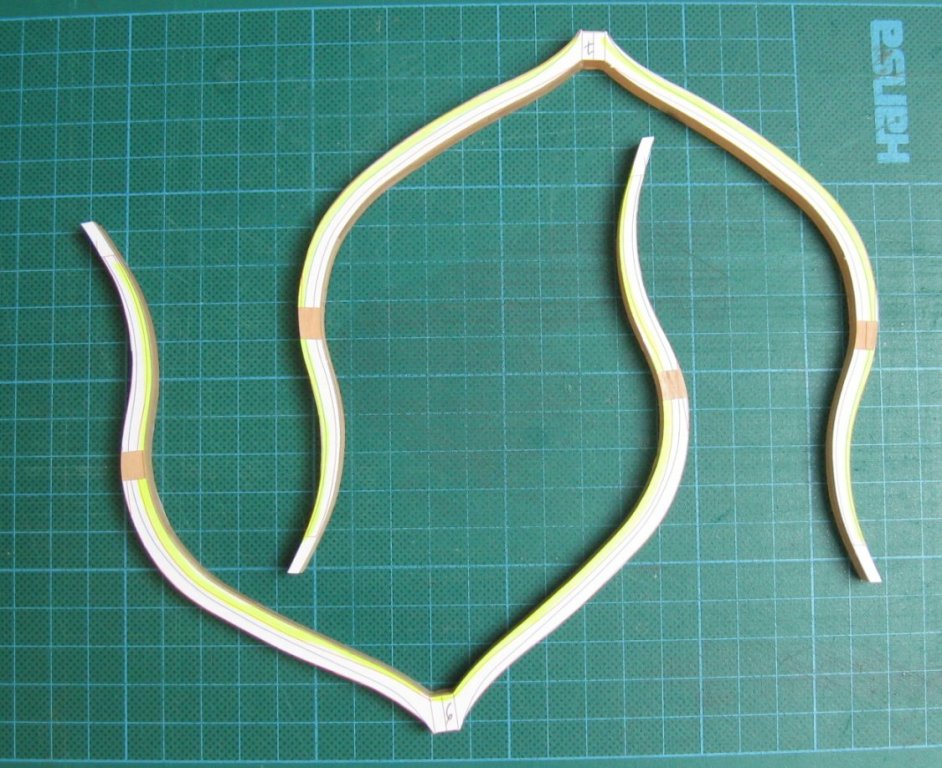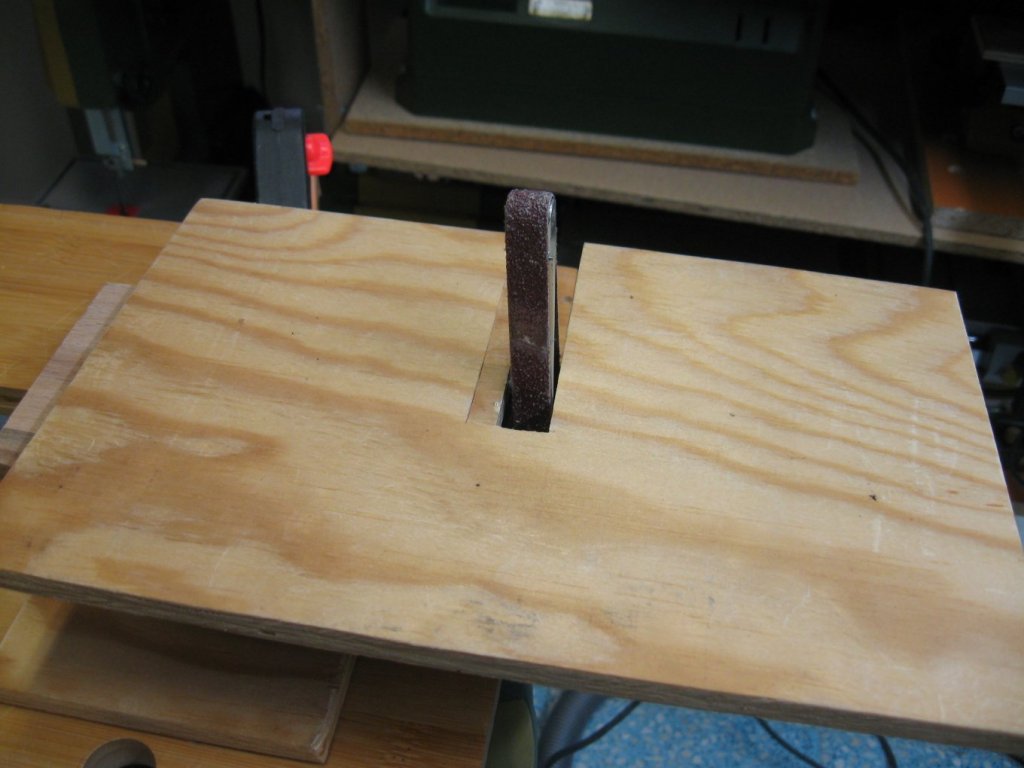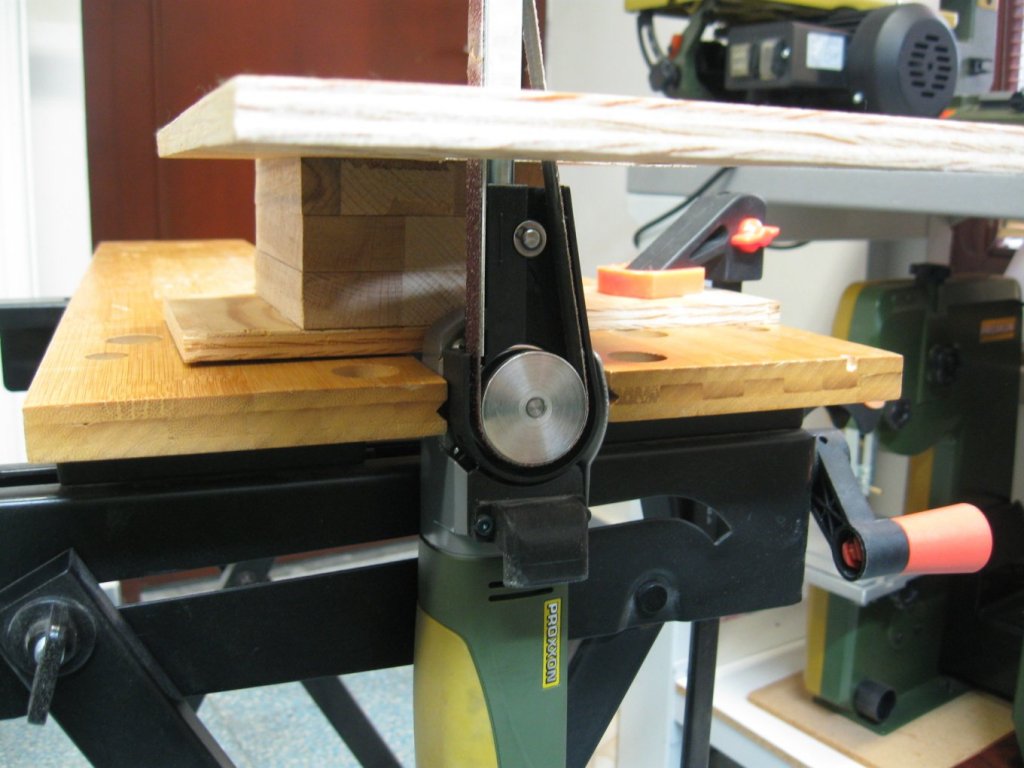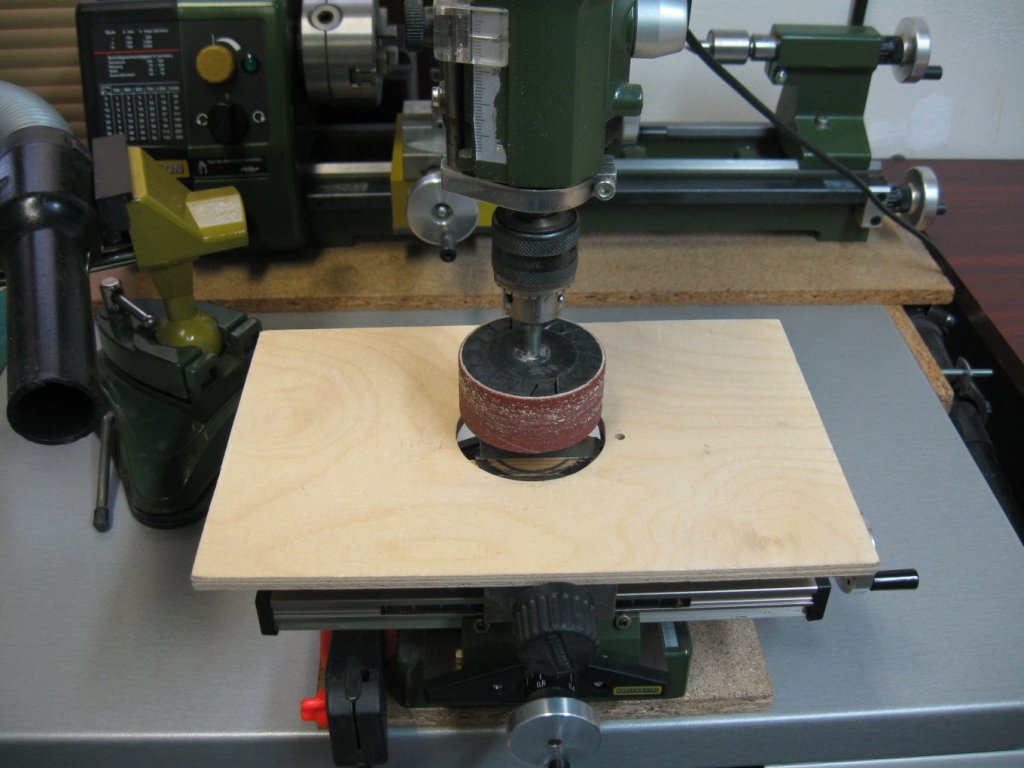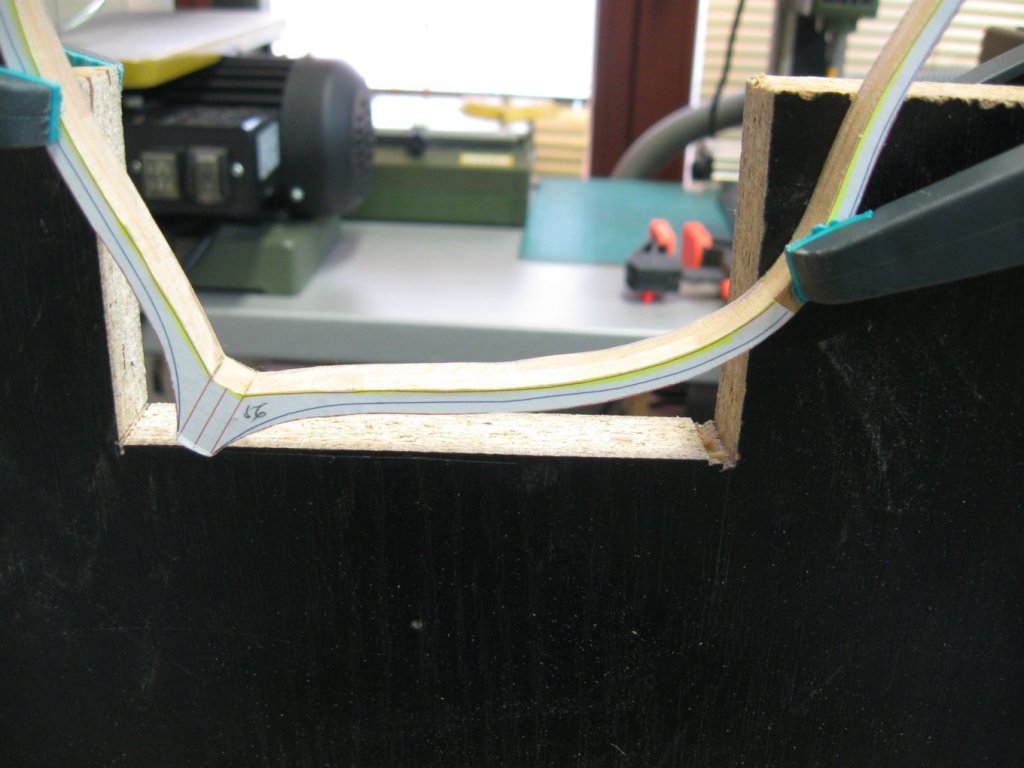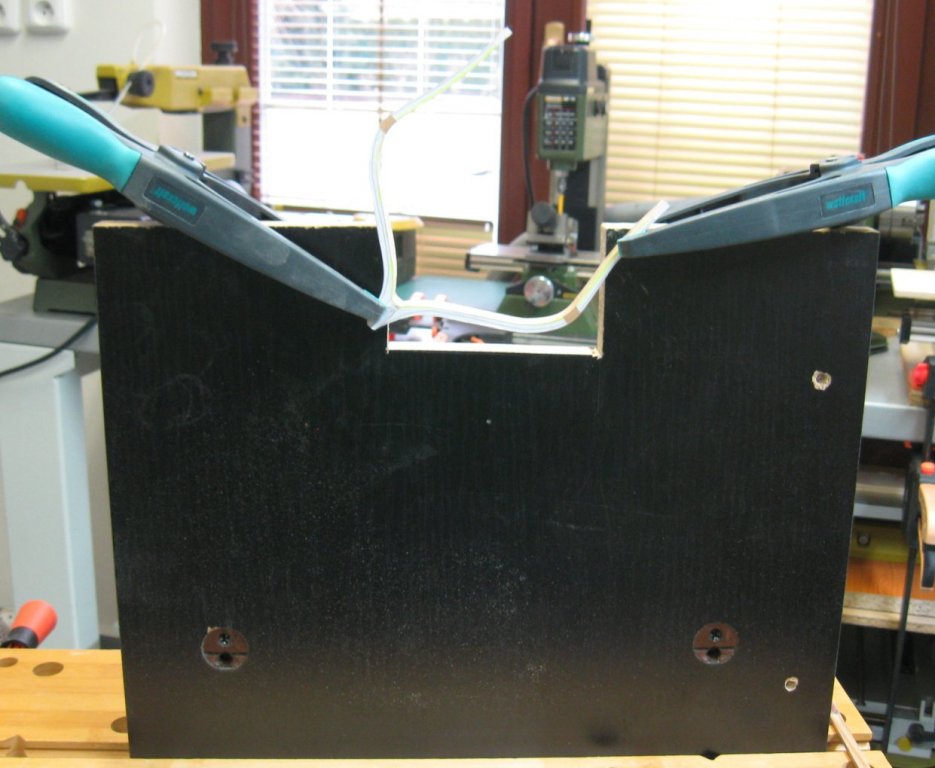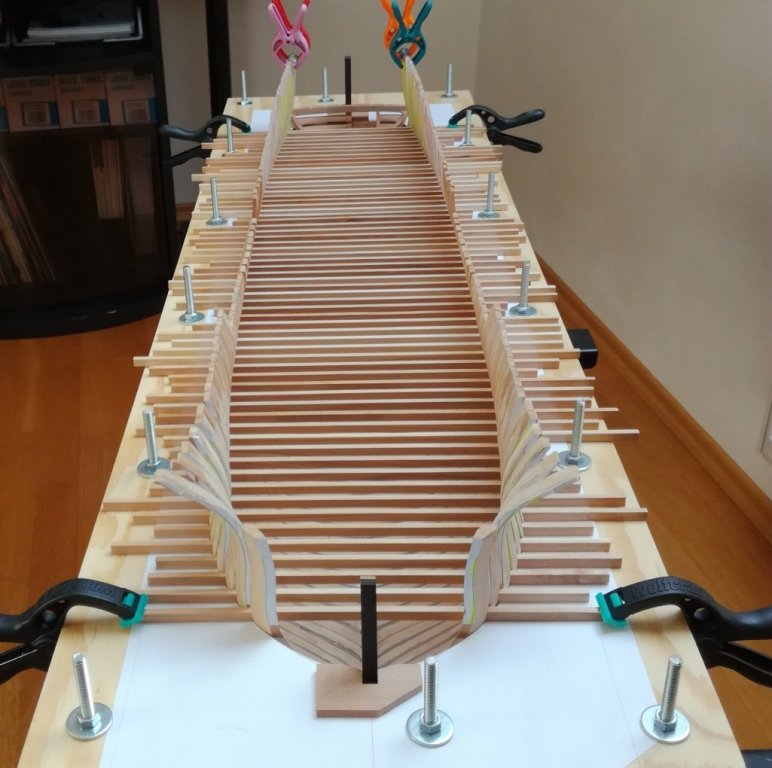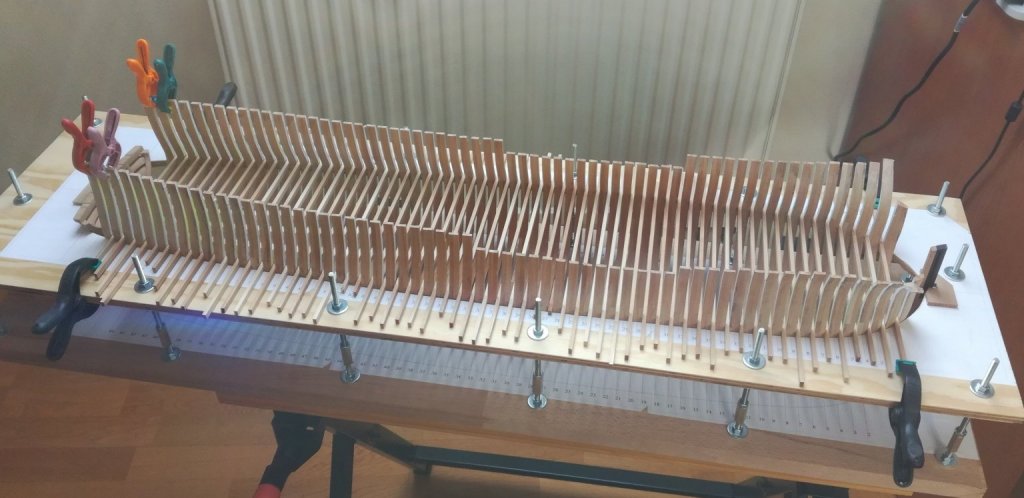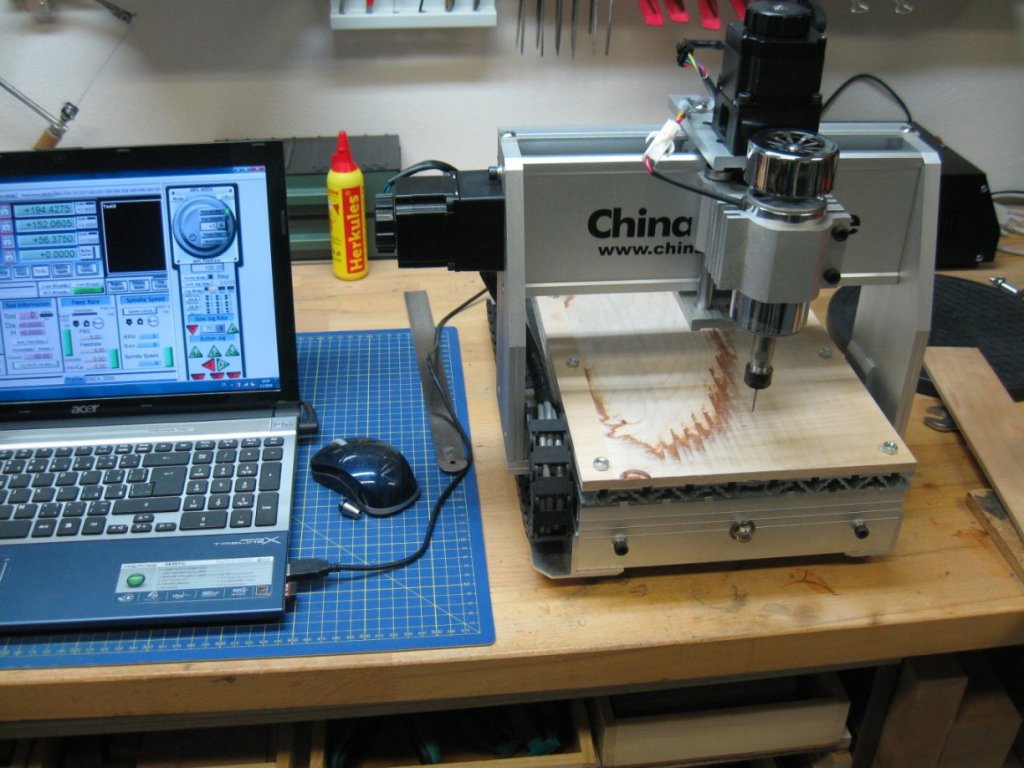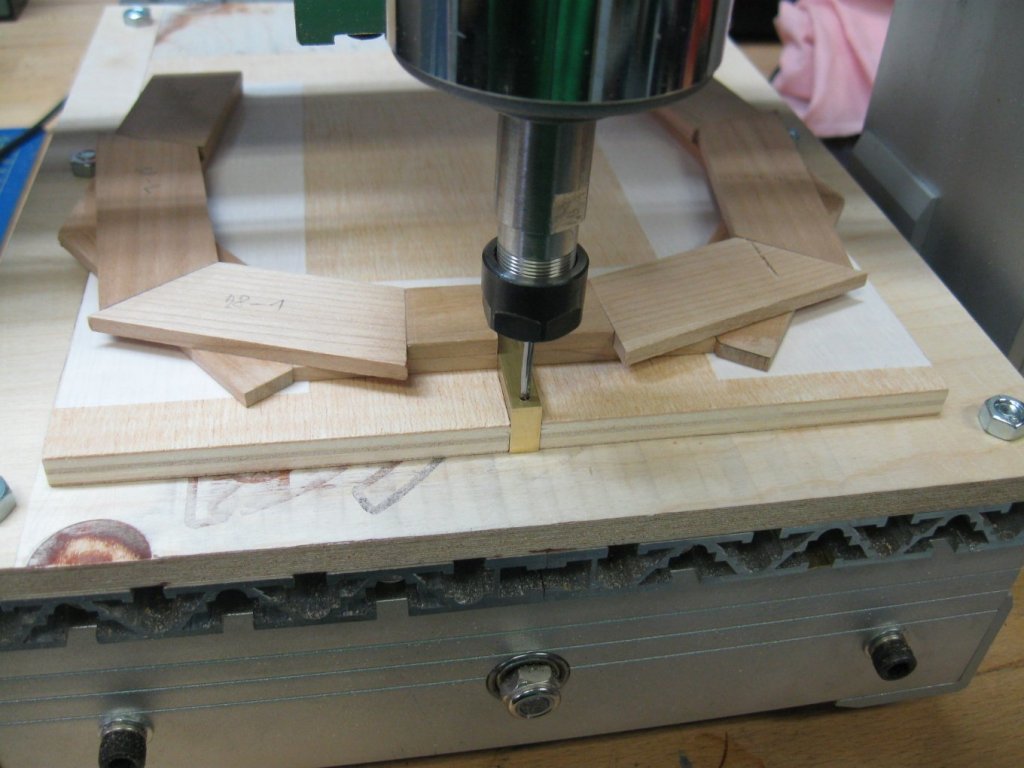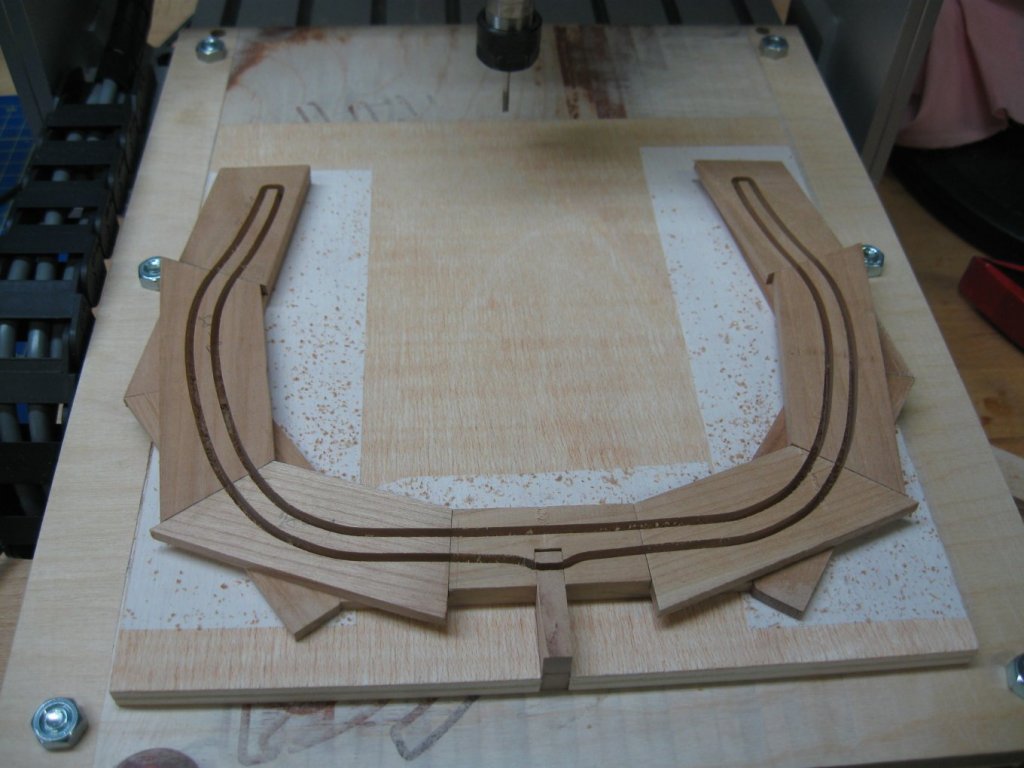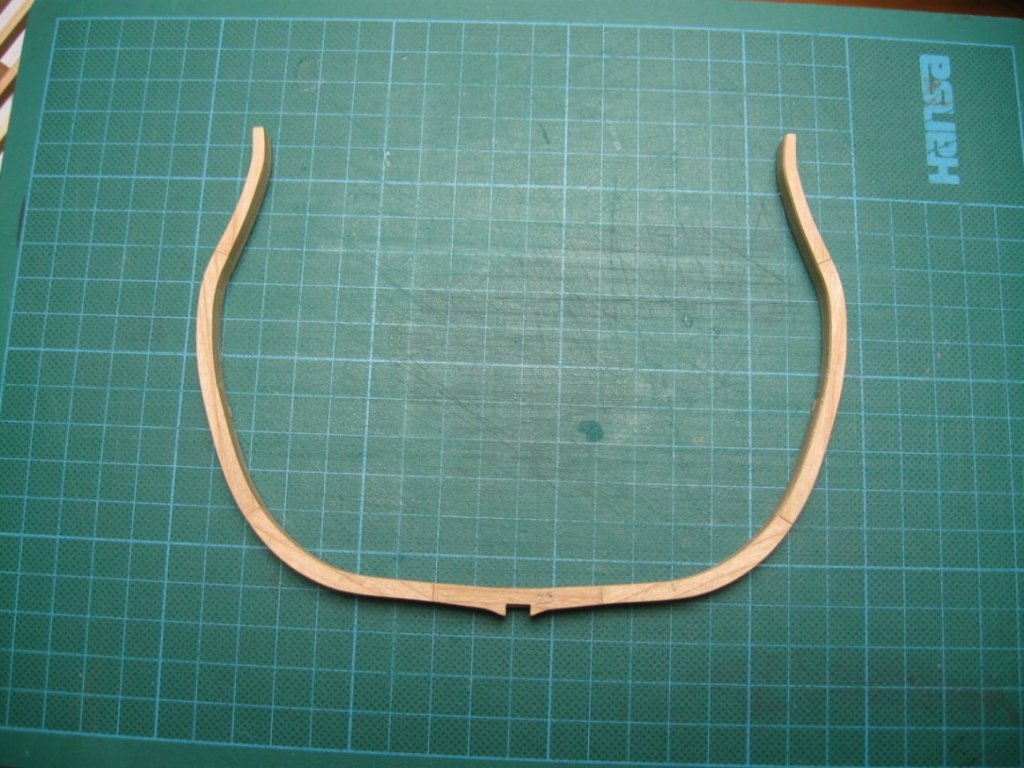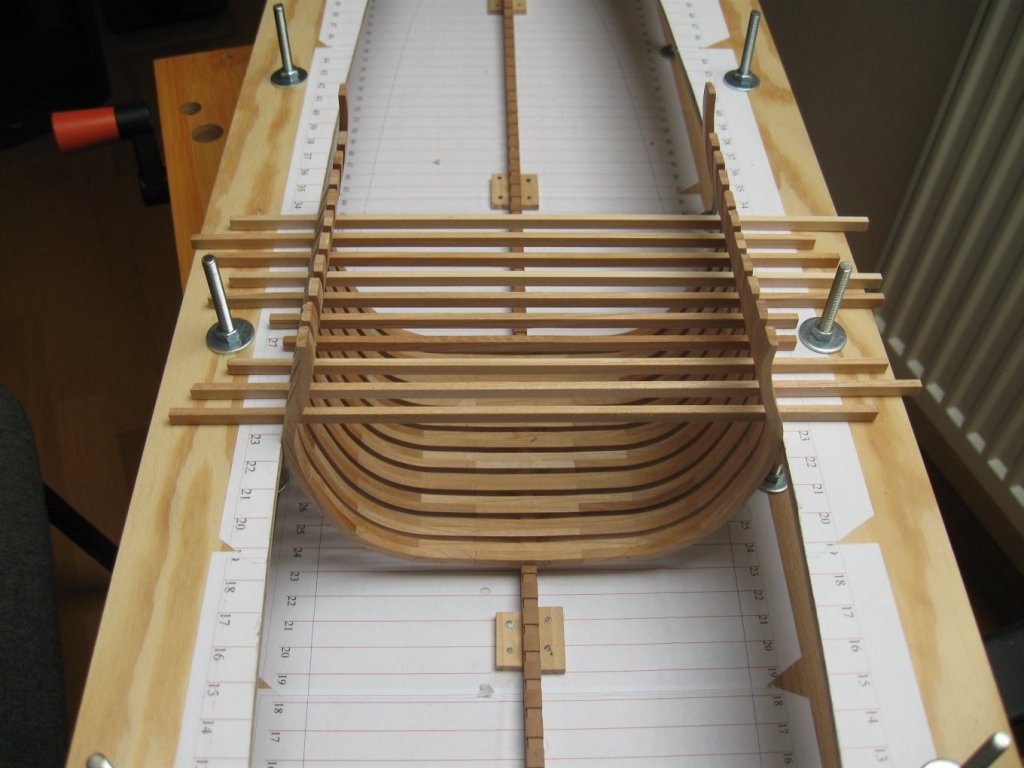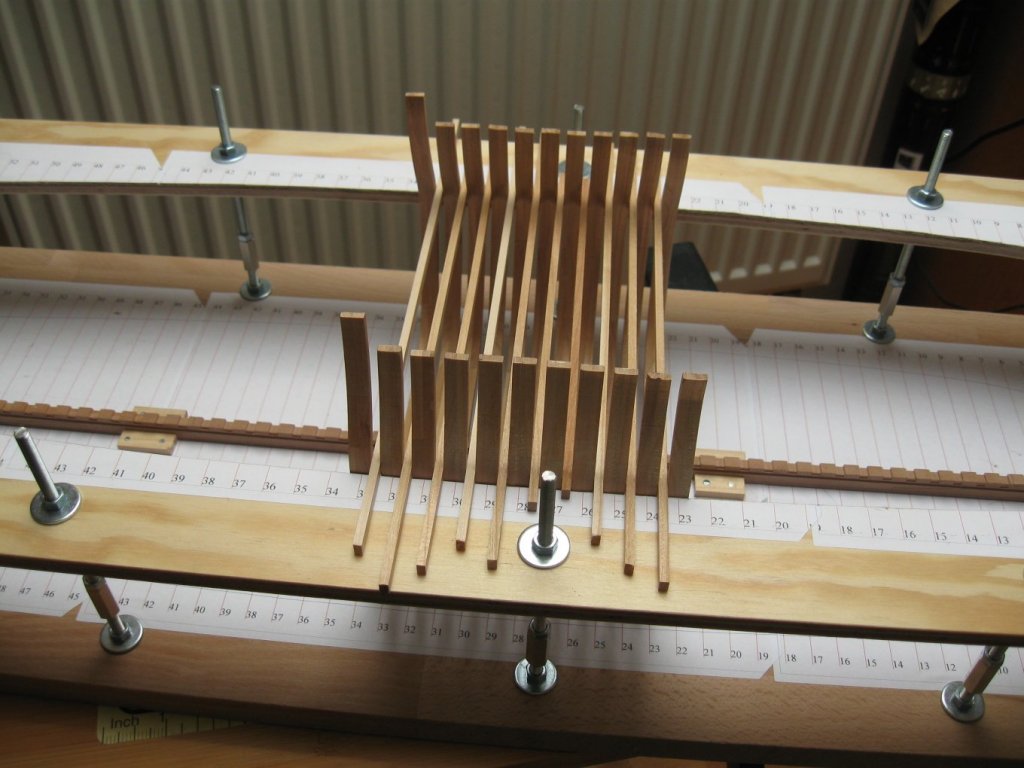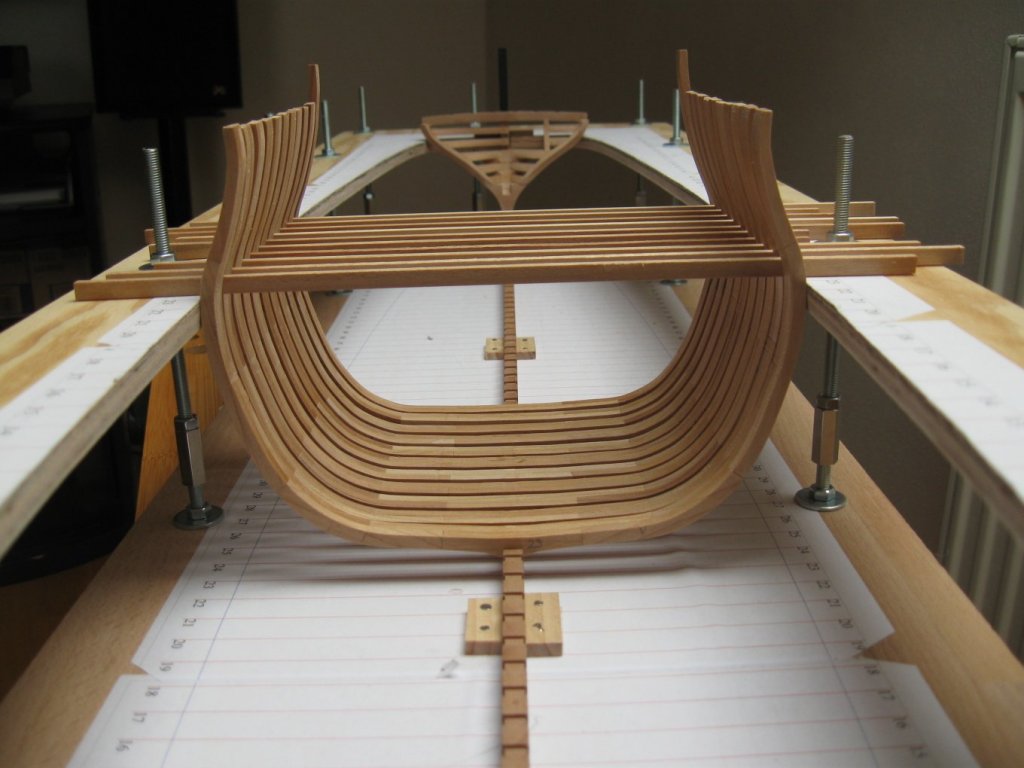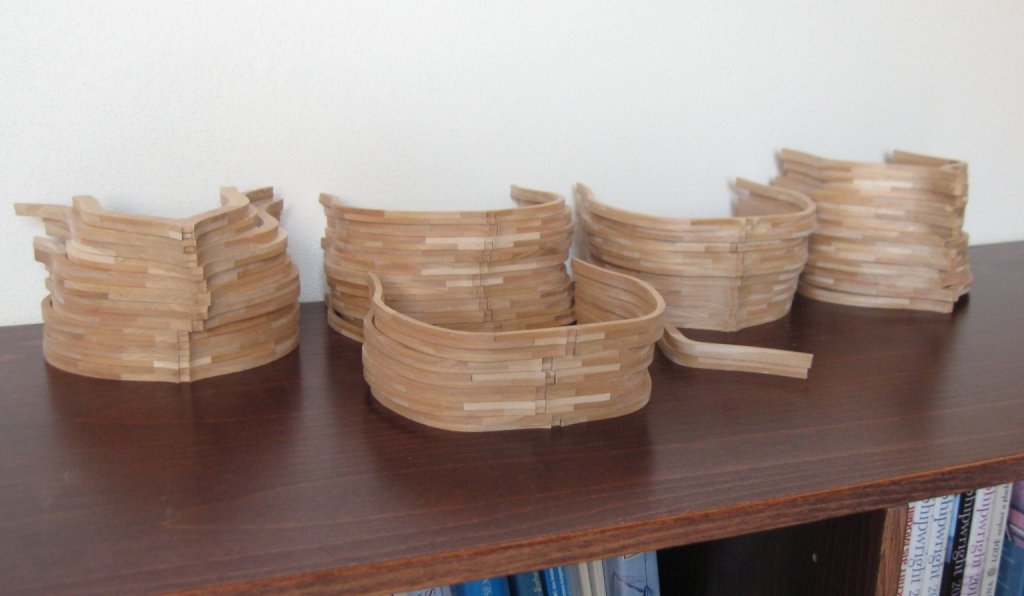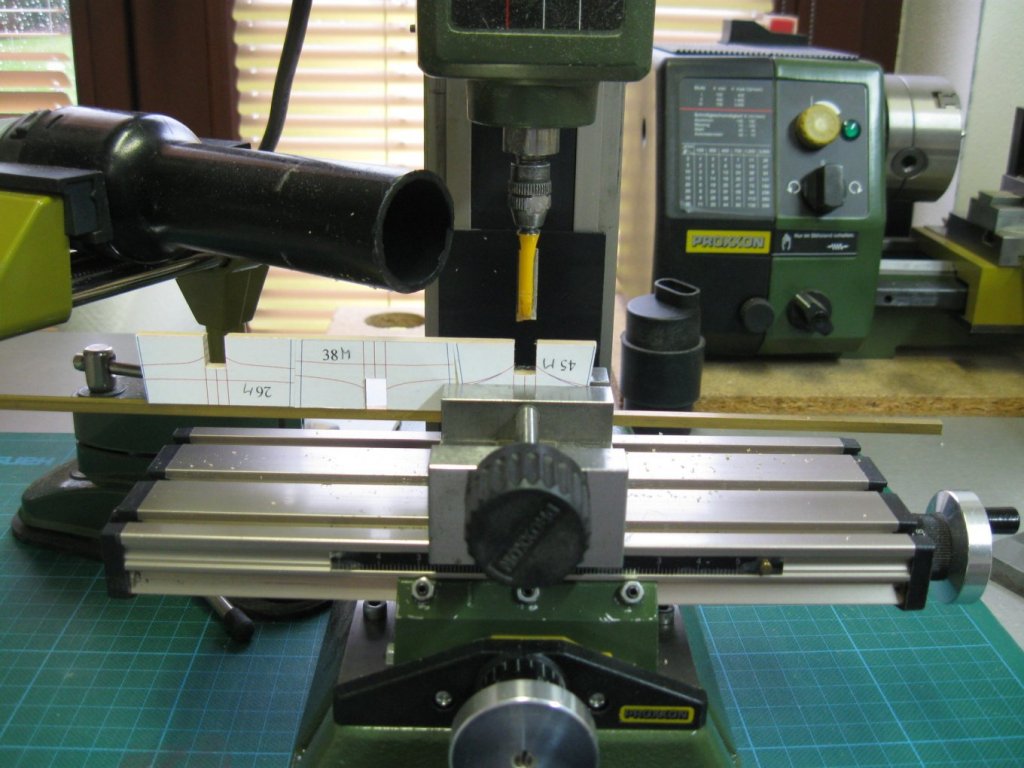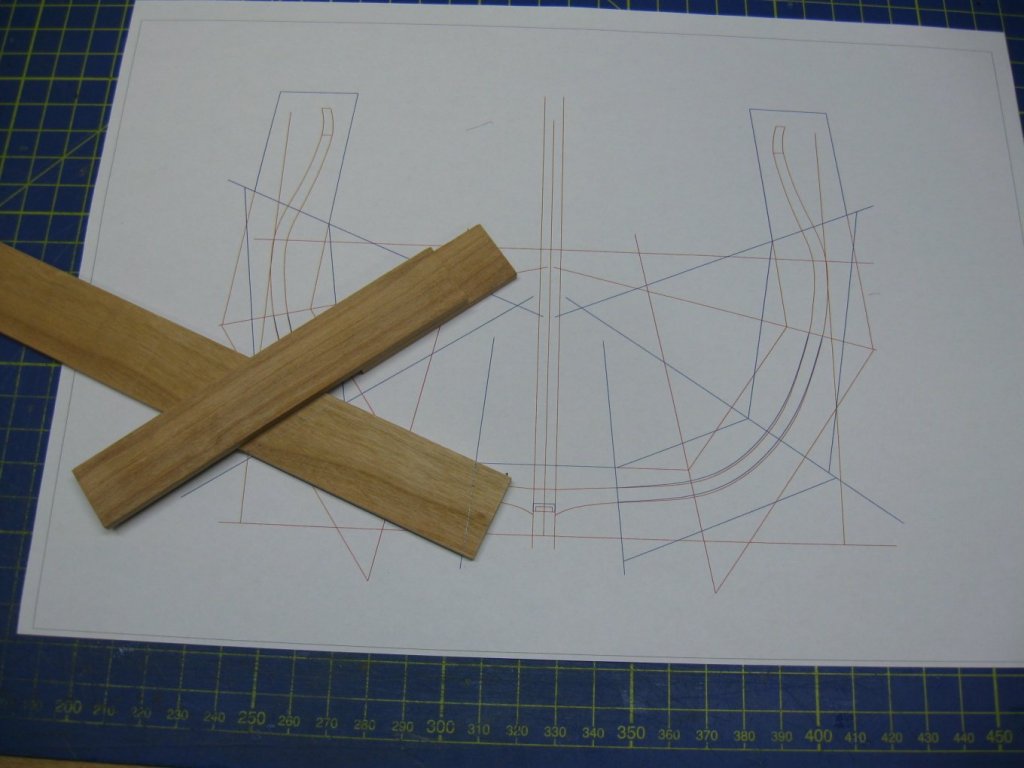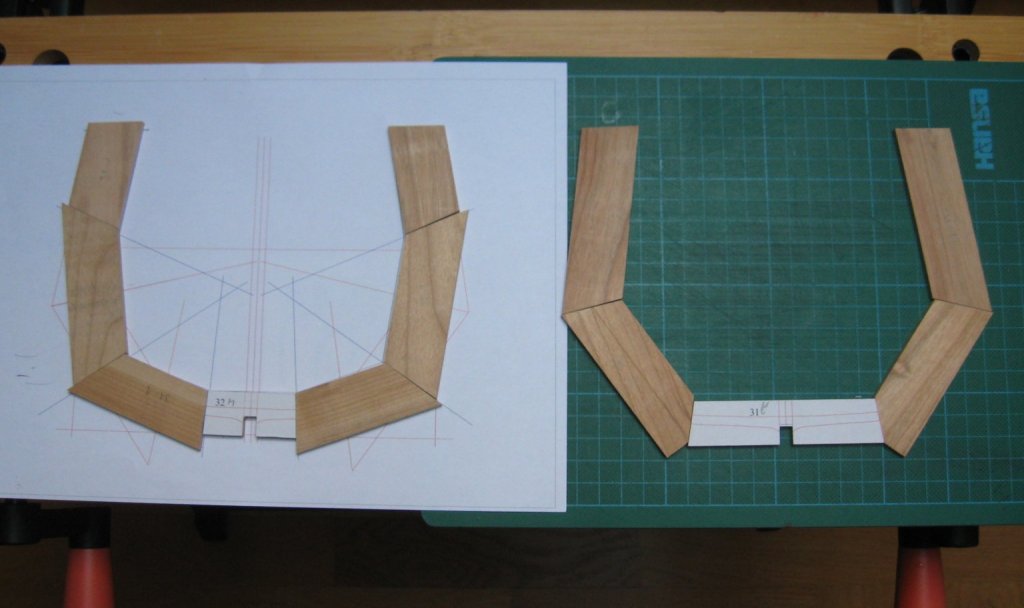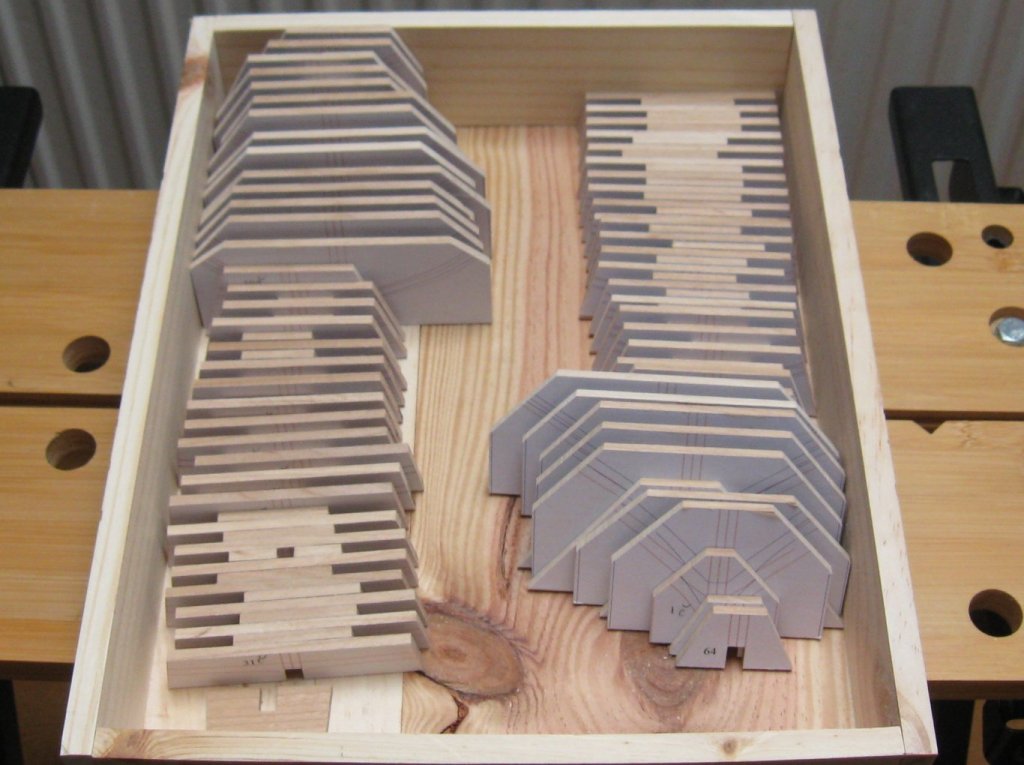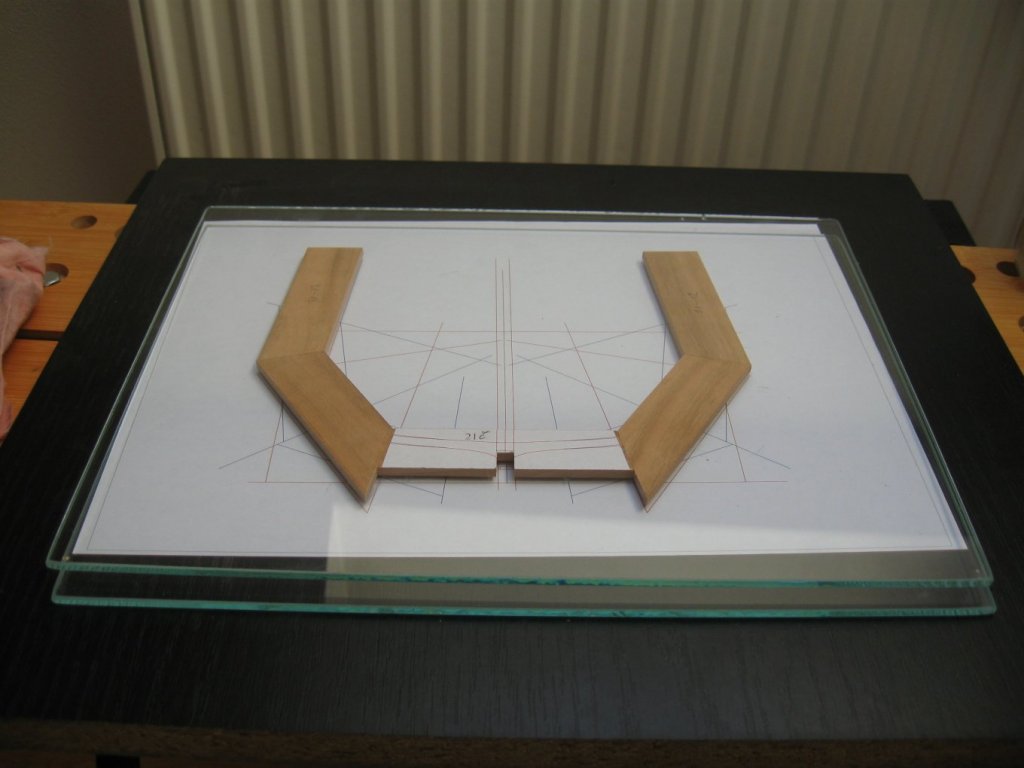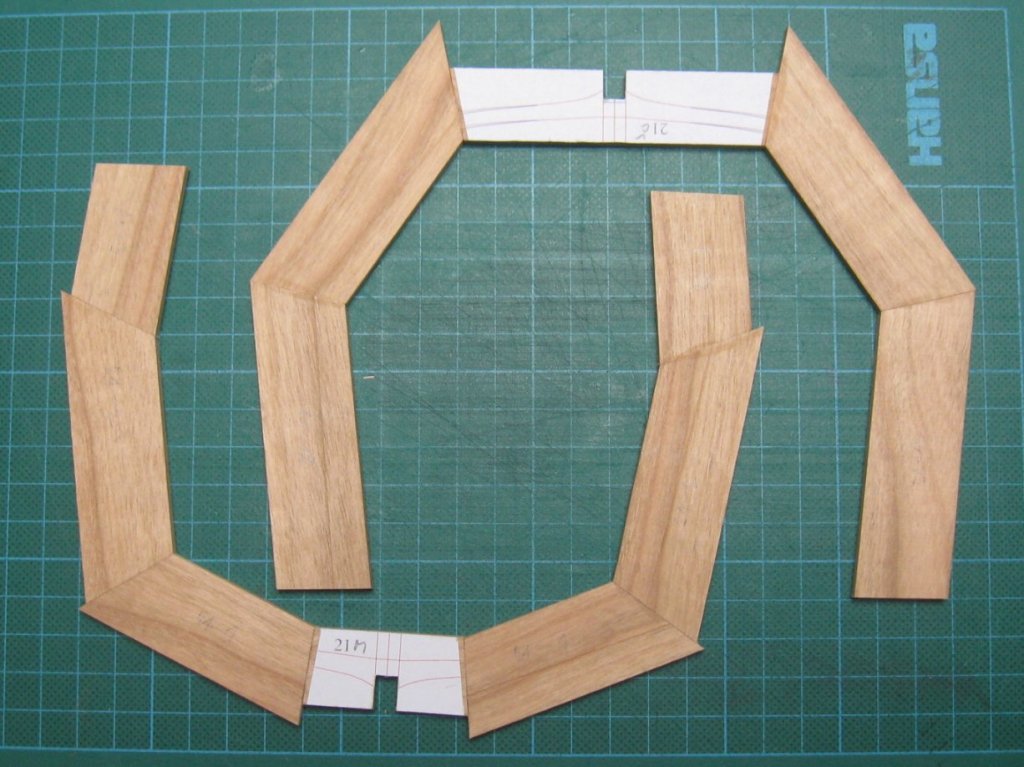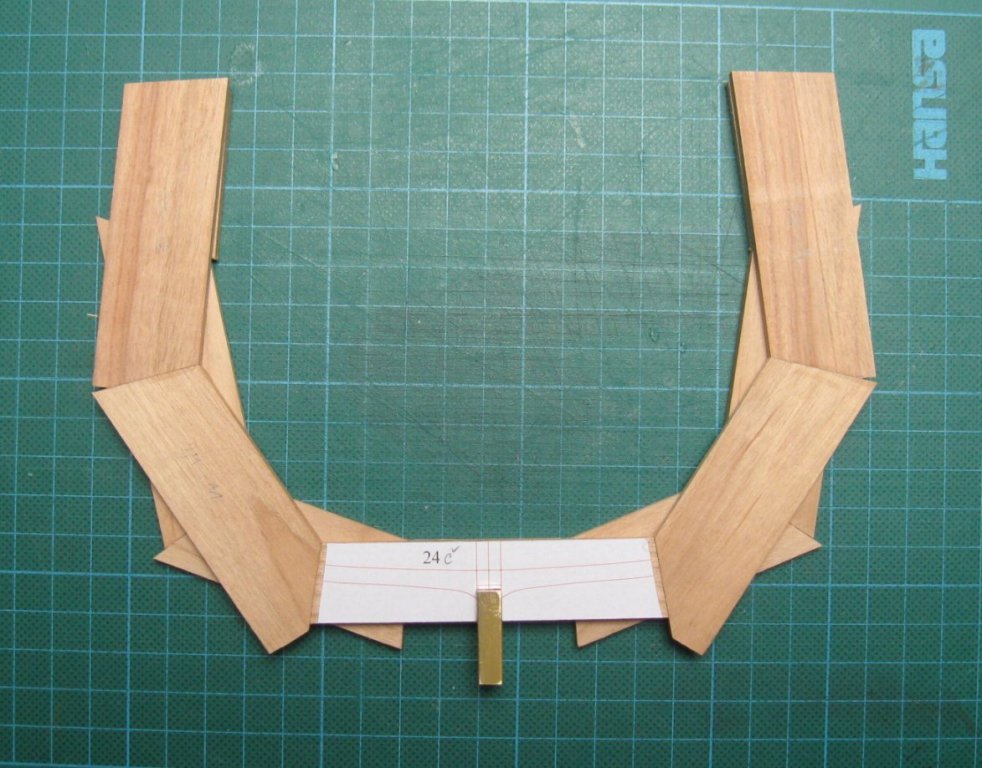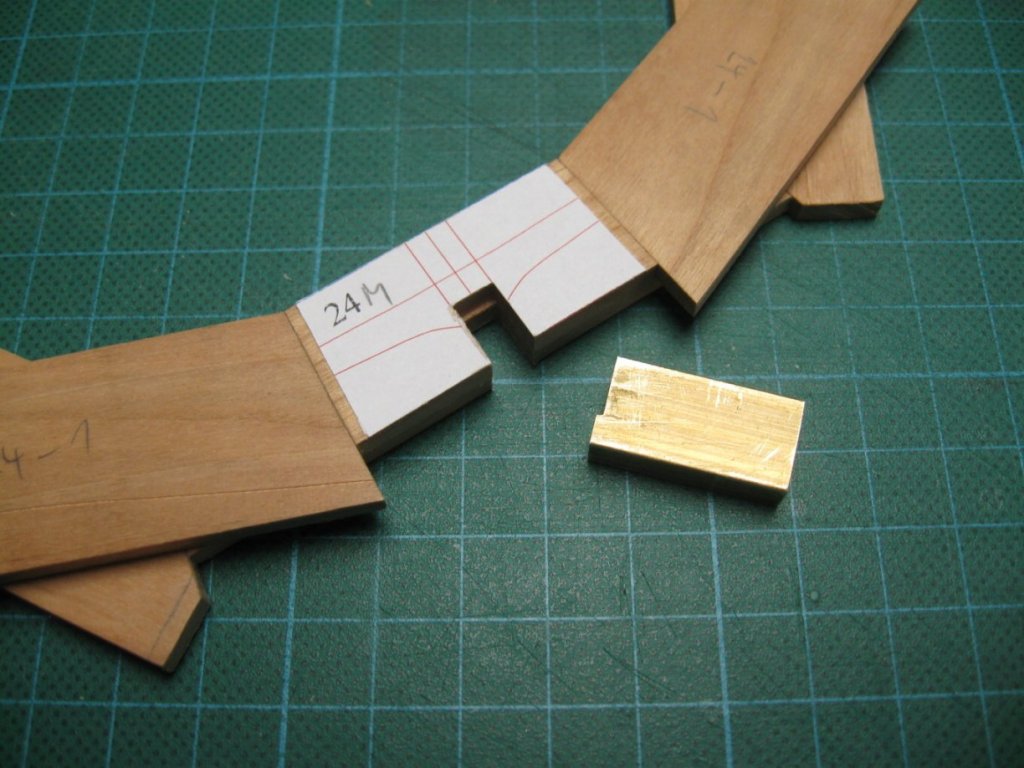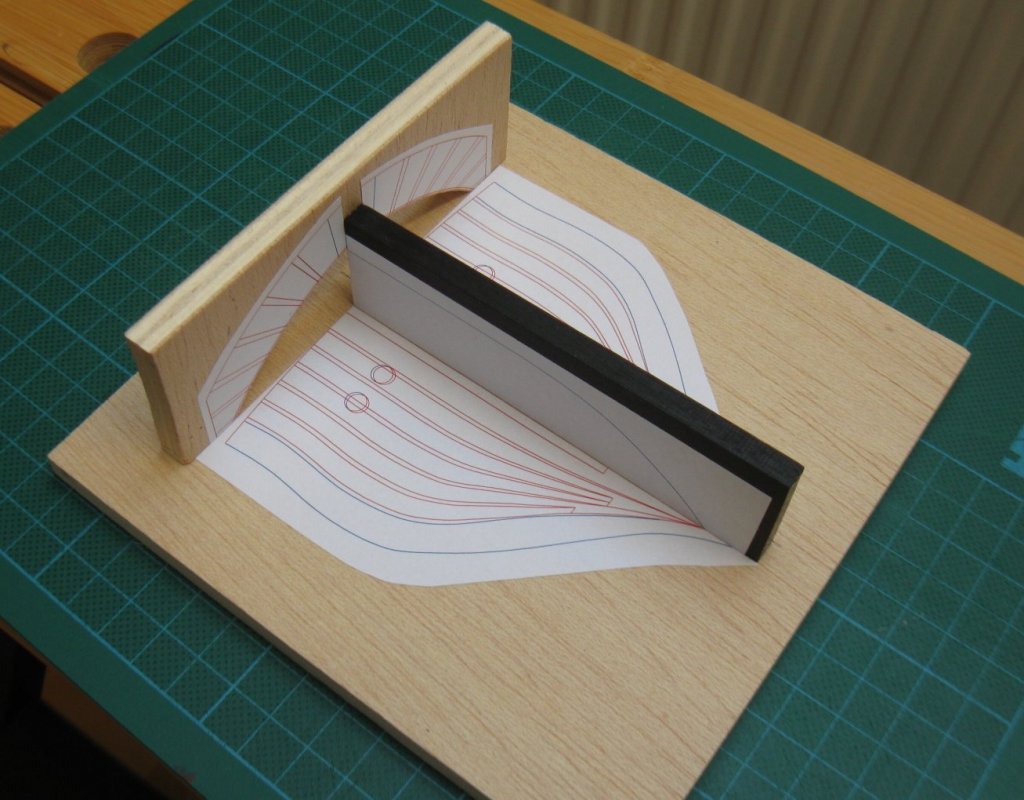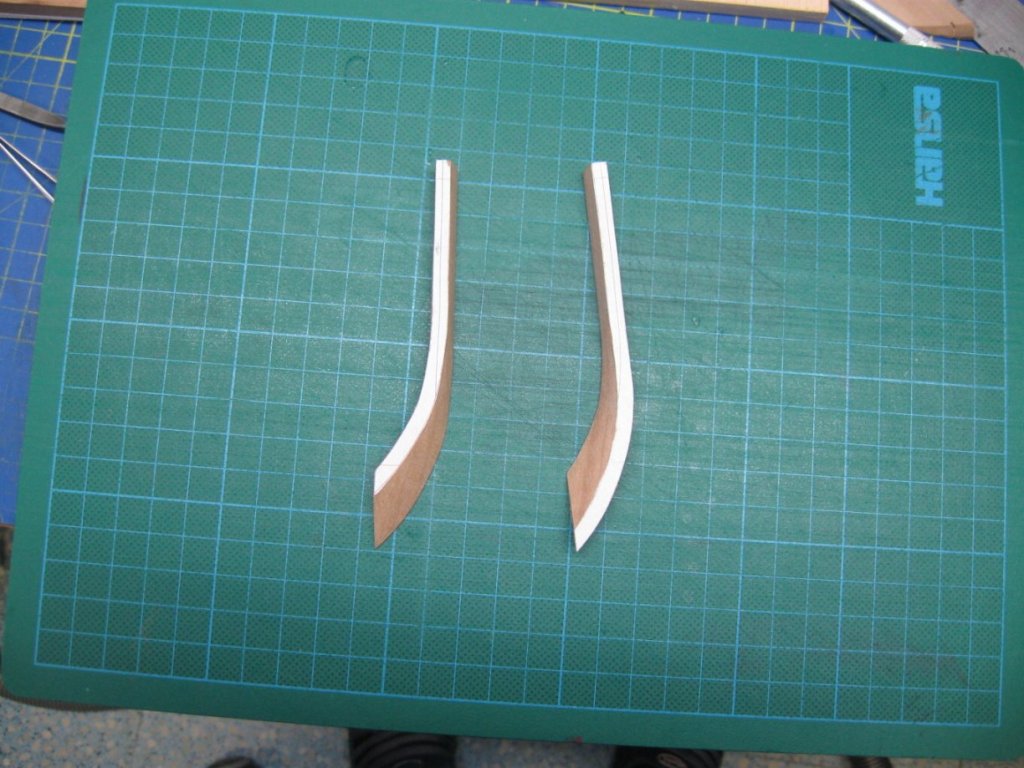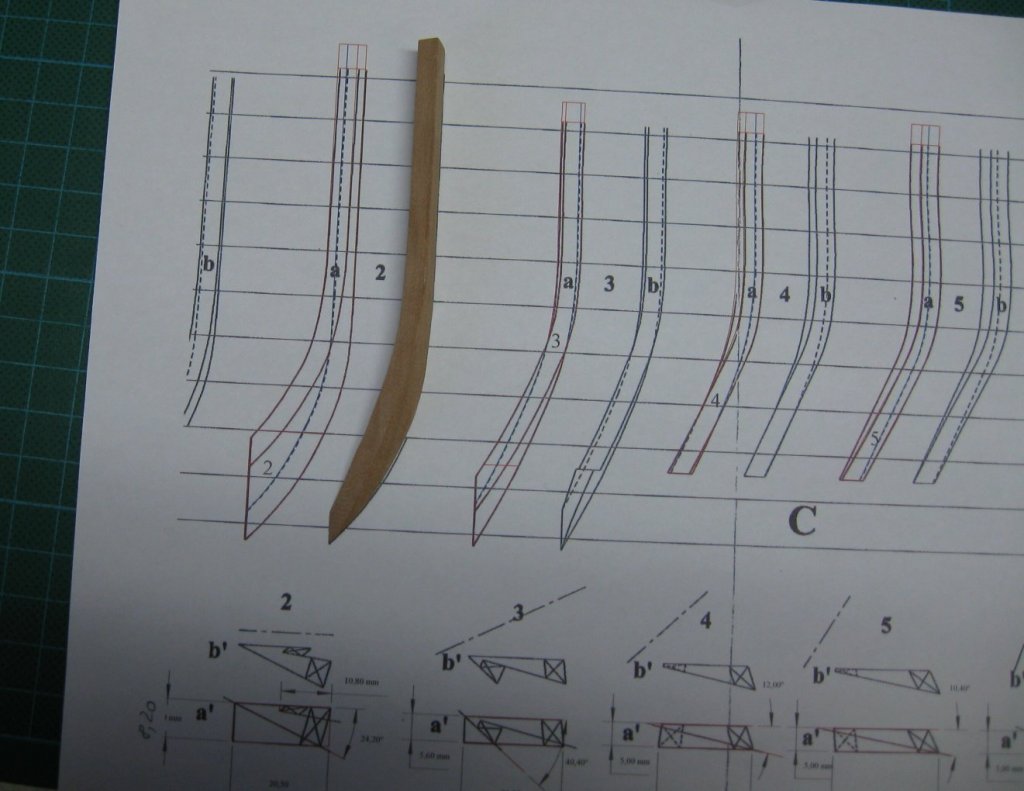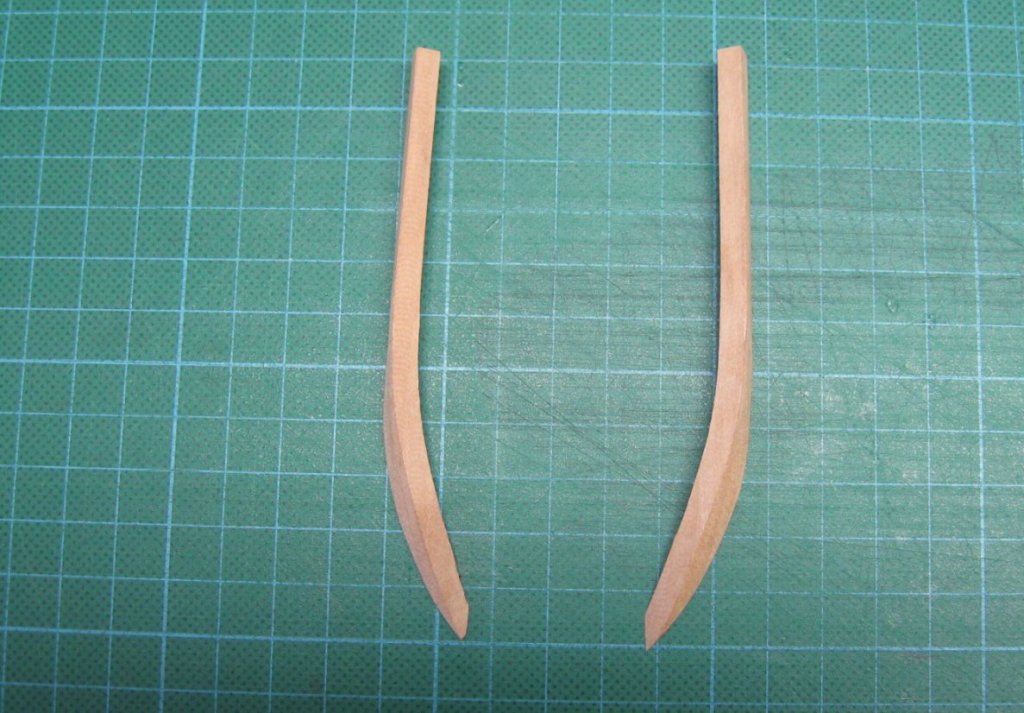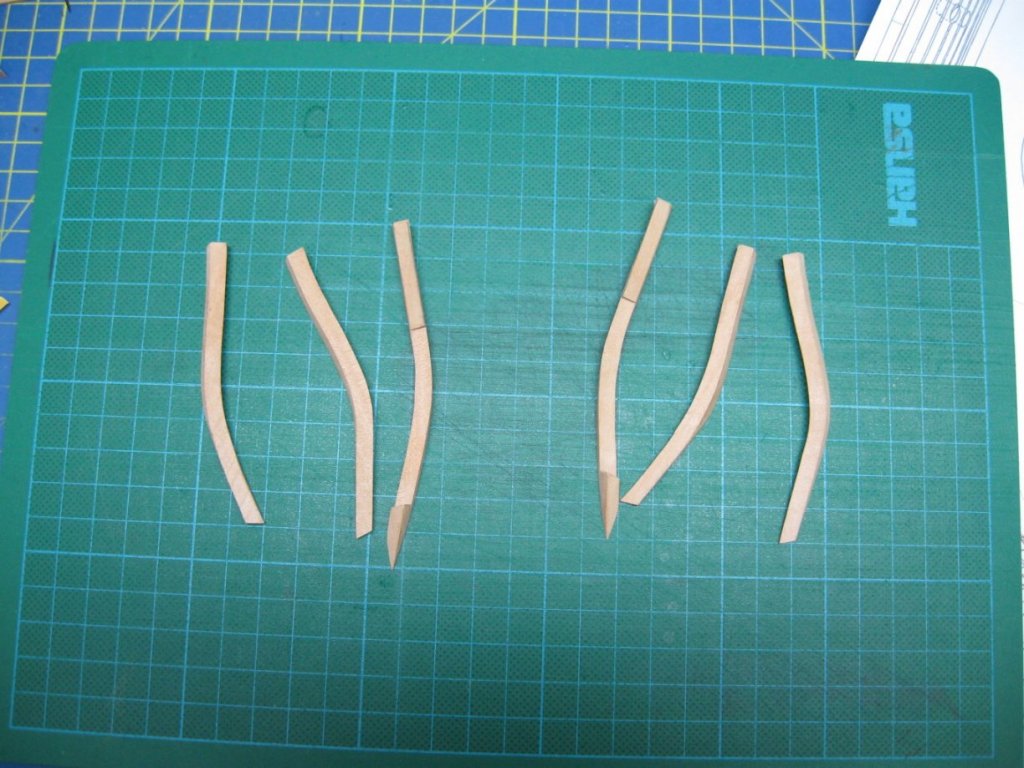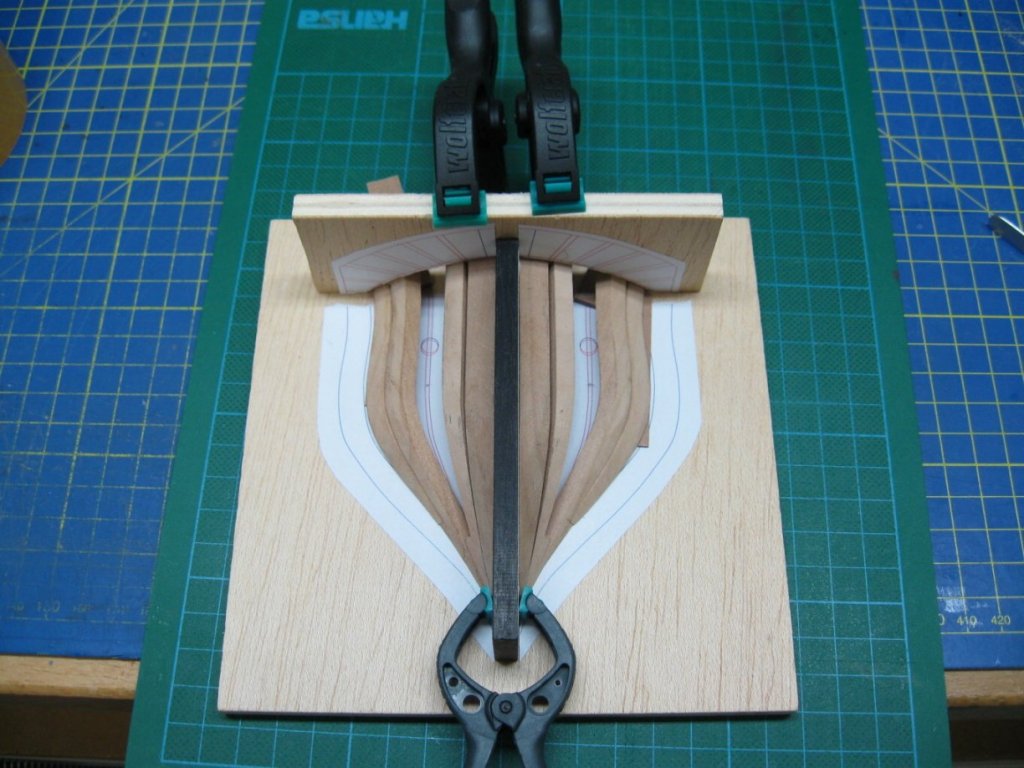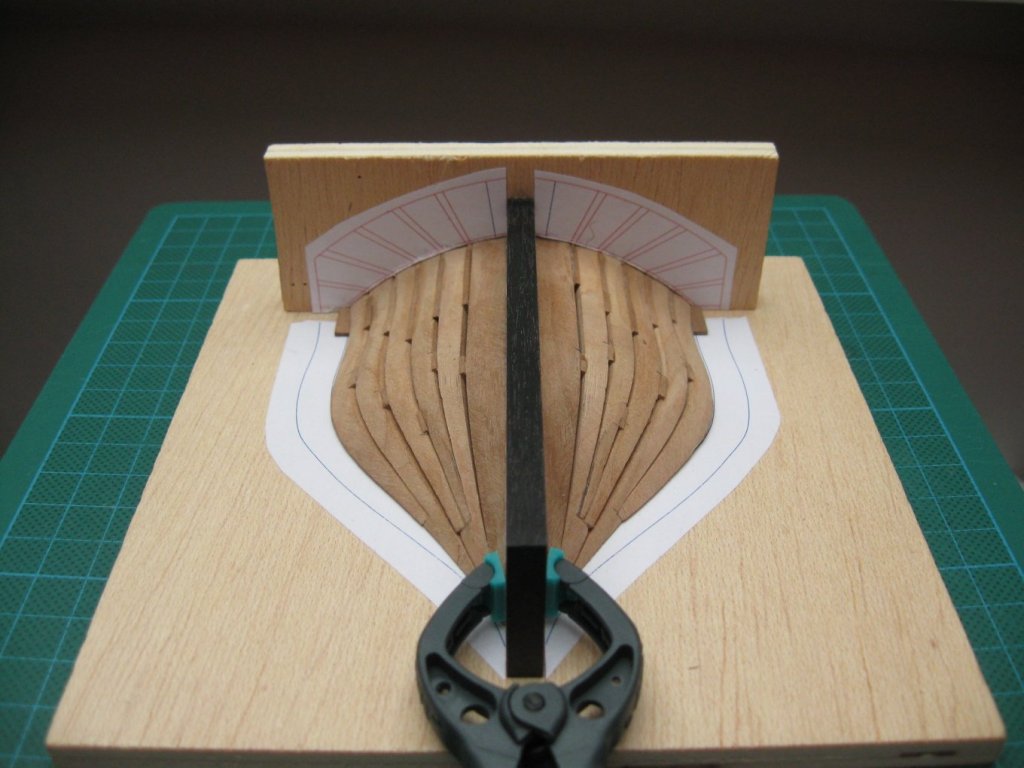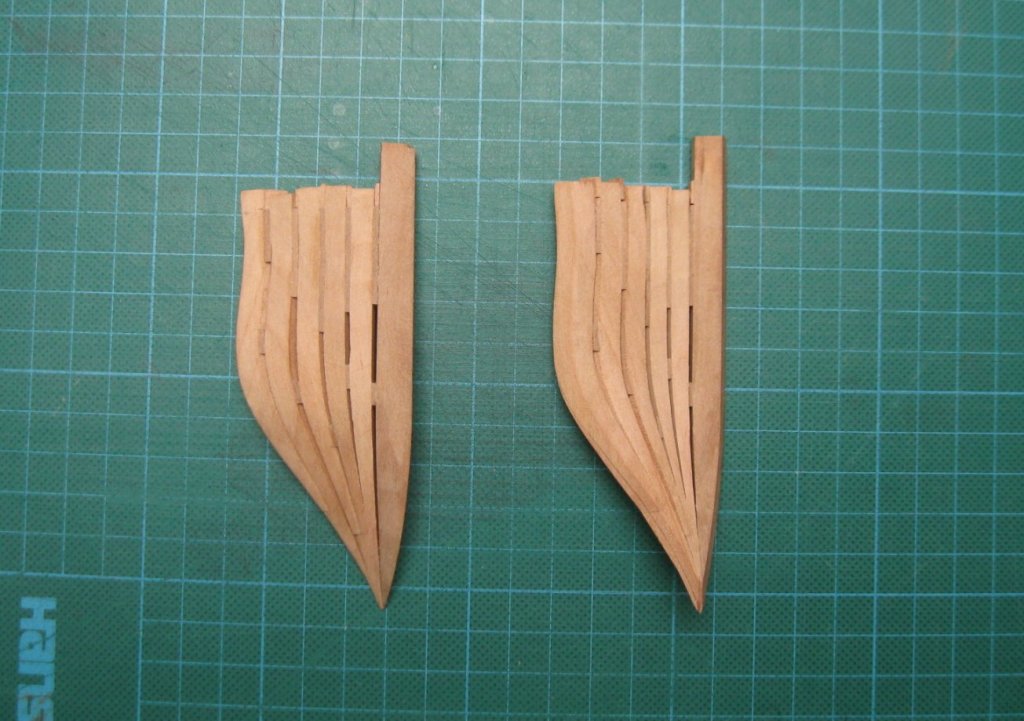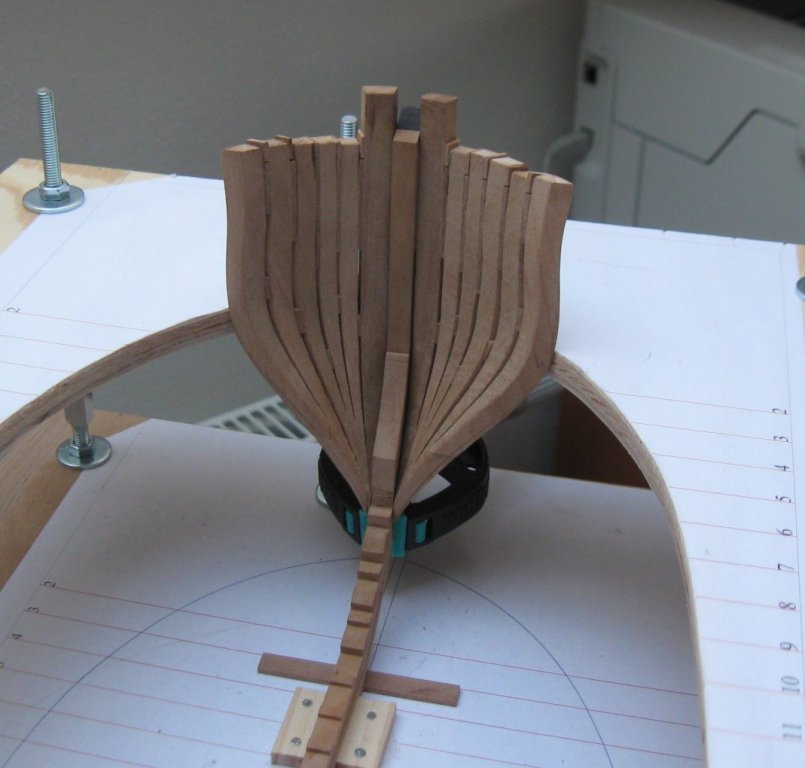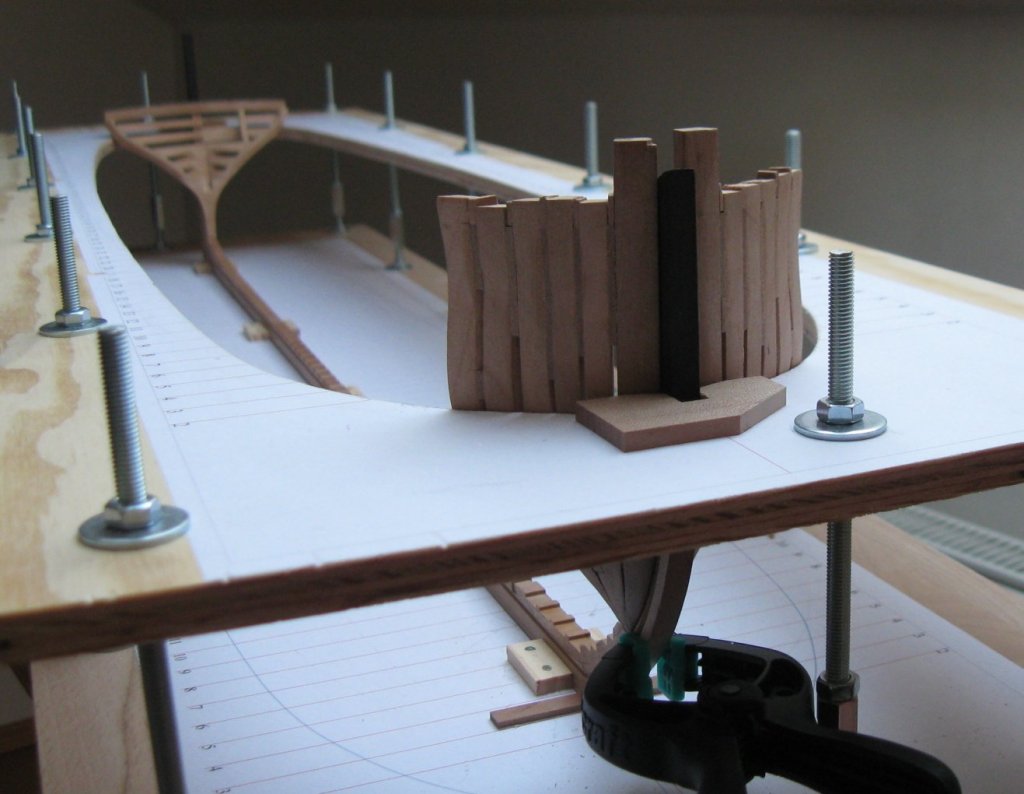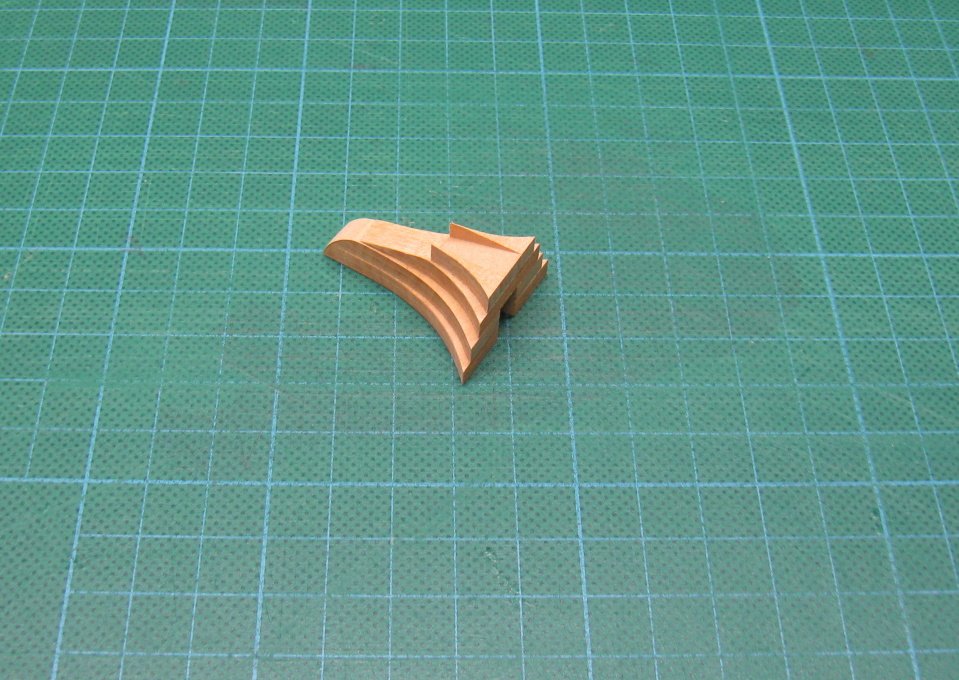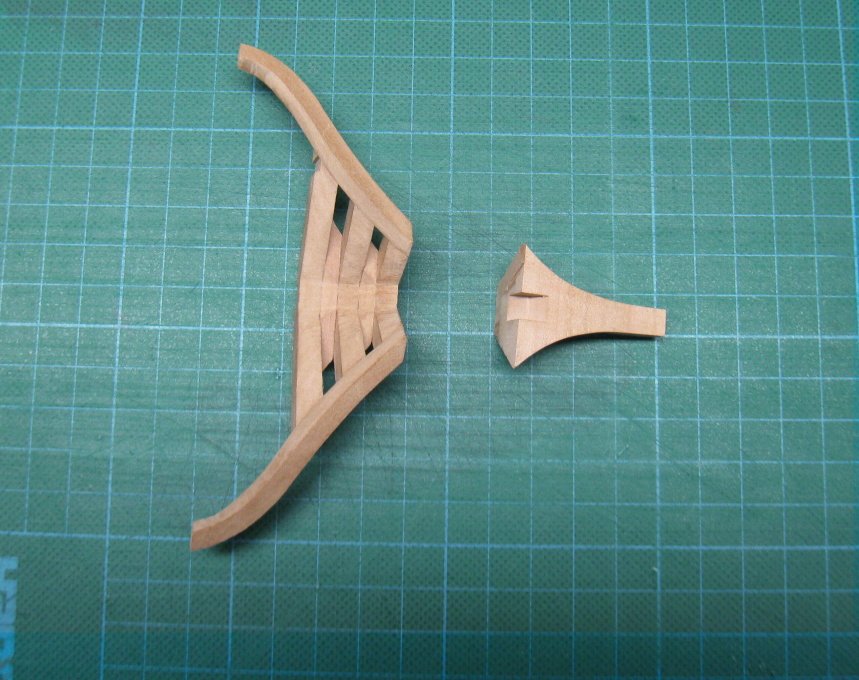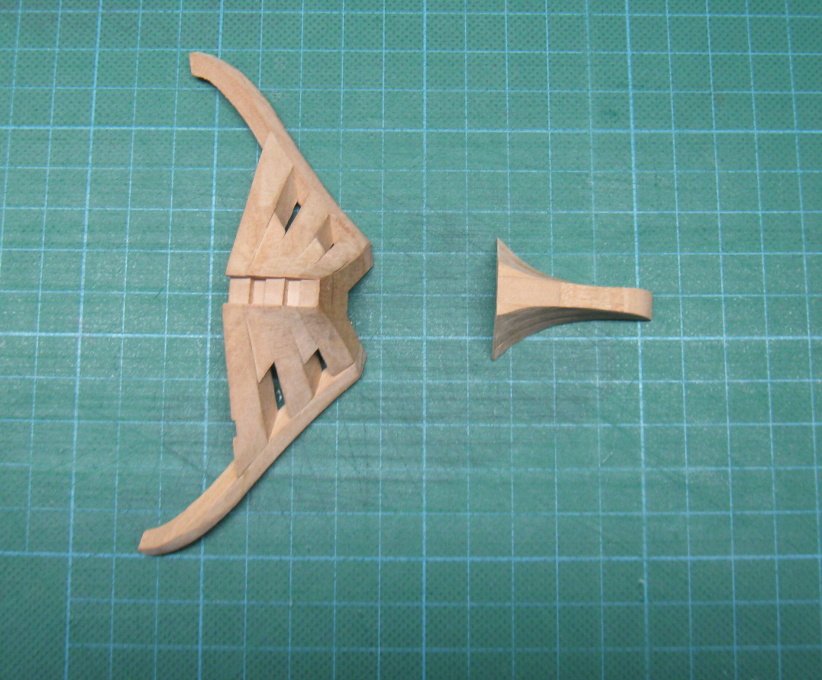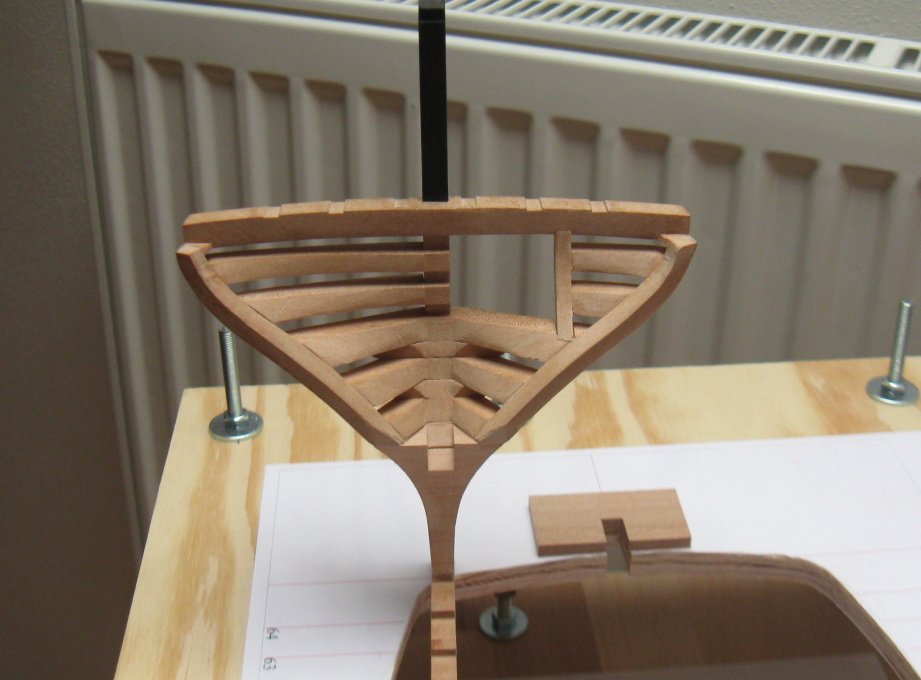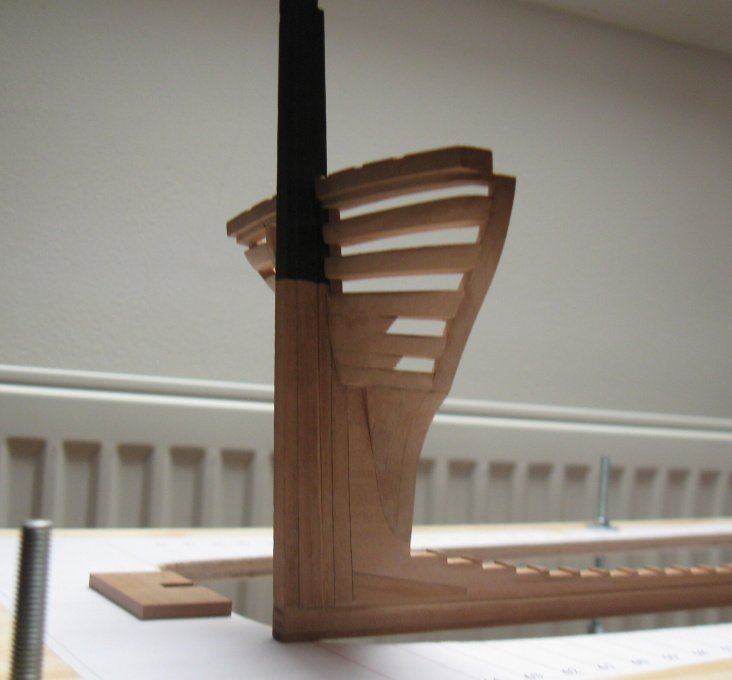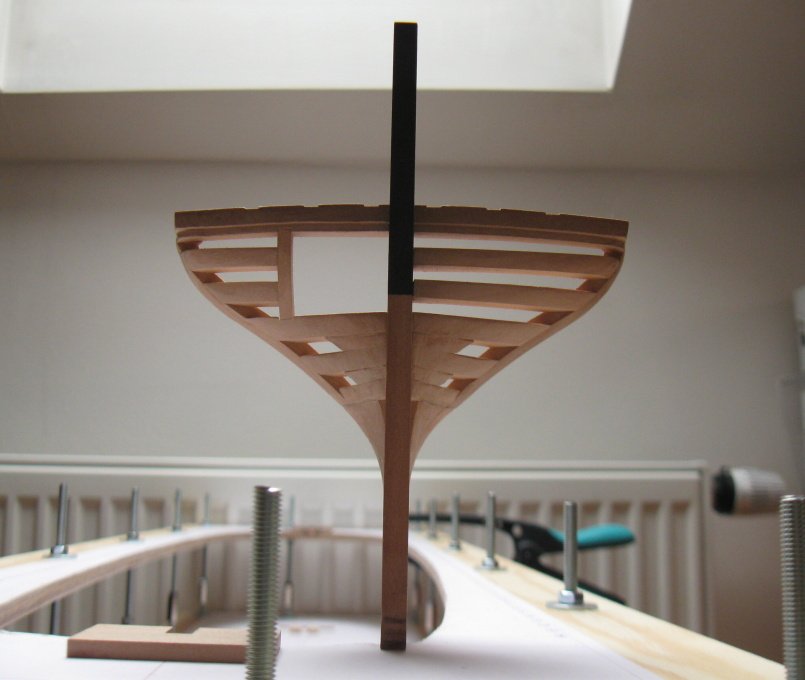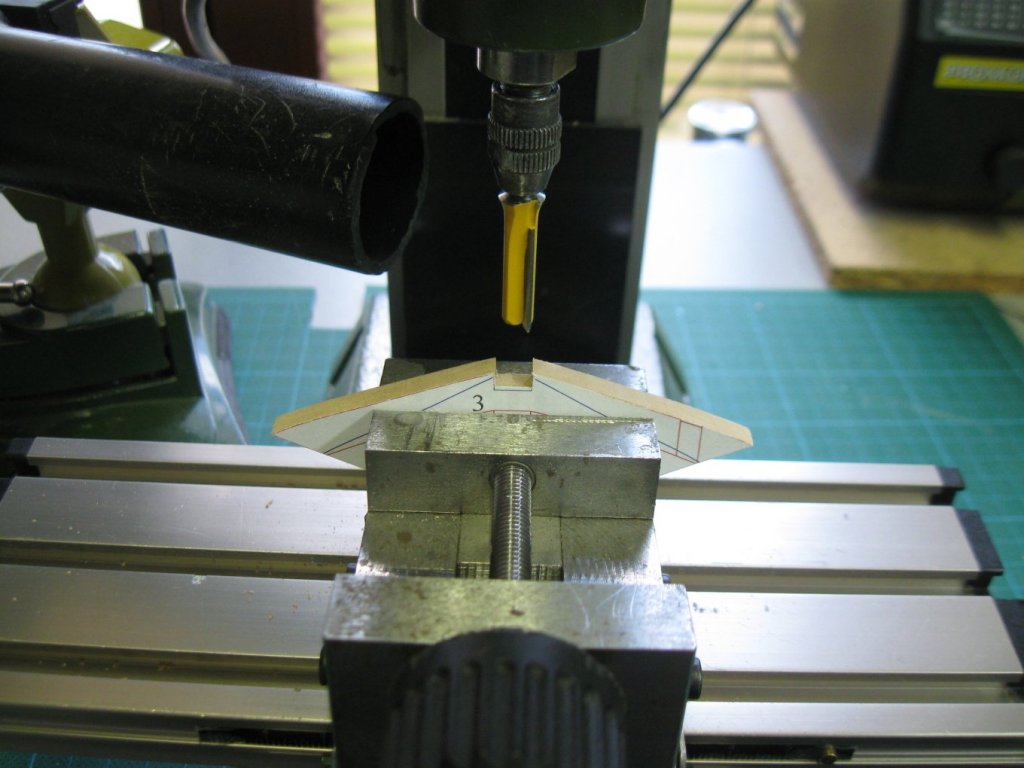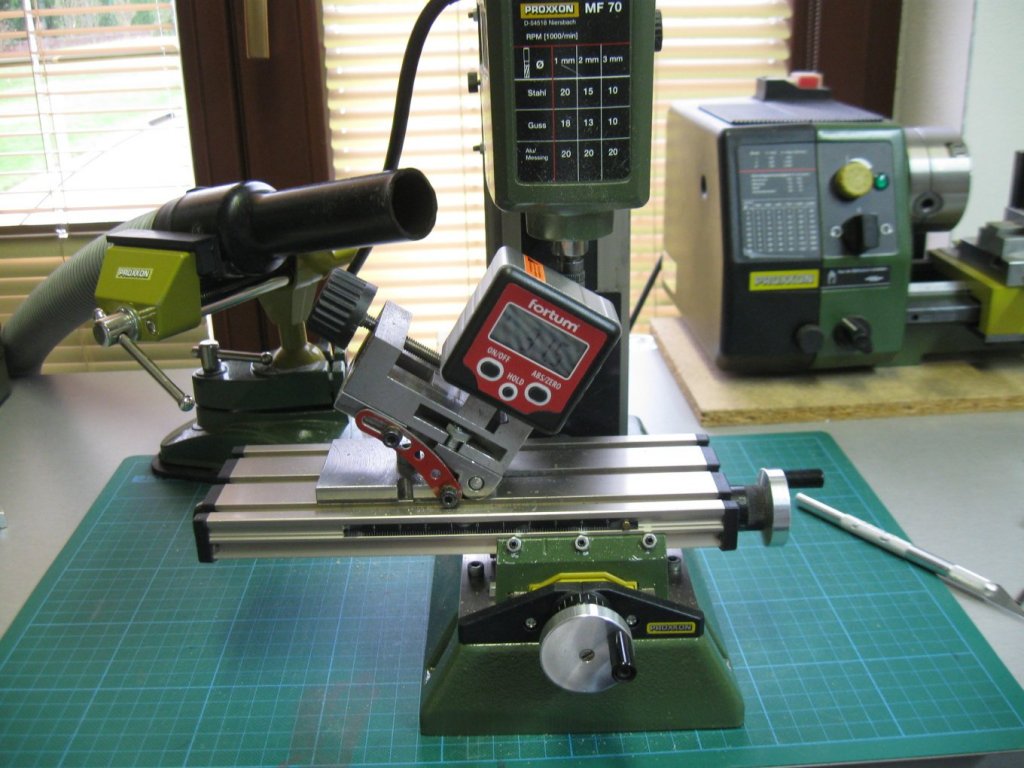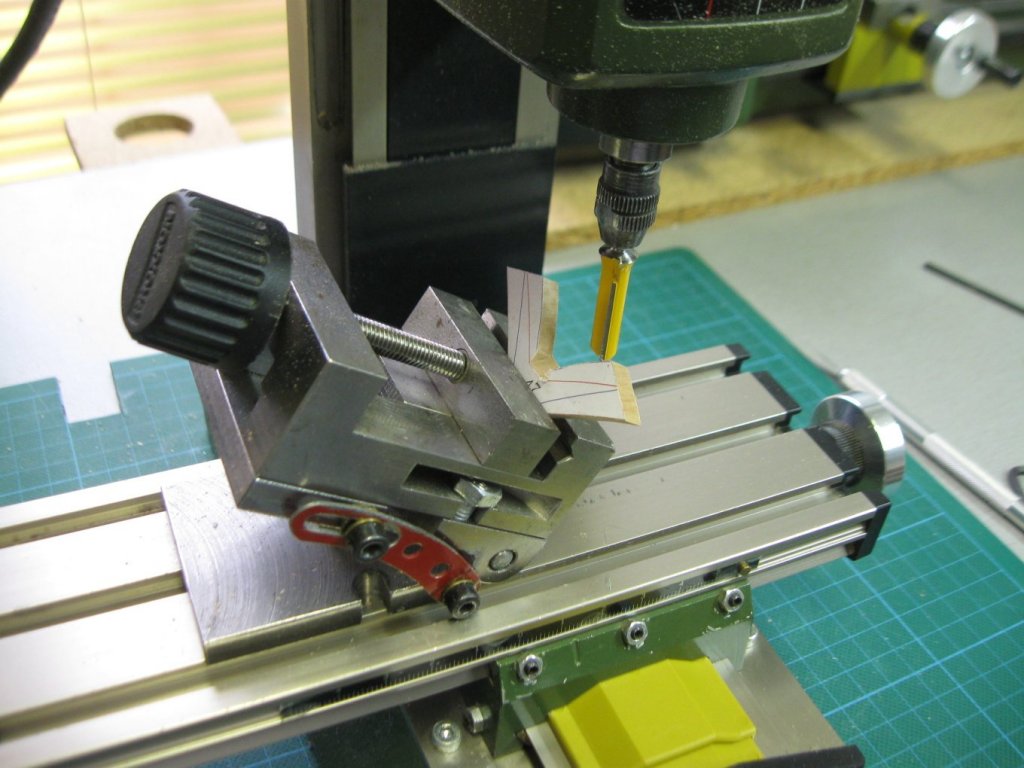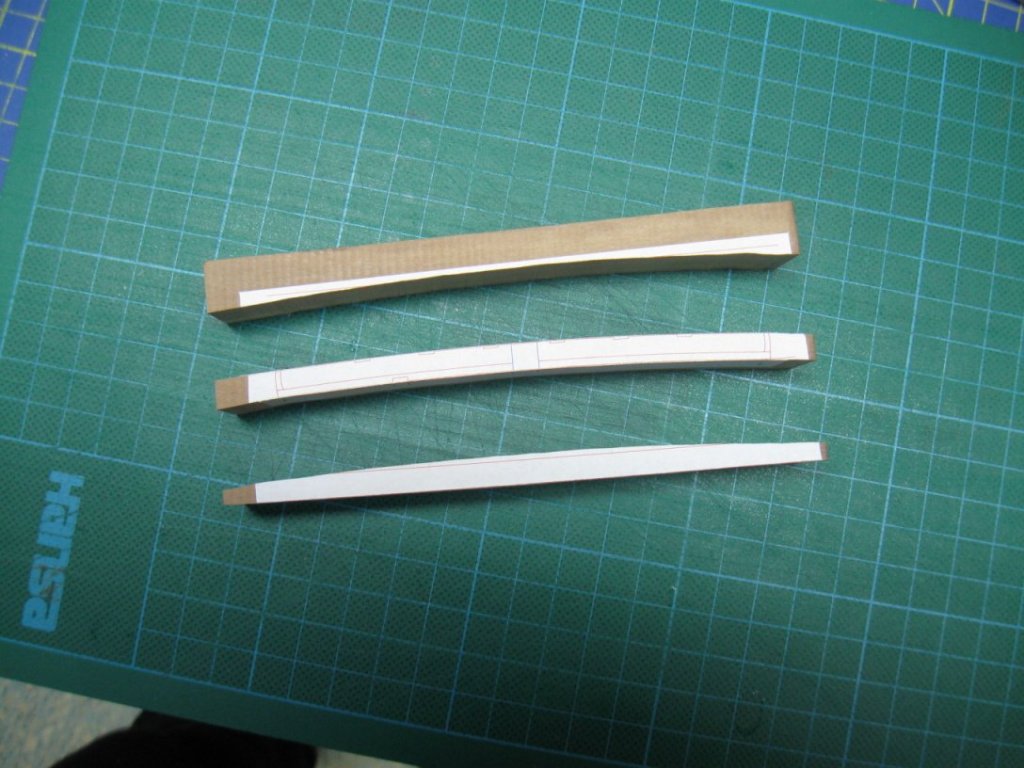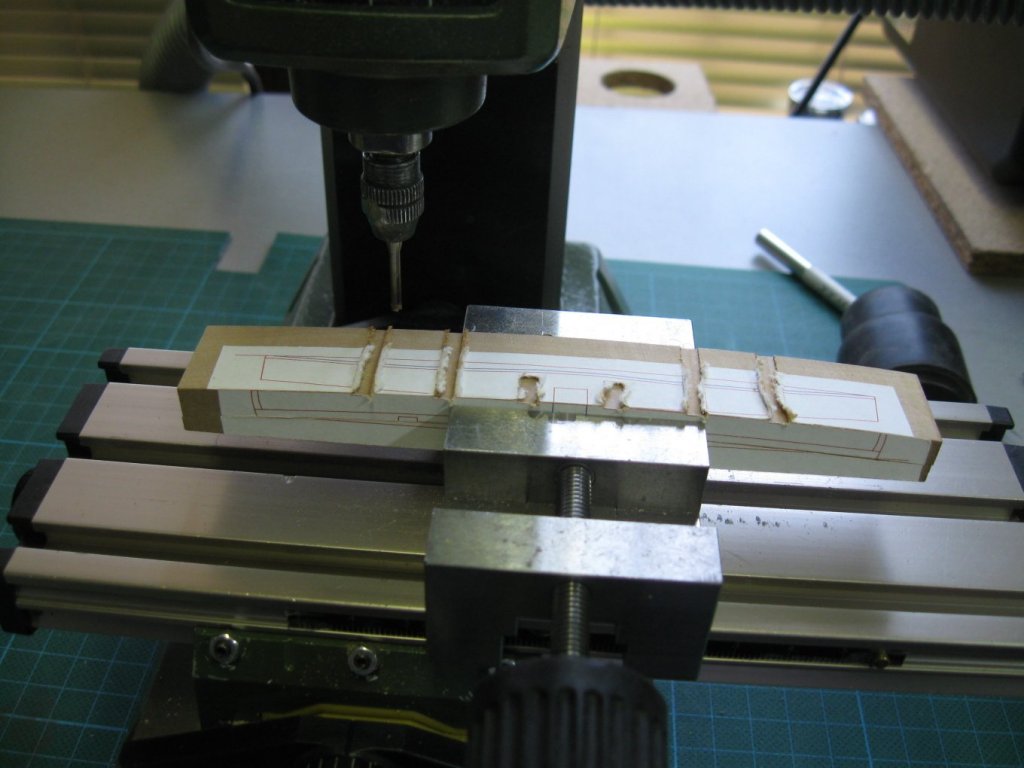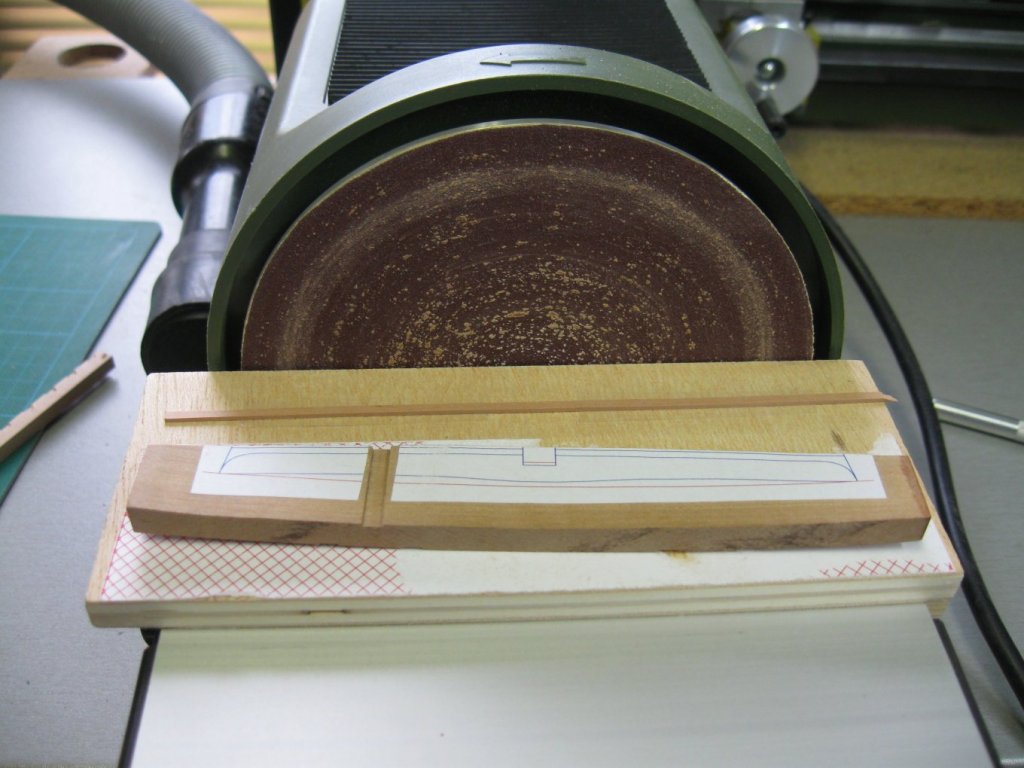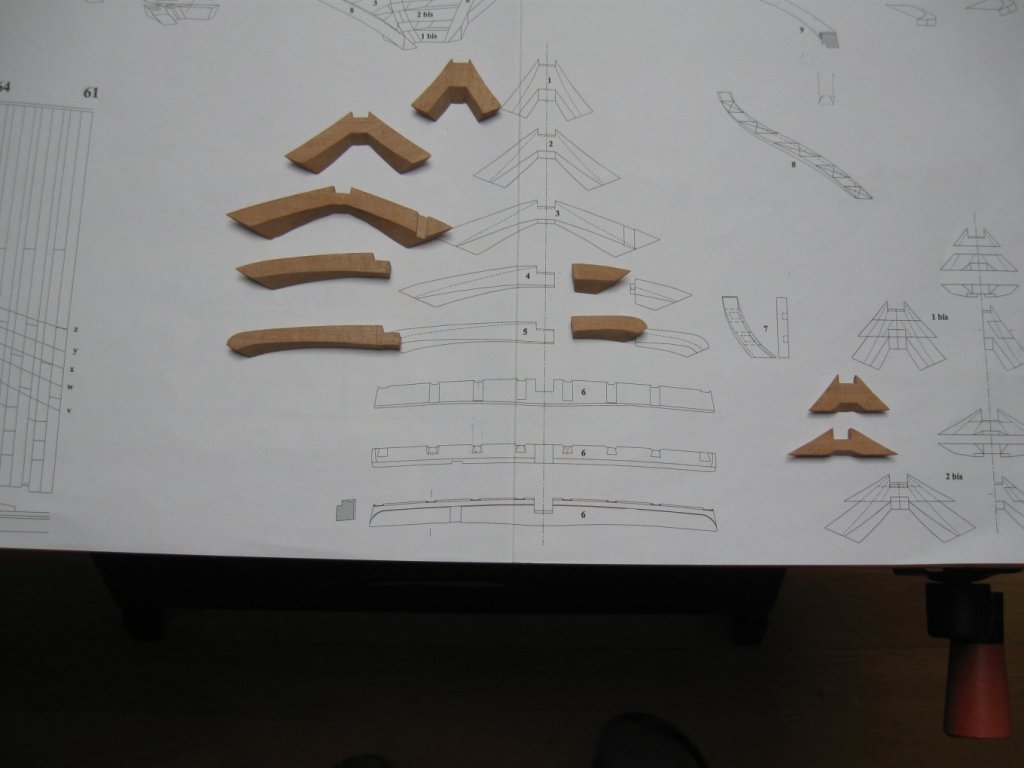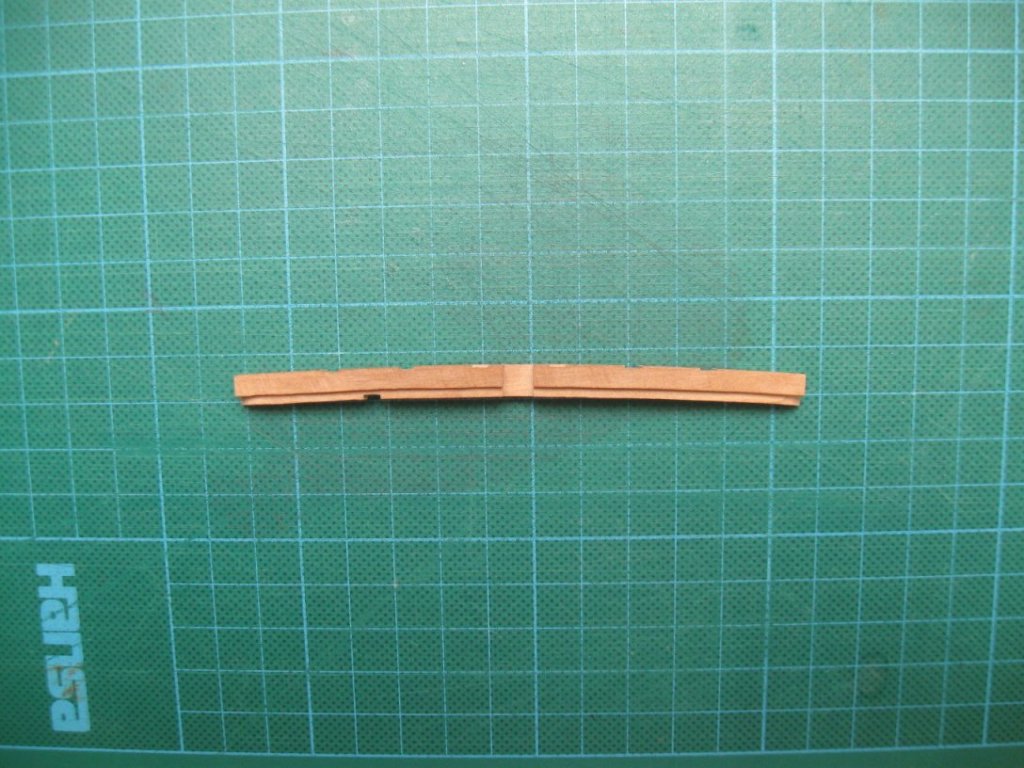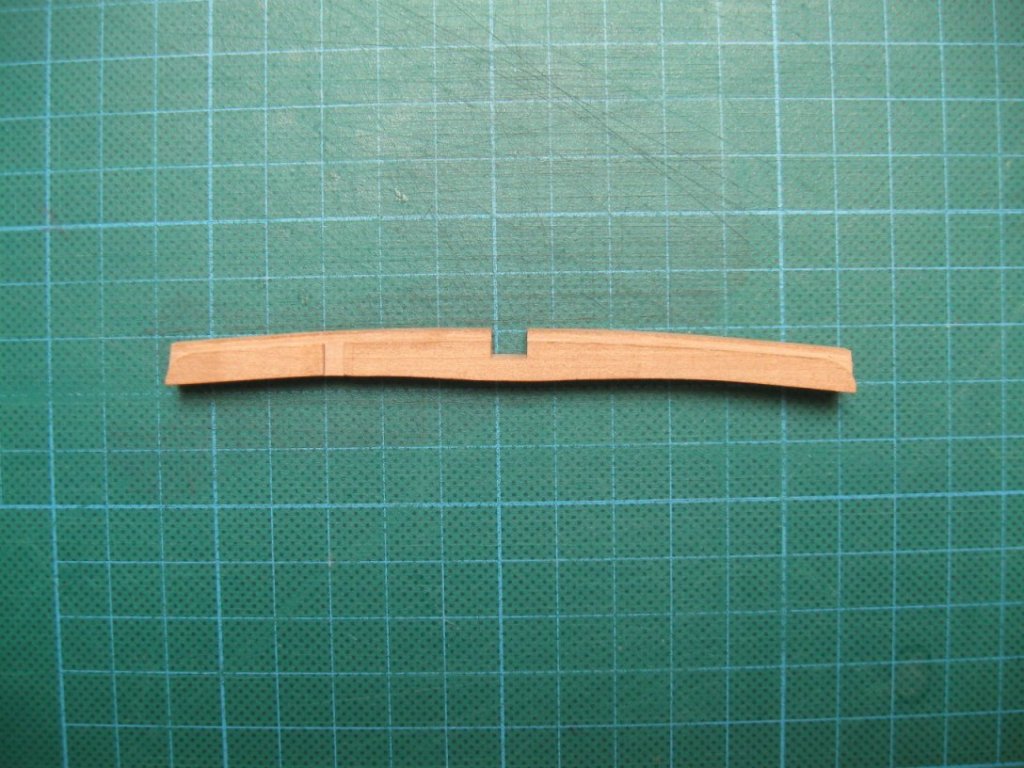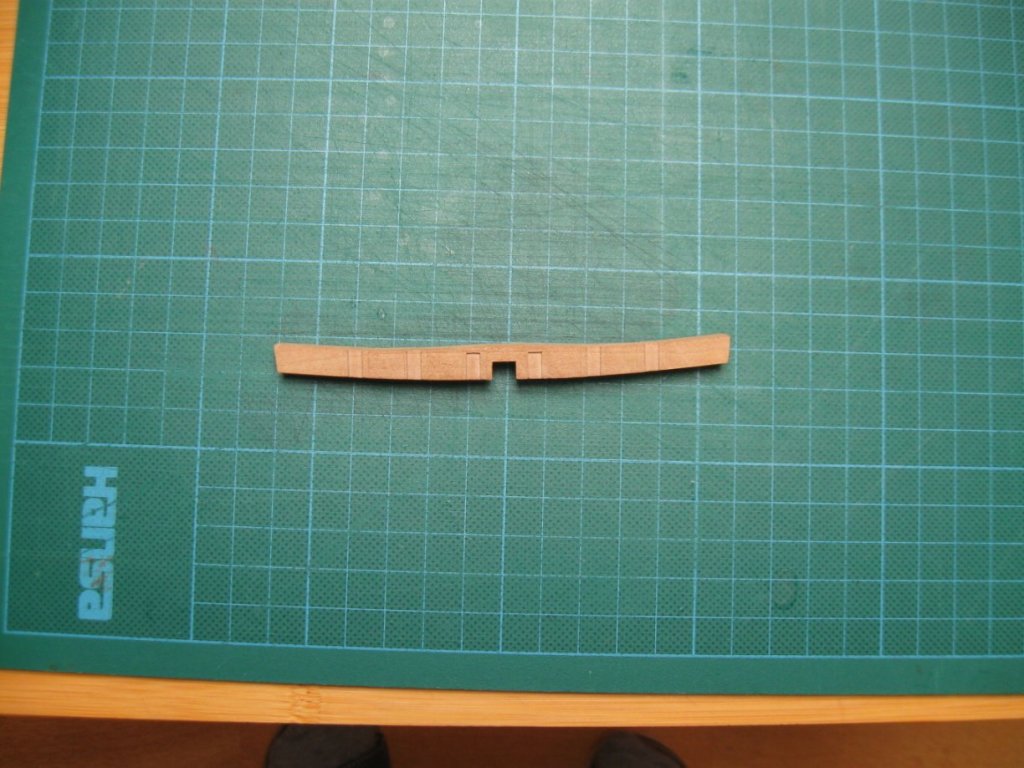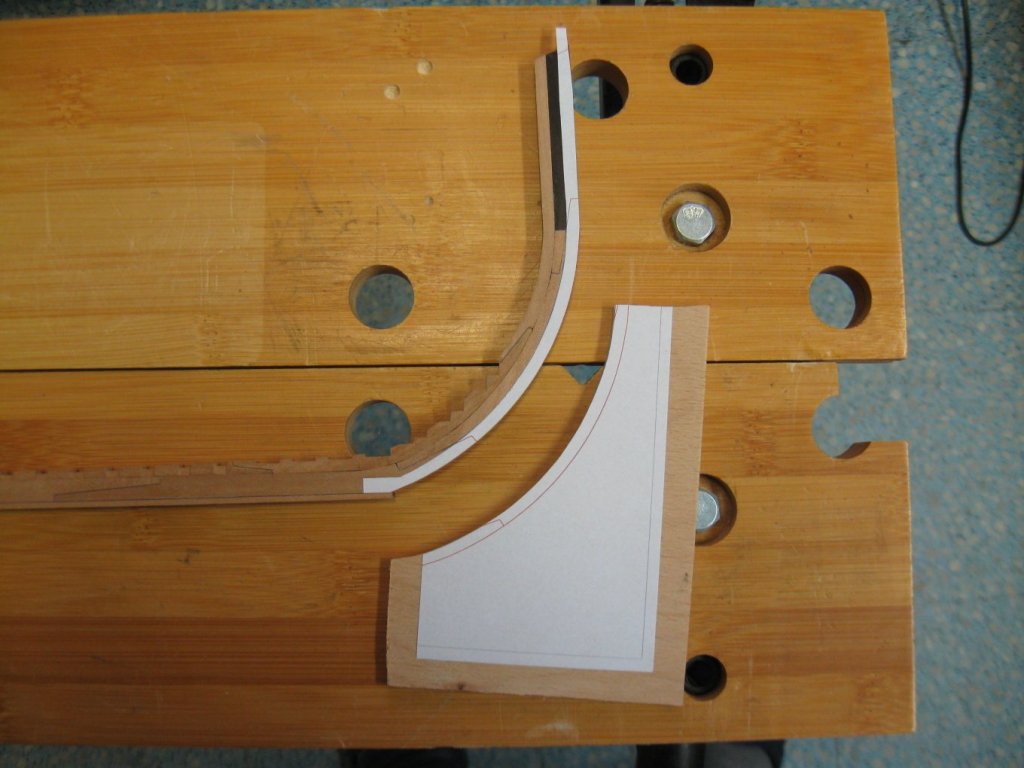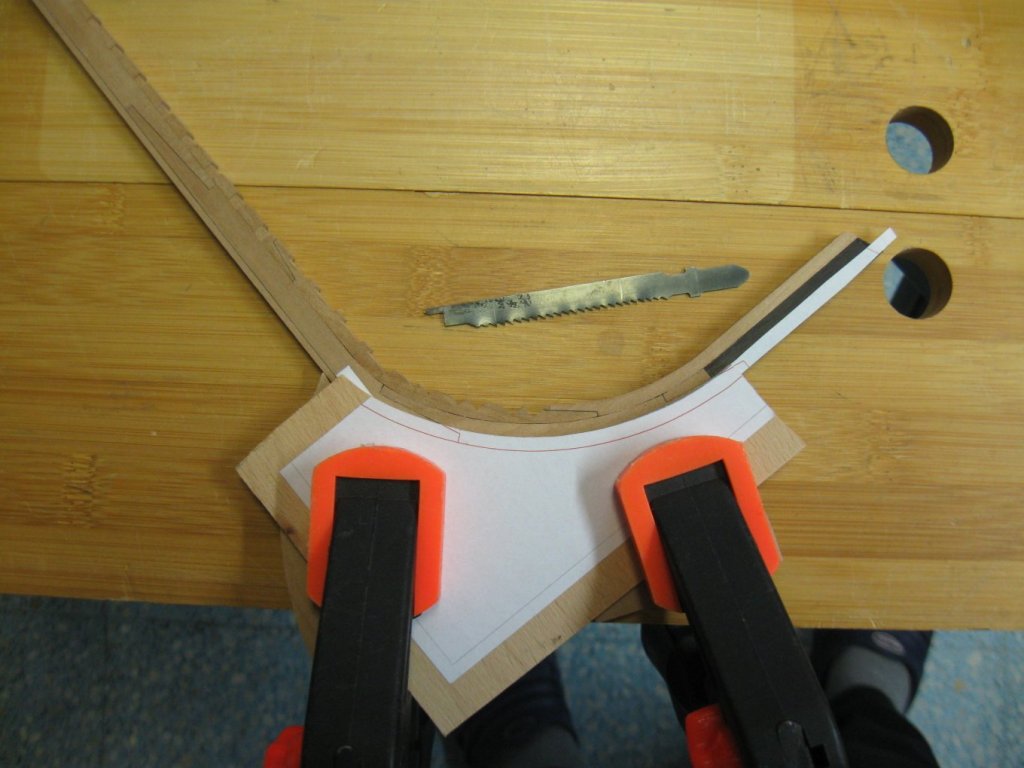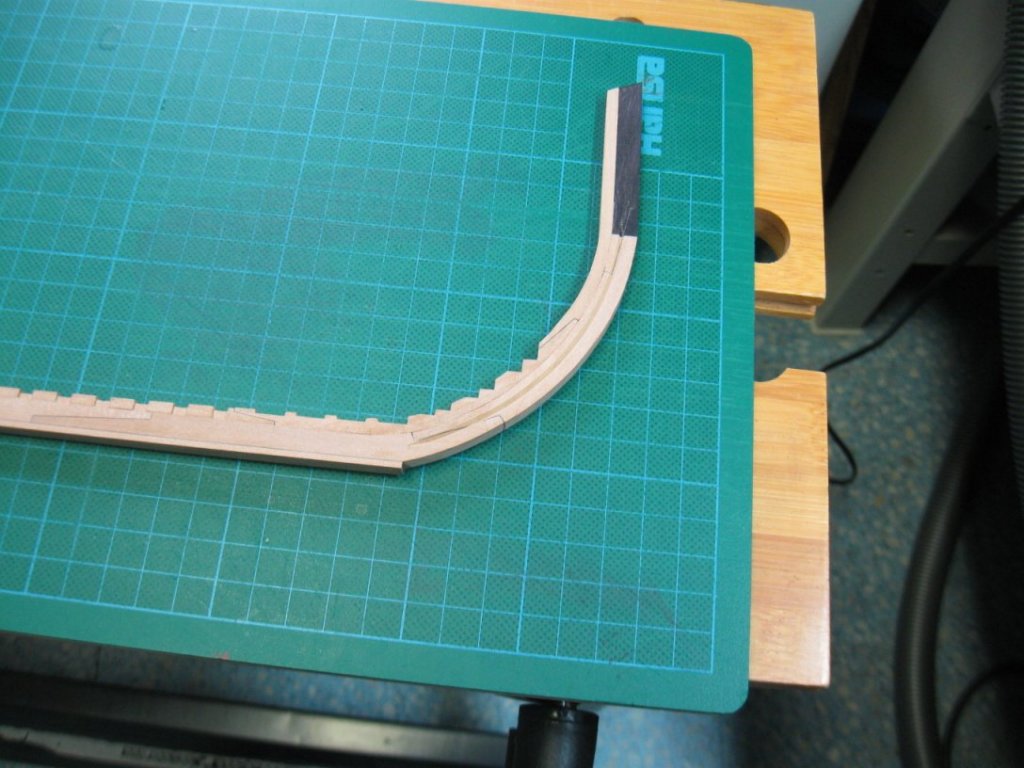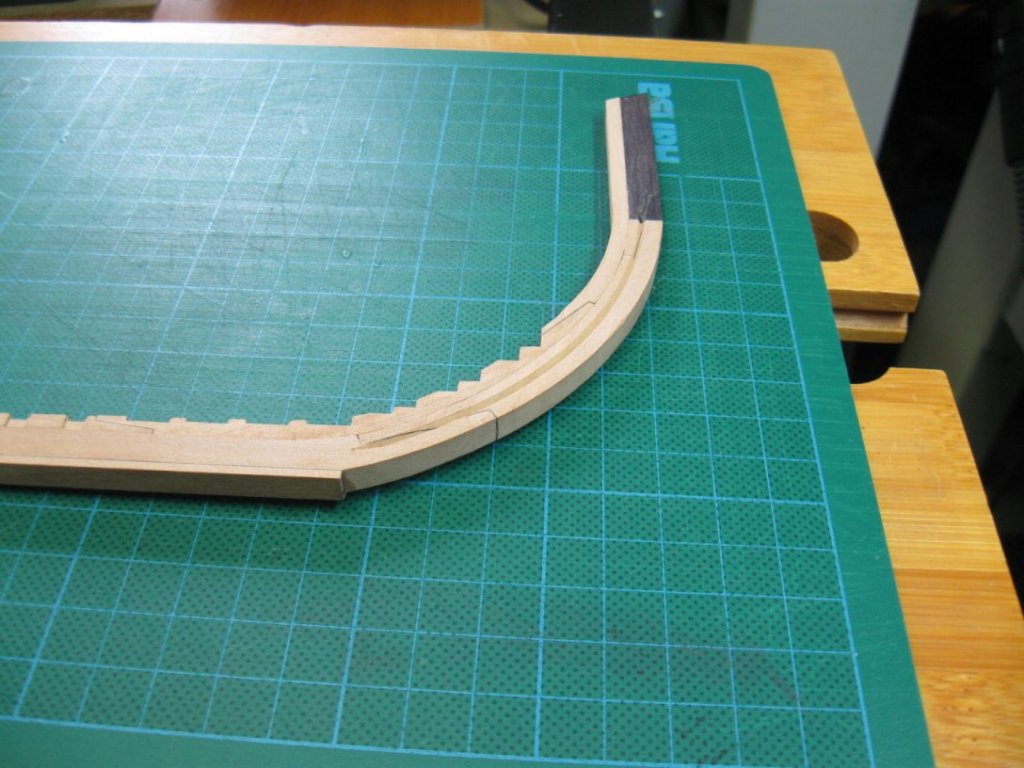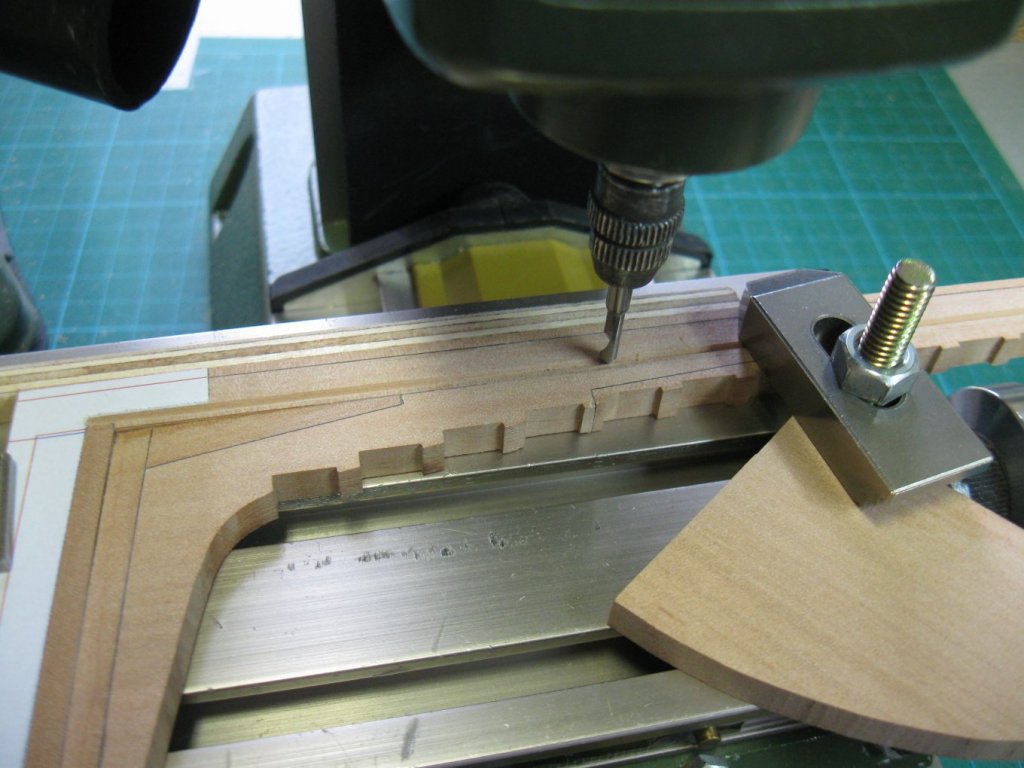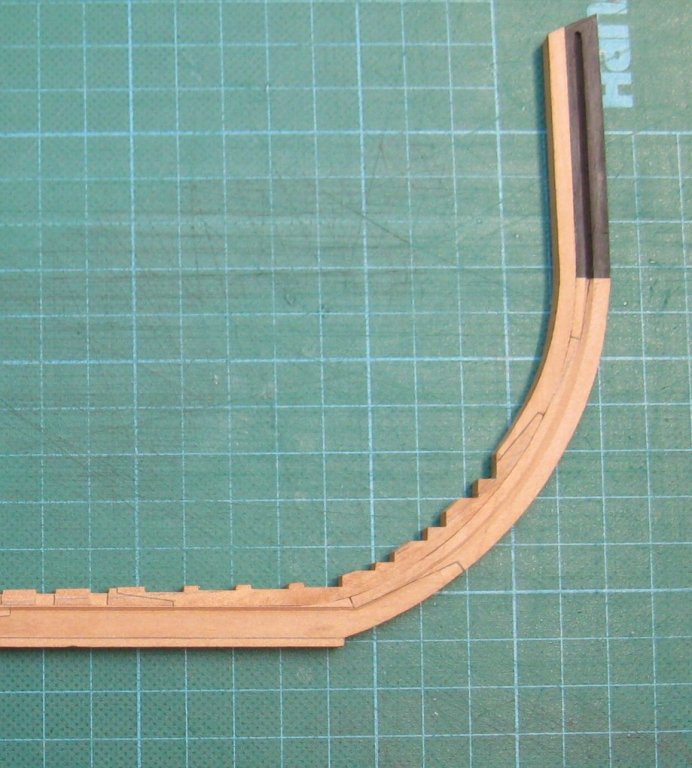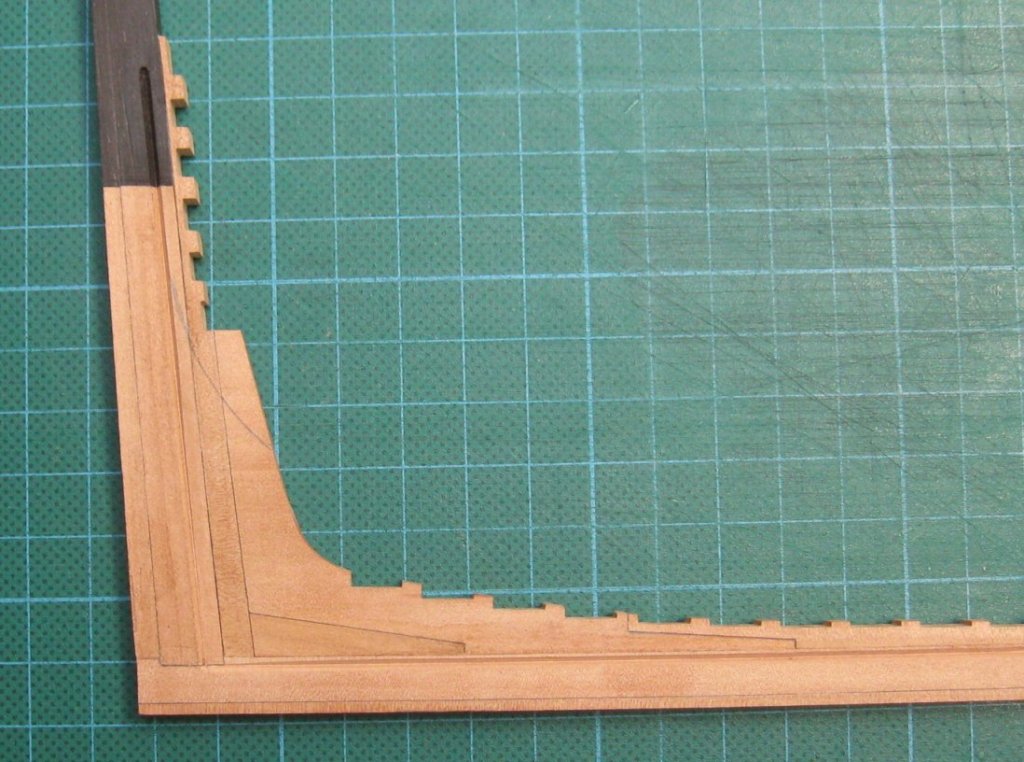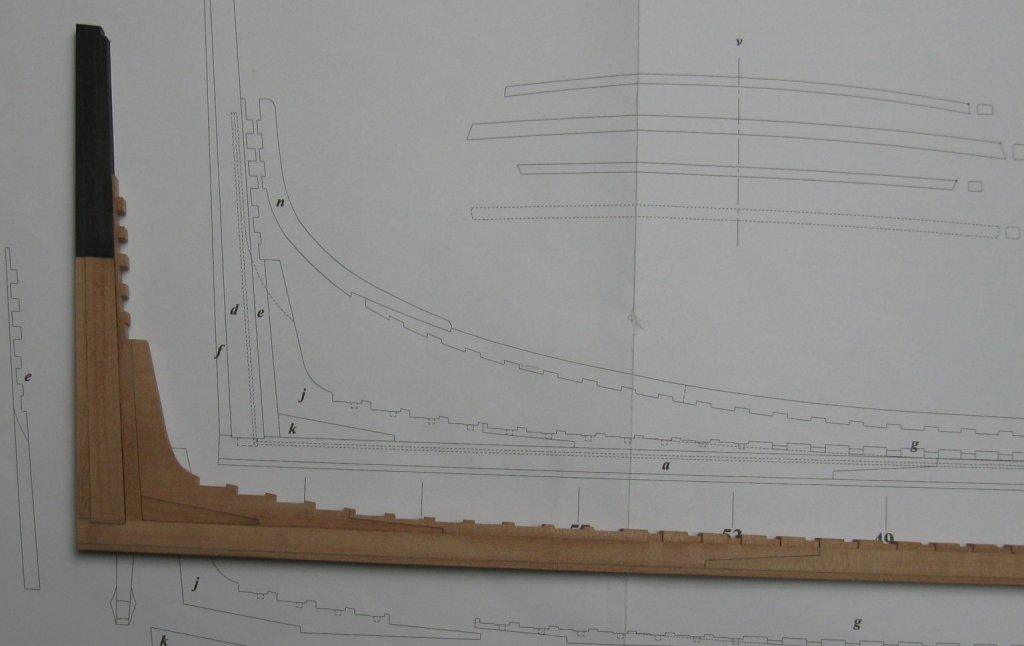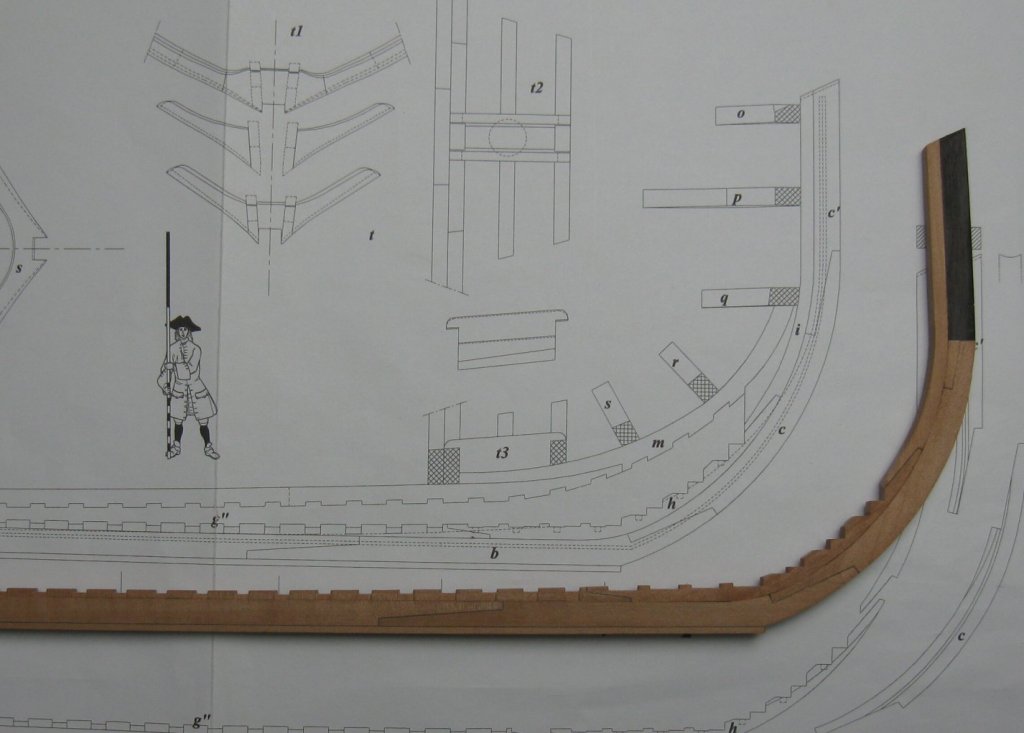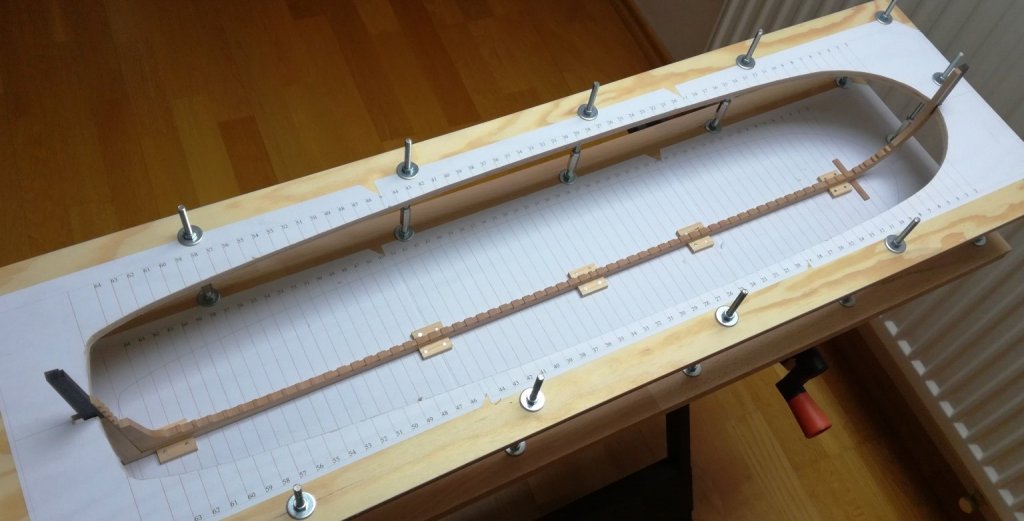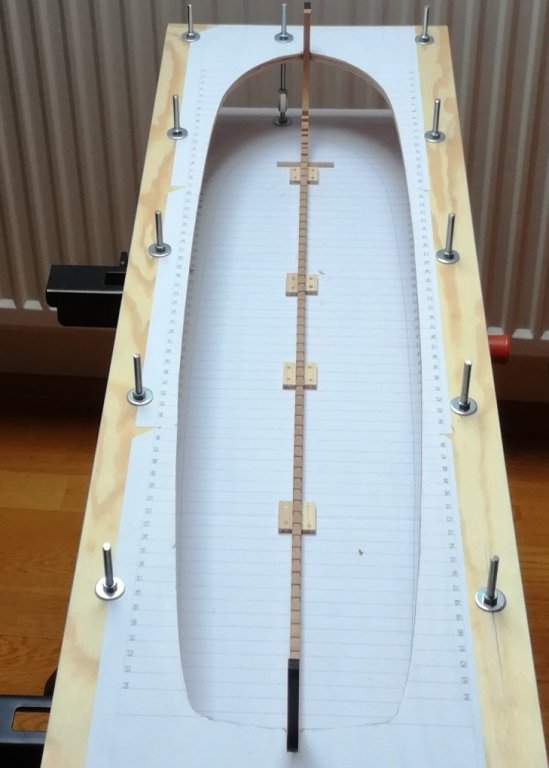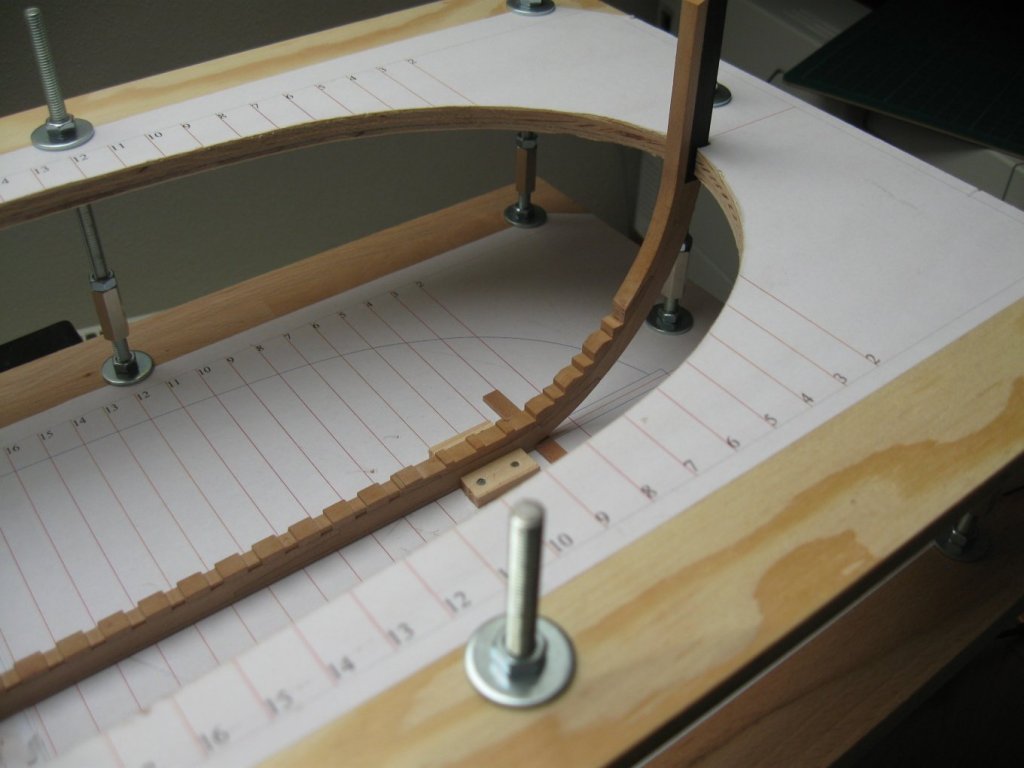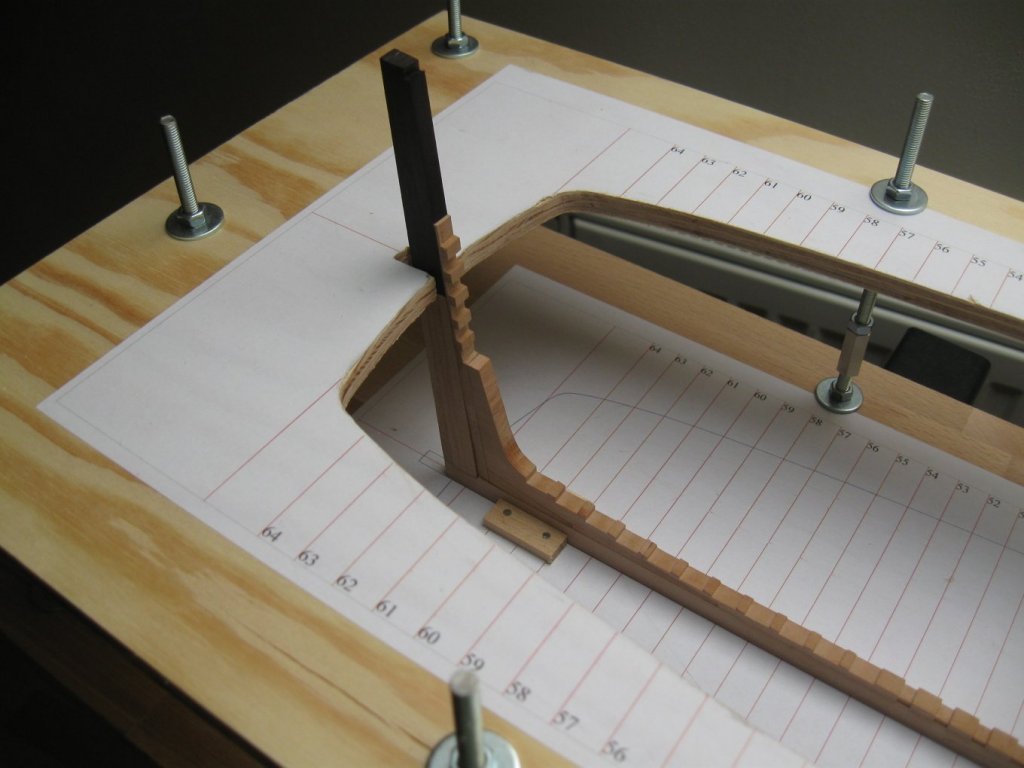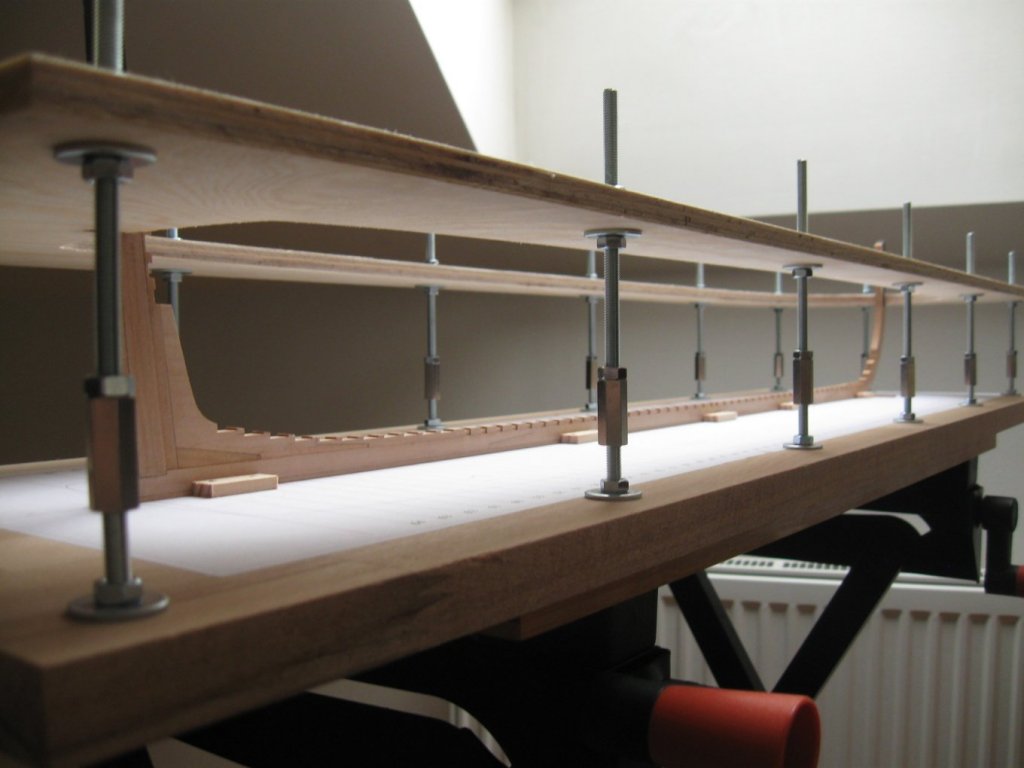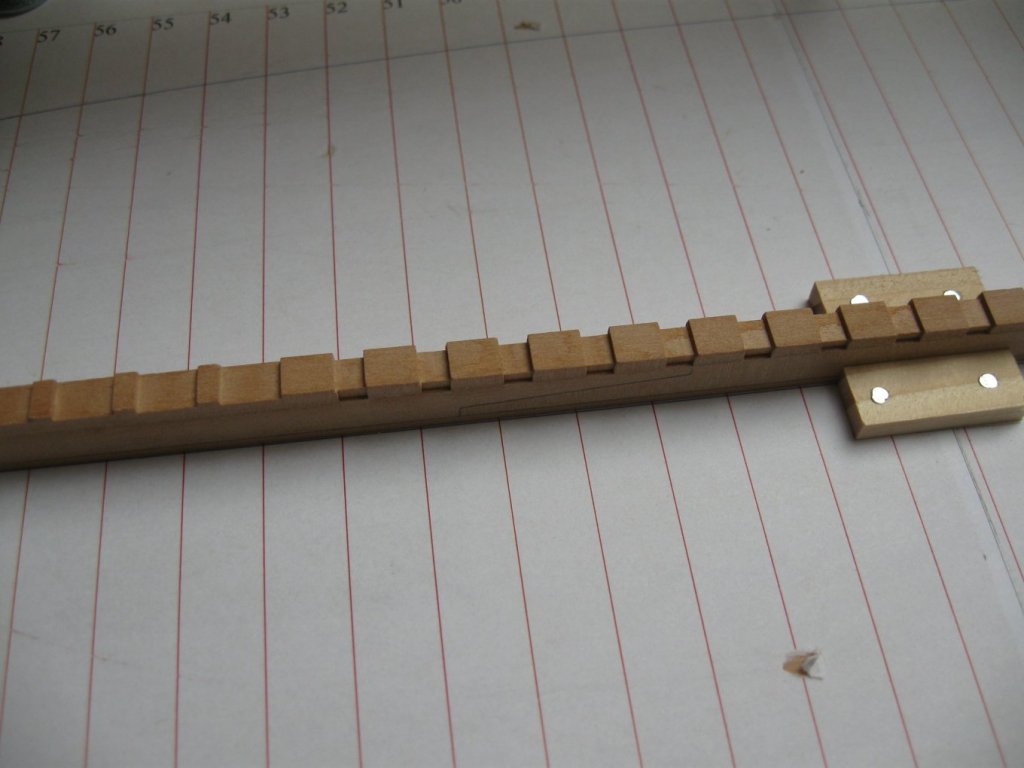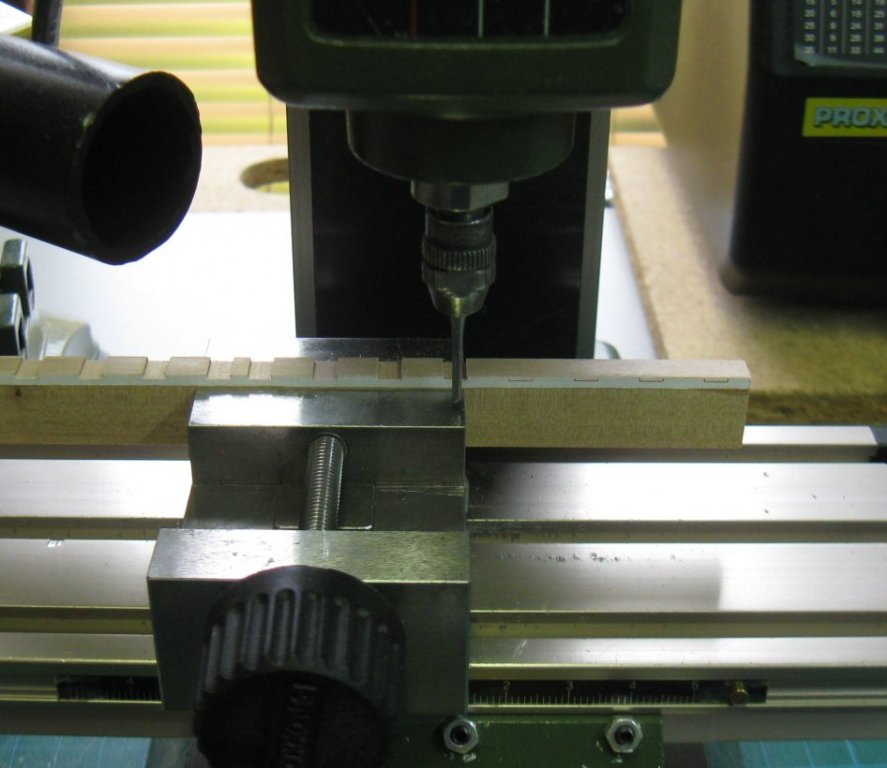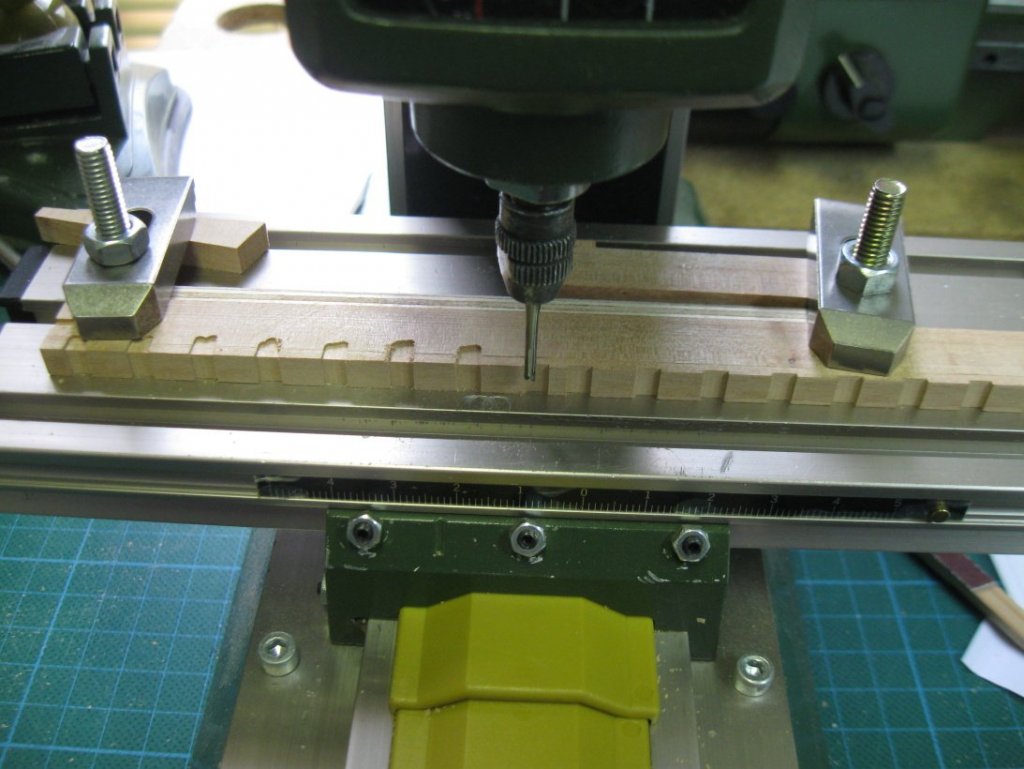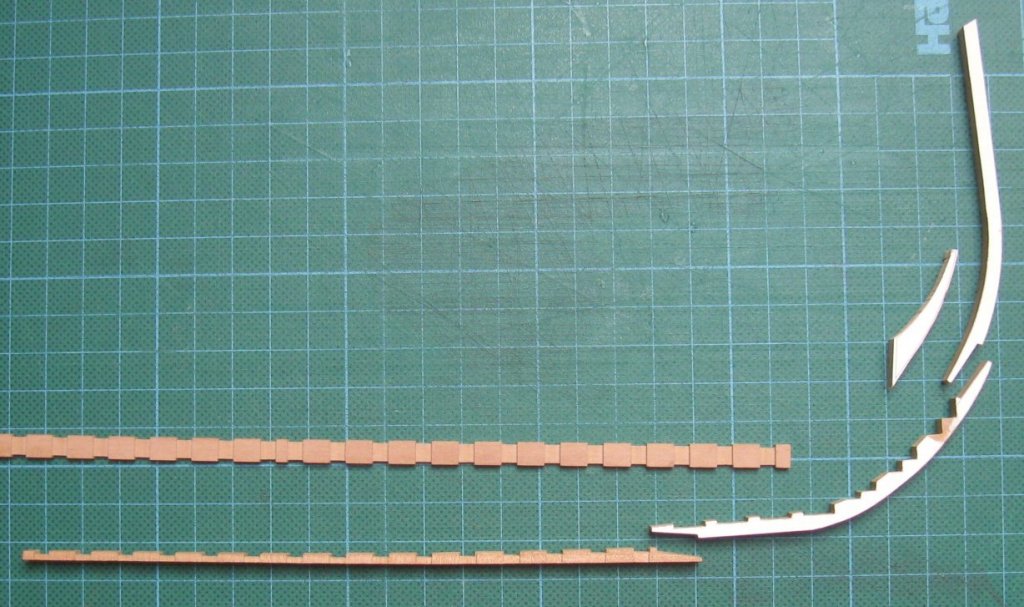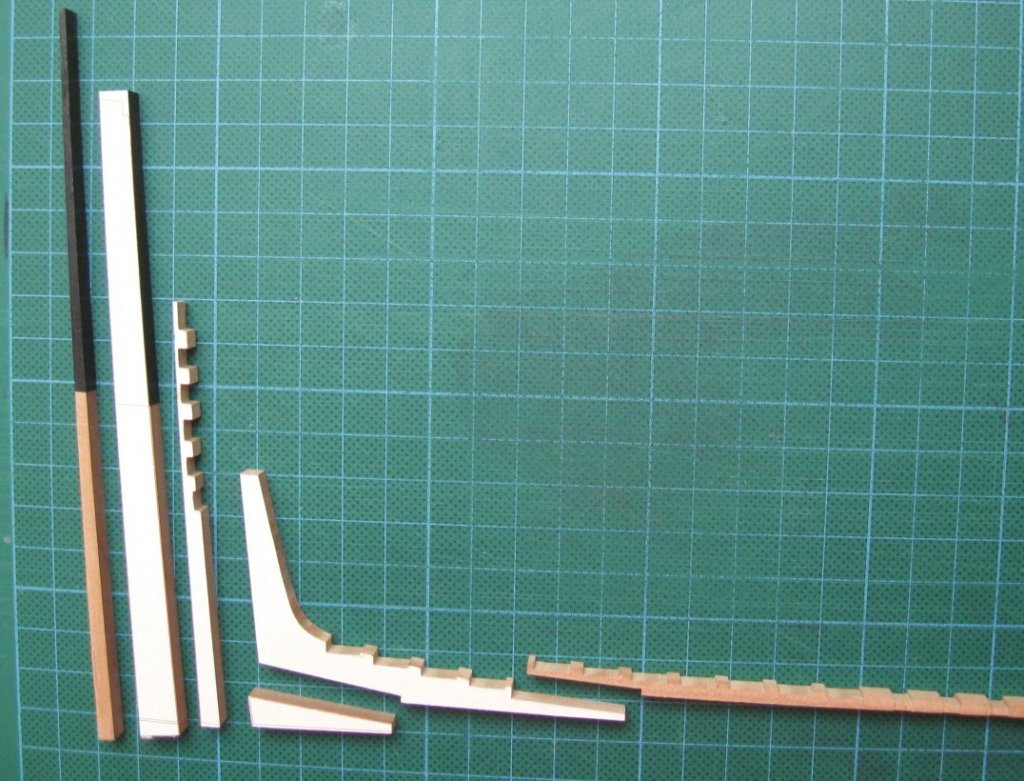
marsalv
NRG Member-
Posts
613 -
Joined
-
Last visited
Content Type
Profiles
Forums
Gallery
Events
Everything posted by marsalv
-
Thank you guys, your words pleased me😉. The ceiling is finally done. I will continue with riders and mast steps.
- 589 replies
-
- le gros ventre
- cargo
-
(and 1 more)
Tagged with:
-
- 589 replies
-
- le gros ventre
- cargo
-
(and 1 more)
Tagged with:
-
Thank you guys for the kind words😉. Rest of filling frames is added (with the door opening). Because I managed to break one of the counter timbers, I ruther stuck immediately the window battens.
- 589 replies
-
- le gros ventre
- cargo
-
(and 1 more)
Tagged with:
-
Thank you druxey. I am very happy every time I finish a complicated piece. But then comes another one, no less complicated. And so on. For example next pieces - outer counter timbers.
- 589 replies
-
- le gros ventre
- cargo
-
(and 1 more)
Tagged with:
-
- 589 replies
-
- le gros ventre
- cargo
-
(and 1 more)
Tagged with:
-
- 589 replies
-
- le gros ventre
- cargo
-
(and 1 more)
Tagged with:
-
I made a small but rather complicated part - part 10 from the plate 8, an extension of the building bord for installation of counter timbers.
- 589 replies
-
- le gros ventre
- cargo
-
(and 1 more)
Tagged with:
-
Hi Dowmer, deck clamps are made from pear wood. I use the old bender (first picture) for wood bending. Not the shaped end, but the heating tube to which I place a water-soaked cloth. Steam from the water heats the wood and makes the bending easier. The deck clamps are attached to the hull. Now I am going to finish the stern.
- 589 replies
-
- le gros ventre
- cargo
-
(and 1 more)
Tagged with:
-
- 589 replies
-
- le gros ventre
- cargo
-
(and 1 more)
Tagged with:
-
- 589 replies
-
- le gros ventre
- cargo
-
(and 1 more)
Tagged with:
-
- 589 replies
-
- le gros ventre
- cargo
-
(and 1 more)
Tagged with:
-
ancre Le Gros Ventre by ChrisLBren - 1/36
marsalv replied to ChrisLBren's topic in - Build logs for subjects built 1751 - 1800
Hi Chris, nice to see you here with your Le Gros Ventre log. You decided to built the model in the large scale as me, I will watch with pleasure your progress. Vladimir -
Thank you guys. Chris - I will propably build the ship without adding the extra gun ports. So rest of filling keys is added, the groove for bilge water is made, the whole hull is sanded and prepared fot the next task.
- 589 replies
-
- le gros ventre
- cargo
-
(and 1 more)
Tagged with:
-
- 589 replies
-
- le gros ventre
- cargo
-
(and 1 more)
Tagged with:
-
- 589 replies
-
- le gros ventre
- cargo
-
(and 1 more)
Tagged with:
-
Thank you guys😉. I began with bolting of the individual frames, first aft and first front frames are glued now to the keel.
- 589 replies
-
- le gros ventre
- cargo
-
(and 1 more)
Tagged with:
-
To Dirk - I bought this machine from one Czech company - https://cnc.inshop.cz/cnc-frezky-a-routery/mala-modelarska-cnc-frezka-pro-gravirovani-a-ryti. This company is co-owned with one man from German and milling maschines are made in China under inspection people from German. So I hope the quality of production will also be under tight control. Milling speed is in my case cca 15-20 mm/s, time required for one frame production is aprox. 7 minutes (milling maschine makes 10 passes). Beveling was done in two phases, rough sanding was made with help of Proxxon maschines, fine sanding was made manually with sanding paper glued on the wooden sticks. Beveled frames are temporarily situated on the keel.
- 589 replies
-
- le gros ventre
- cargo
-
(and 1 more)
Tagged with:
-
I bought a "good helper" for producing of the frames. I have lost more than three months because I have found an untrustworthy supplier and I have had to look for another one but I am still satisfied with the result. The frames are ready for the beveling.
- 589 replies
-
- le gros ventre
- cargo
-
(and 1 more)
Tagged with:
-
Preparation of parts for frame production - it was necessary to cut approximately 700 pcs of individual parts.
- 589 replies
-
- le gros ventre
- cargo
-
(and 1 more)
Tagged with:
-
Thanks for comments😉. Hawse timbers and cant frames - The construction of these parts is more complicated because the individual frames are not glued directly to each other but have a small gap between them. Only the second attempt was successful.
- 589 replies
-
- le gros ventre
- cargo
-
(and 1 more)
Tagged with:
-
Thank you guys.4 After several unsuccessful attempts is stern completed. The lower filling parts I had to make four times😡.
- 589 replies
-
- le gros ventre
- cargo
-
(and 1 more)
Tagged with:
-
Thank you Albert😉. I continue with making of stern parts - filling transoms, wing transom, fashion pieces.
- 589 replies
-
- le gros ventre
- cargo
-
(and 1 more)
Tagged with:
-
- 589 replies
-
- le gros ventre
- cargo
-
(and 1 more)
Tagged with:
-
I glued together all the parts of the keel and put the keel into the building board. Now remains to make a rabbet and I will start preparing for the frame construction.
- 589 replies
-
- le gros ventre
- cargo
-
(and 1 more)
Tagged with:
-
So, the remaining parts of the keel are completed. Without a milling machine, this work would be very problematic.
- 589 replies
-
- le gros ventre
- cargo
-
(and 1 more)
Tagged with:
About us
Modelshipworld - Advancing Ship Modeling through Research
SSL Secured
Your security is important for us so this Website is SSL-Secured
NRG Mailing Address
Nautical Research Guild
237 South Lincoln Street
Westmont IL, 60559-1917
Model Ship World ® and the MSW logo are Registered Trademarks, and belong to the Nautical Research Guild (United States Patent and Trademark Office: No. 6,929,264 & No. 6,929,274, registered Dec. 20, 2022)
Helpful Links
About the NRG
If you enjoy building ship models that are historically accurate as well as beautiful, then The Nautical Research Guild (NRG) is just right for you.
The Guild is a non-profit educational organization whose mission is to “Advance Ship Modeling Through Research”. We provide support to our members in their efforts to raise the quality of their model ships.
The Nautical Research Guild has published our world-renowned quarterly magazine, The Nautical Research Journal, since 1955. The pages of the Journal are full of articles by accomplished ship modelers who show you how they create those exquisite details on their models, and by maritime historians who show you the correct details to build. The Journal is available in both print and digital editions. Go to the NRG web site (www.thenrg.org) to download a complimentary digital copy of the Journal. The NRG also publishes plan sets, books and compilations of back issues of the Journal and the former Ships in Scale and Model Ship Builder magazines.

